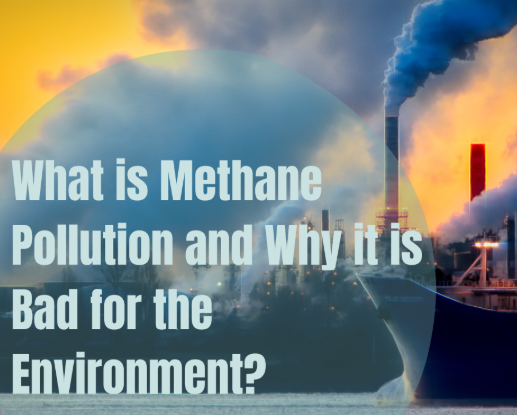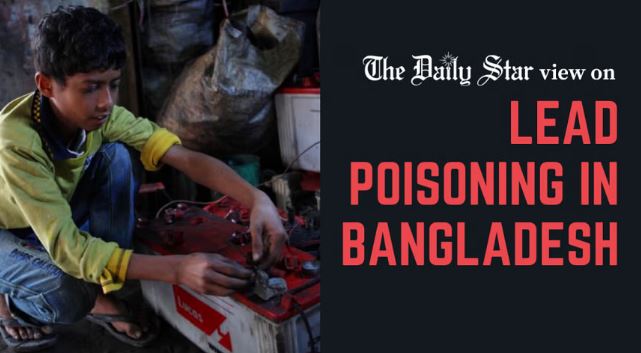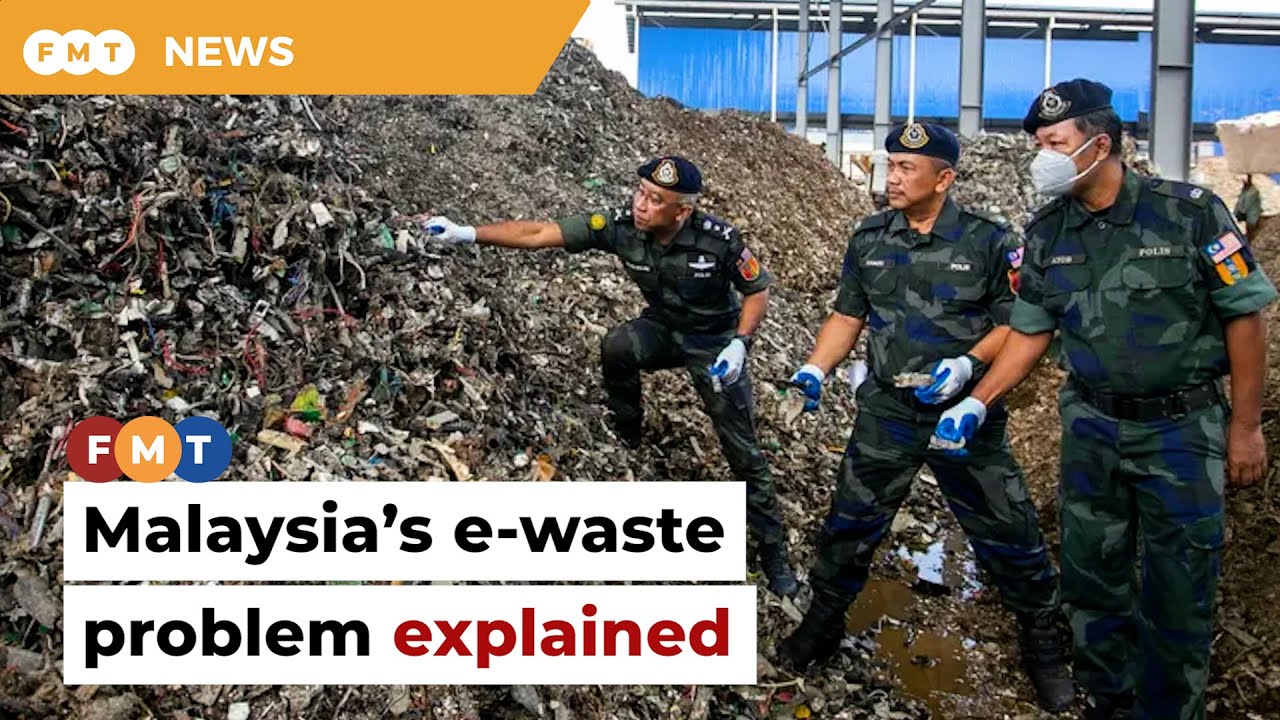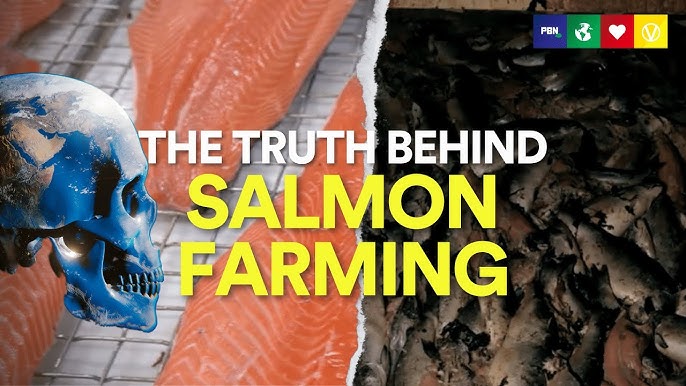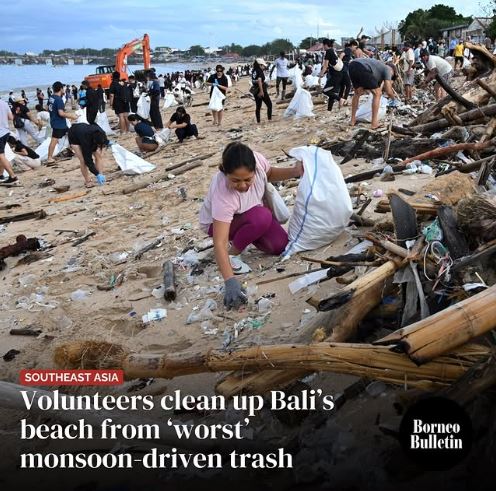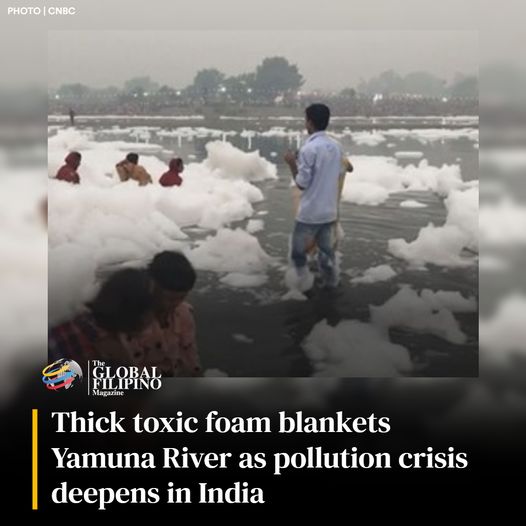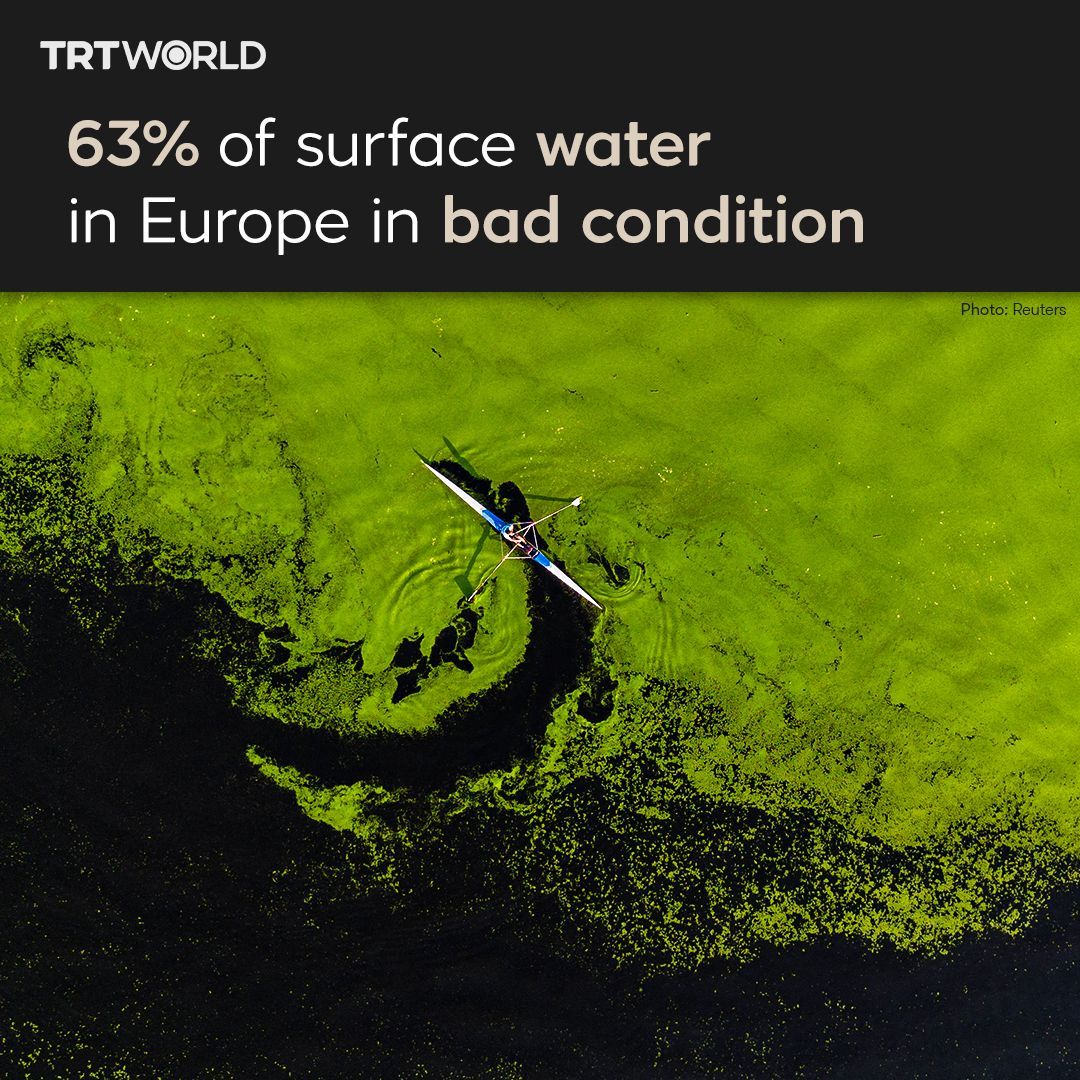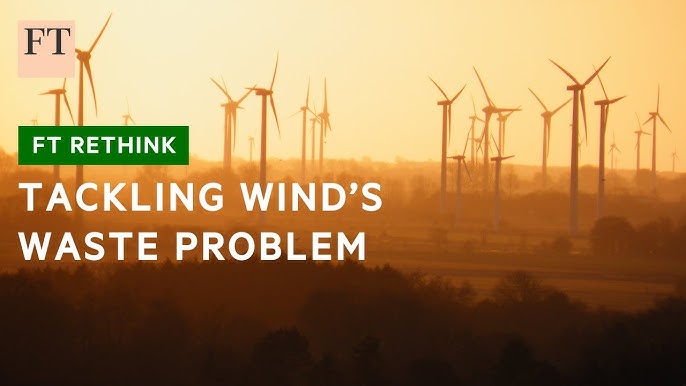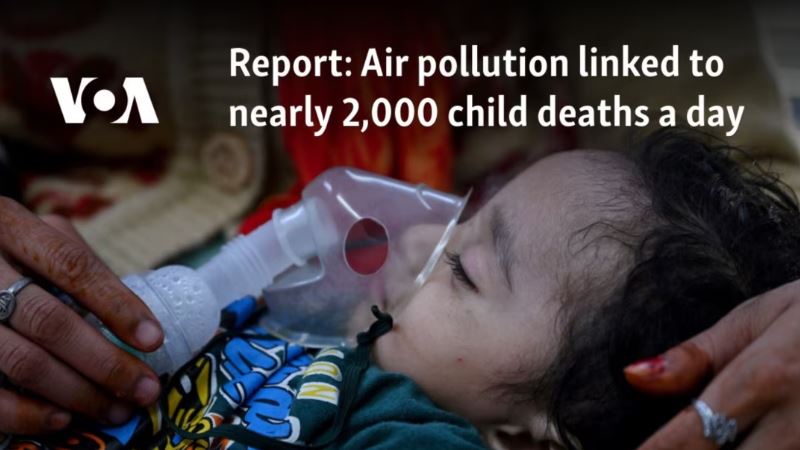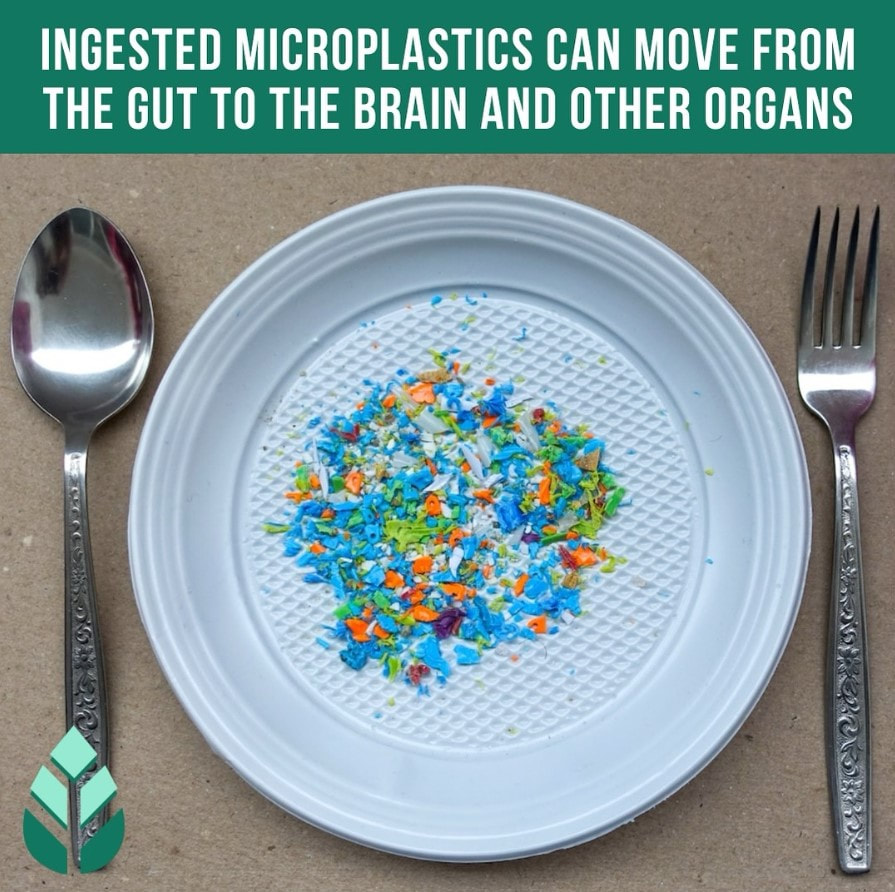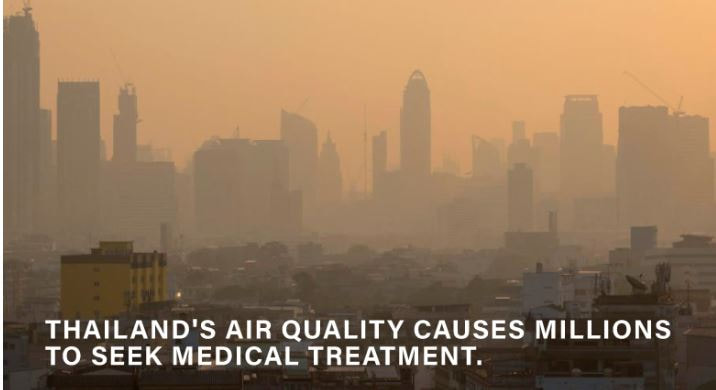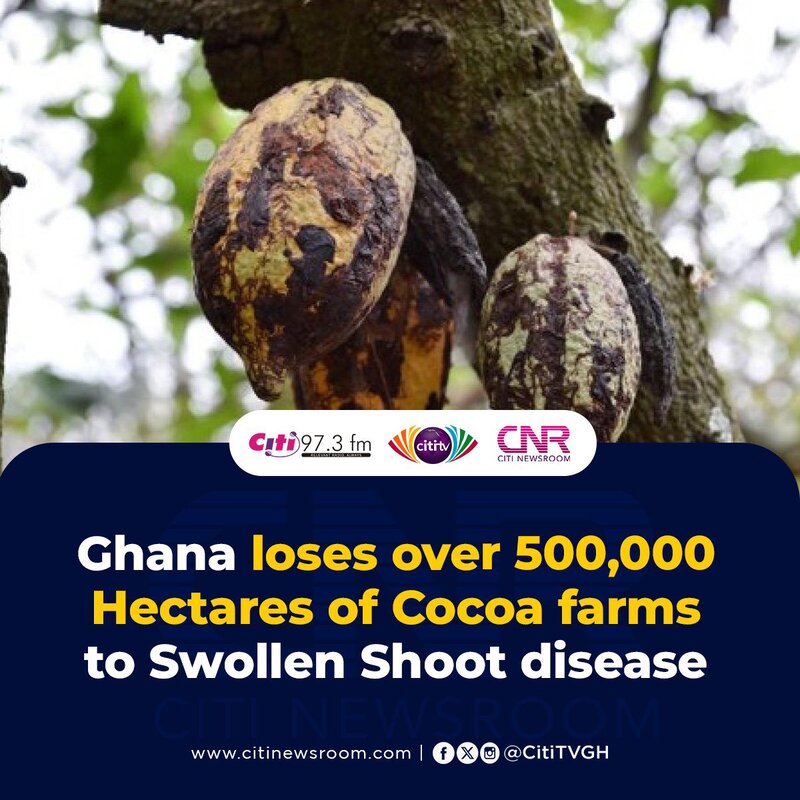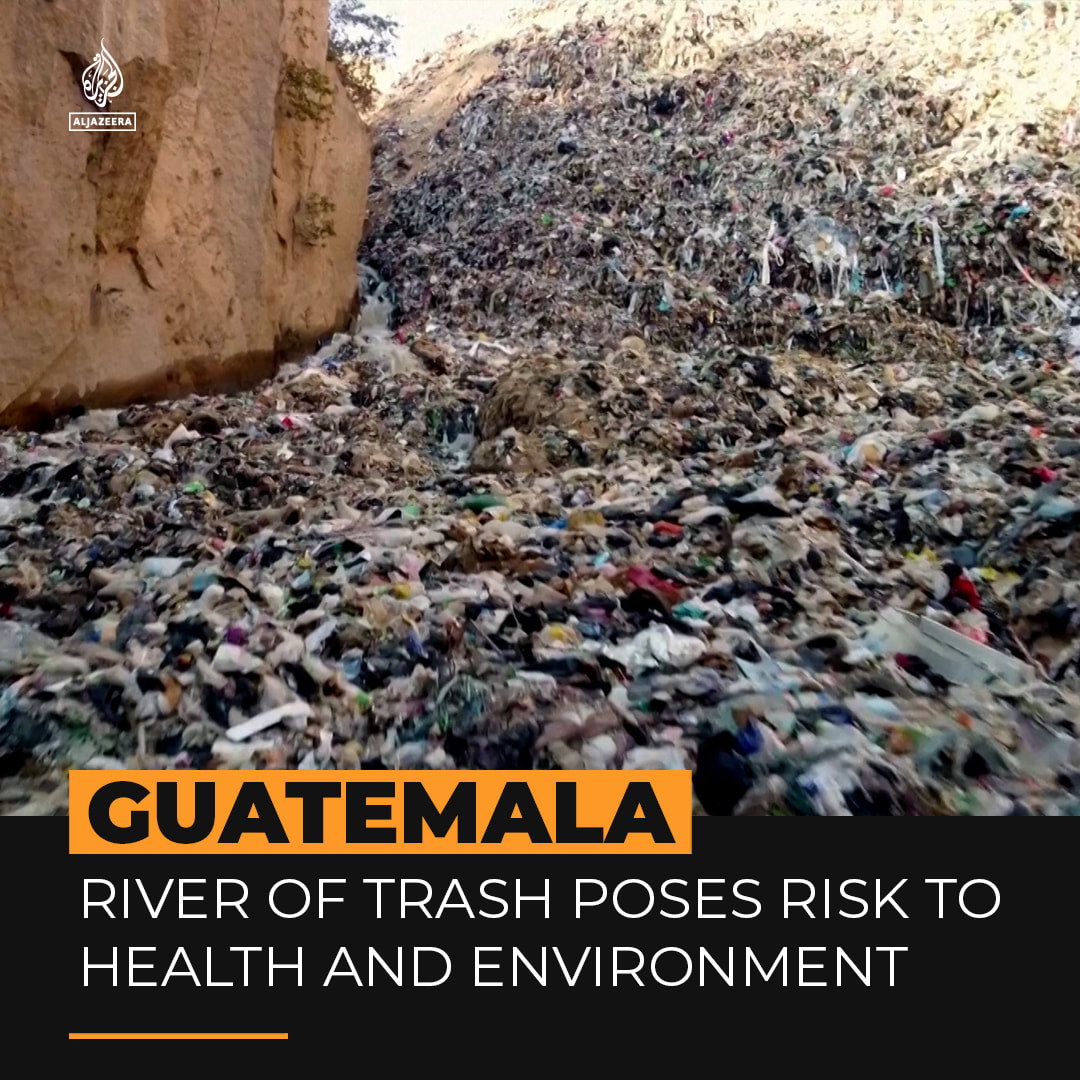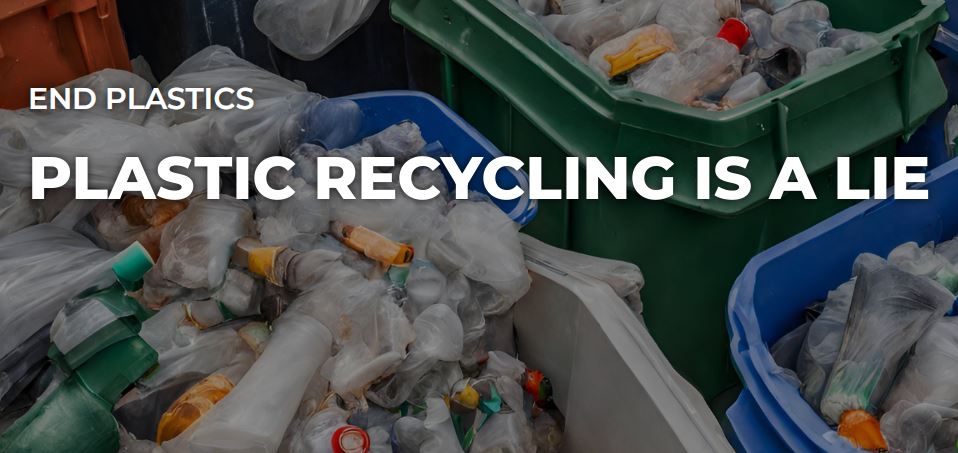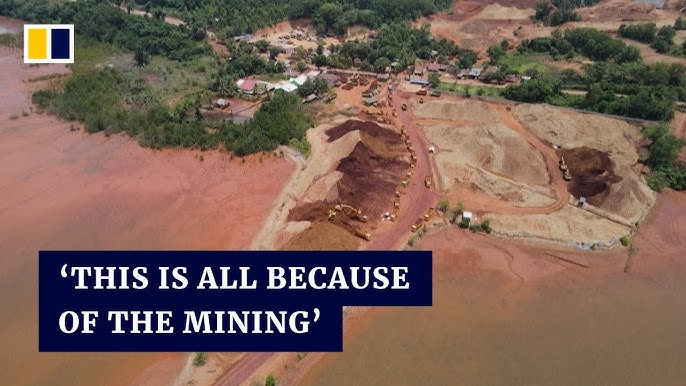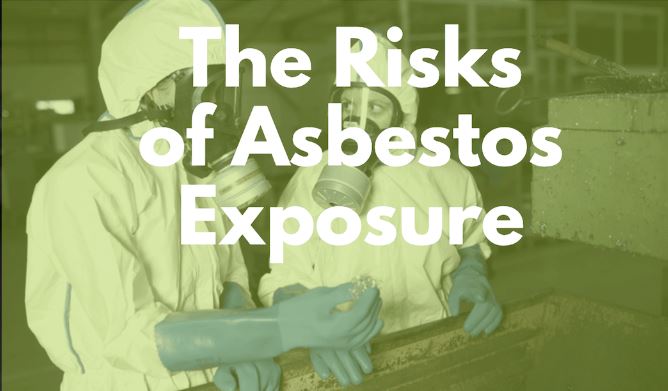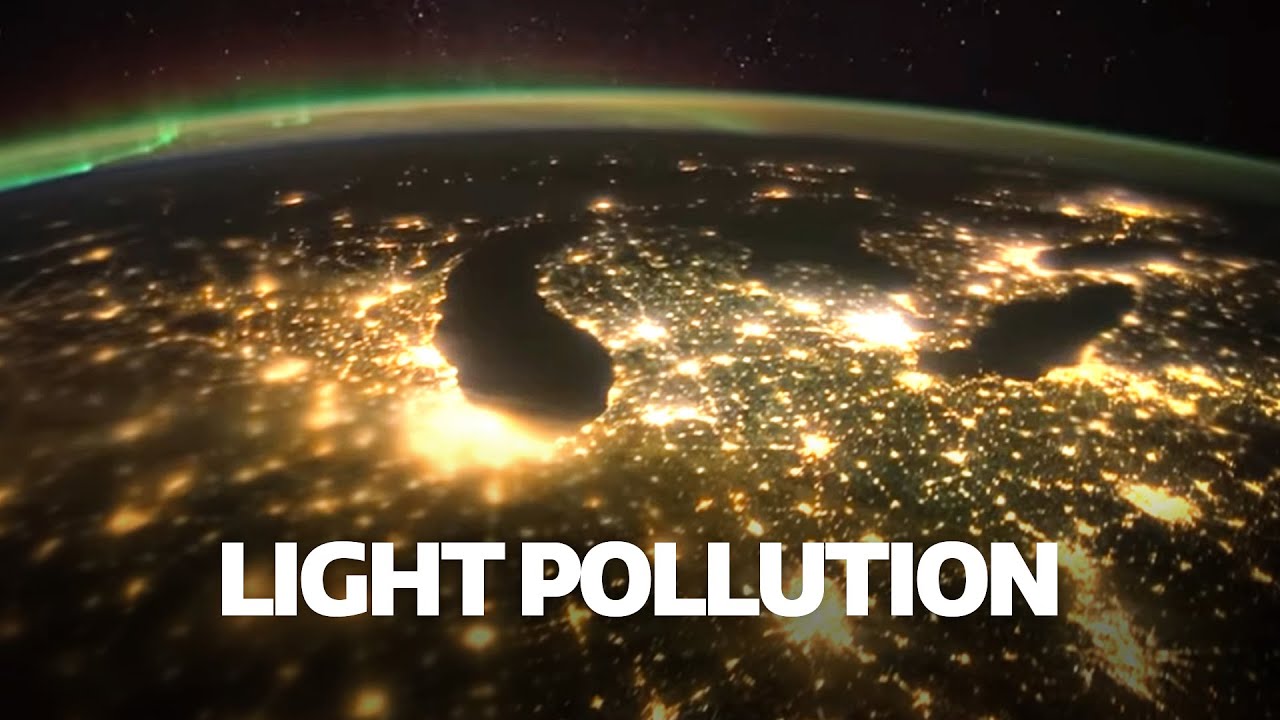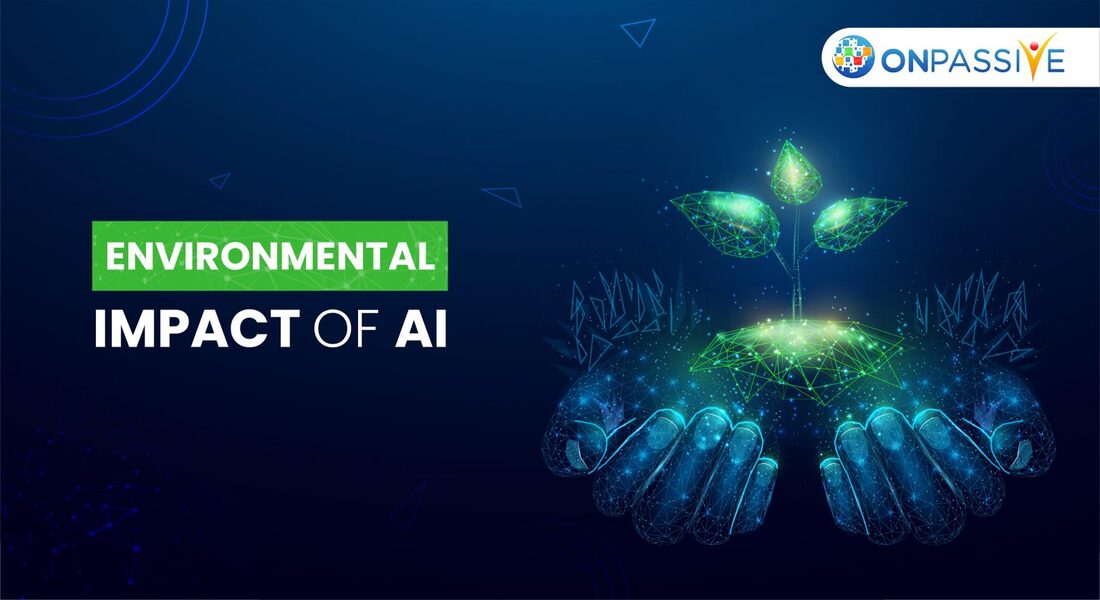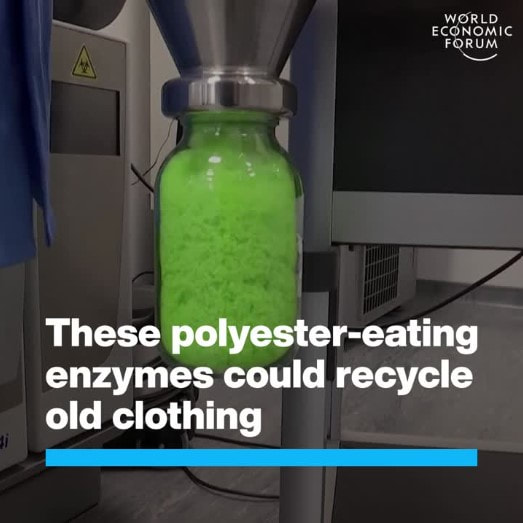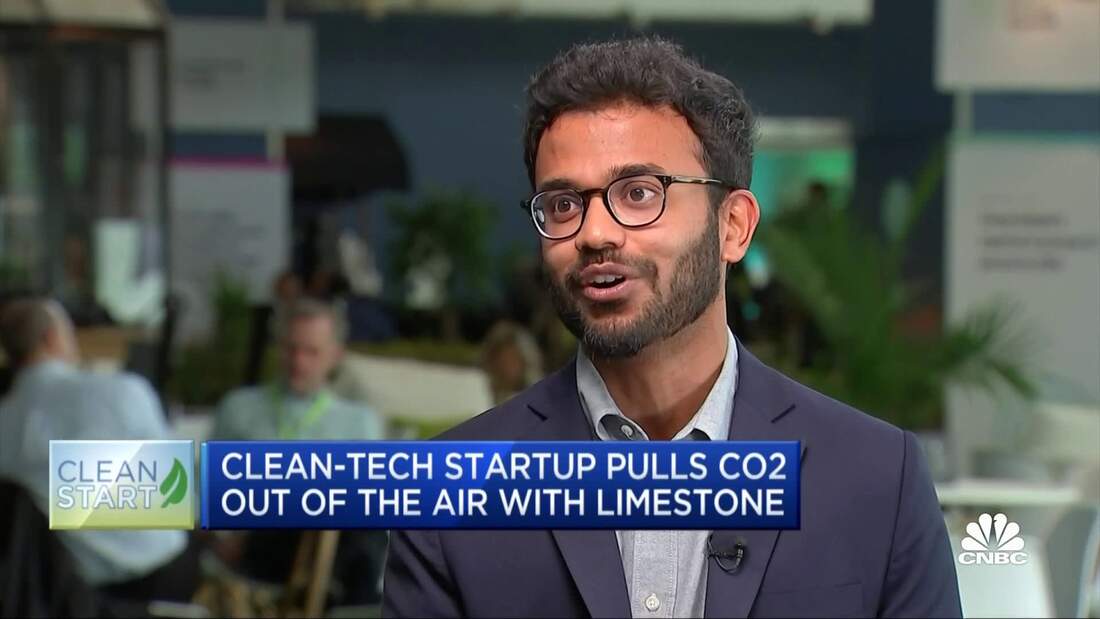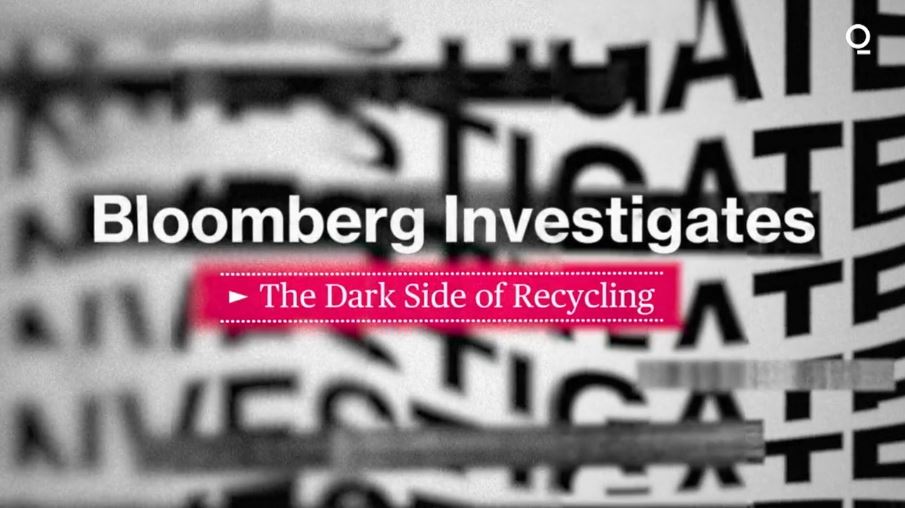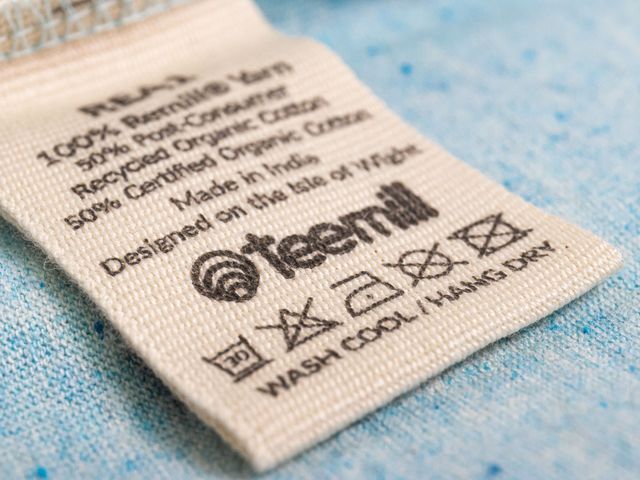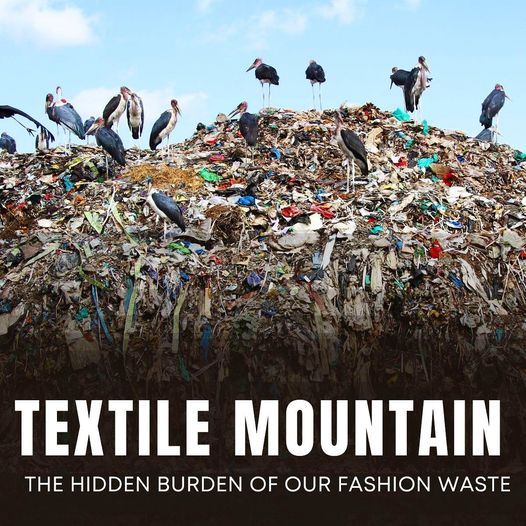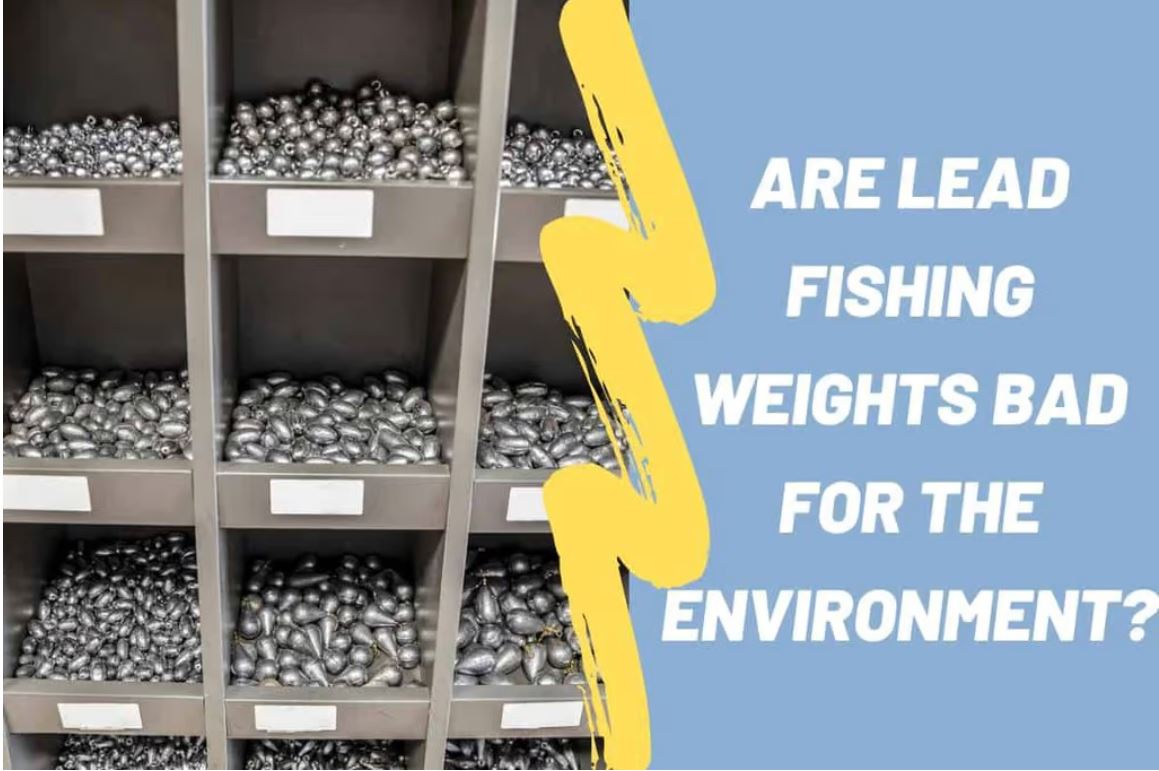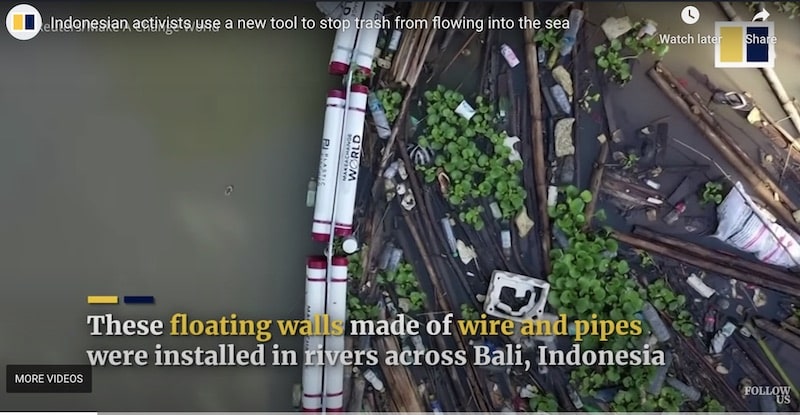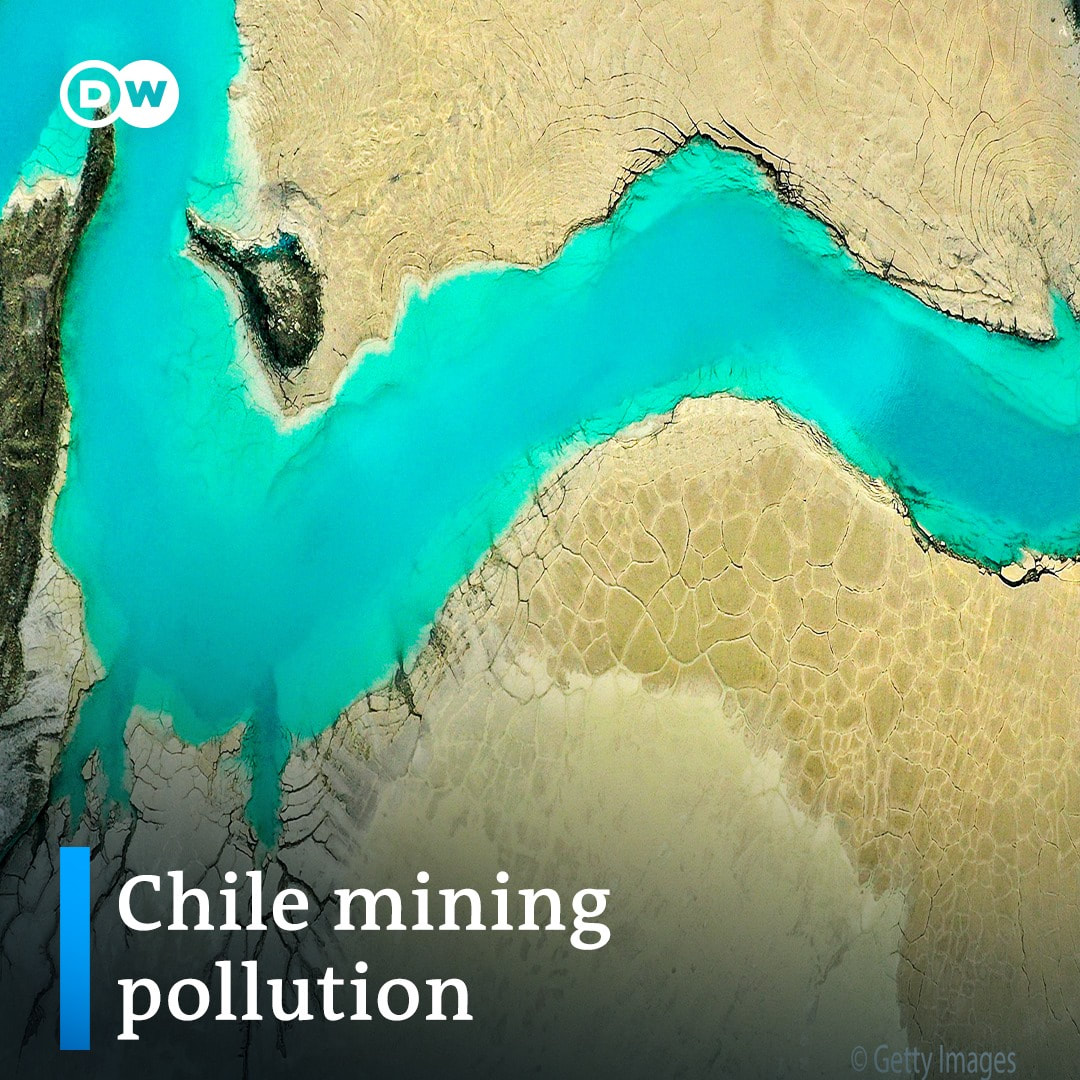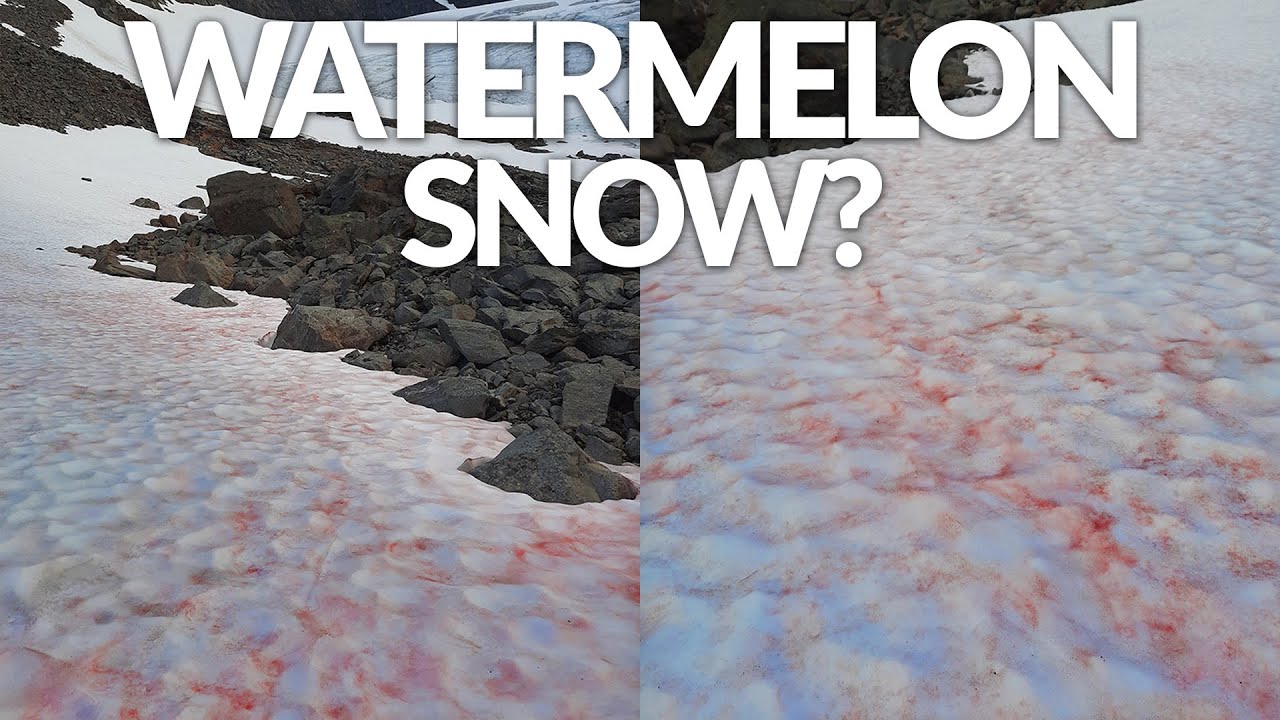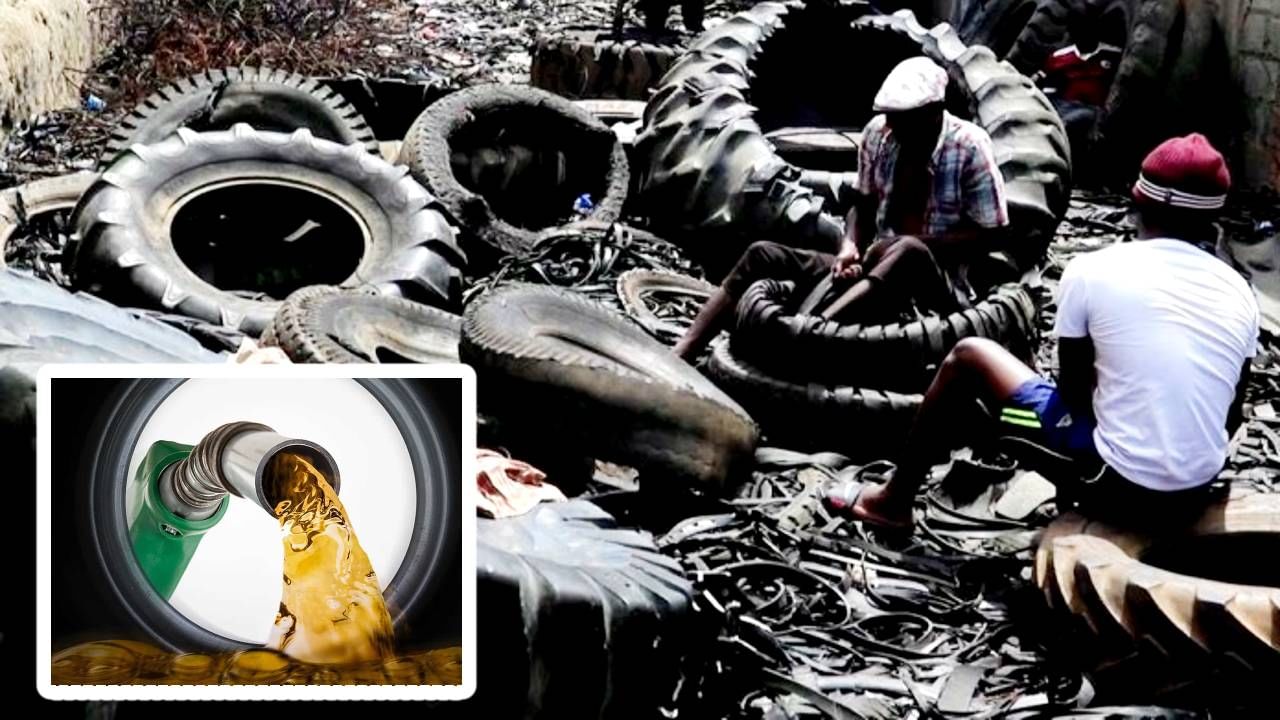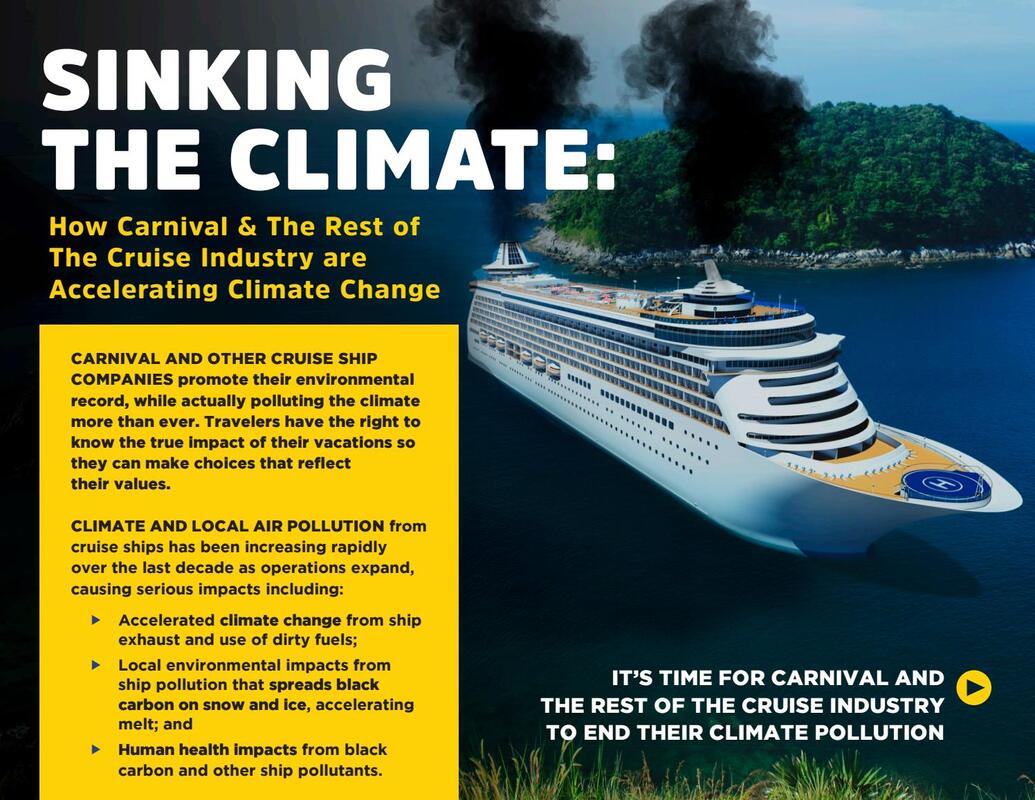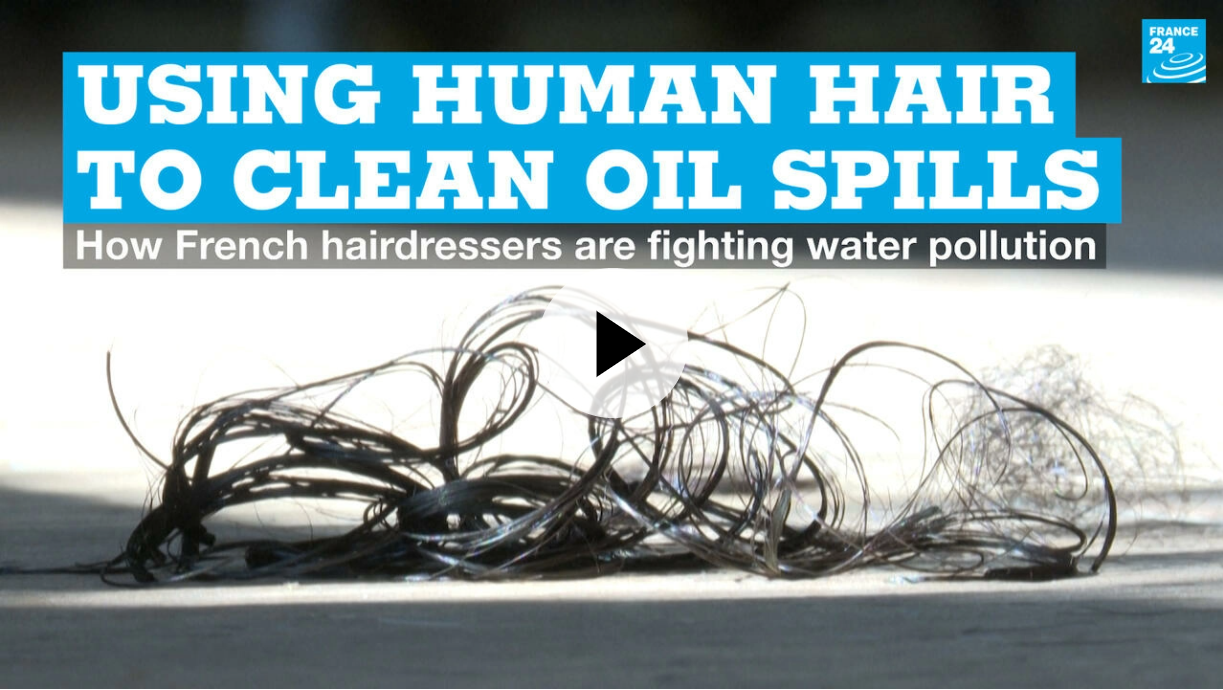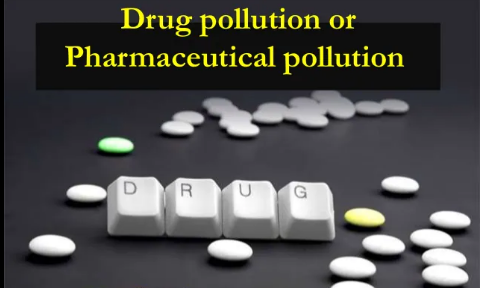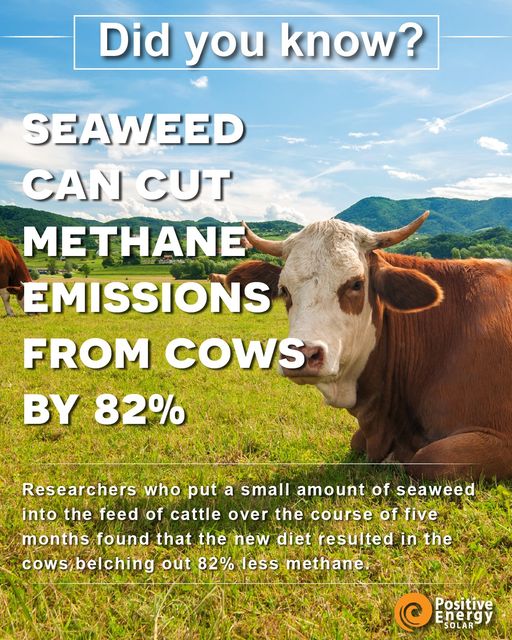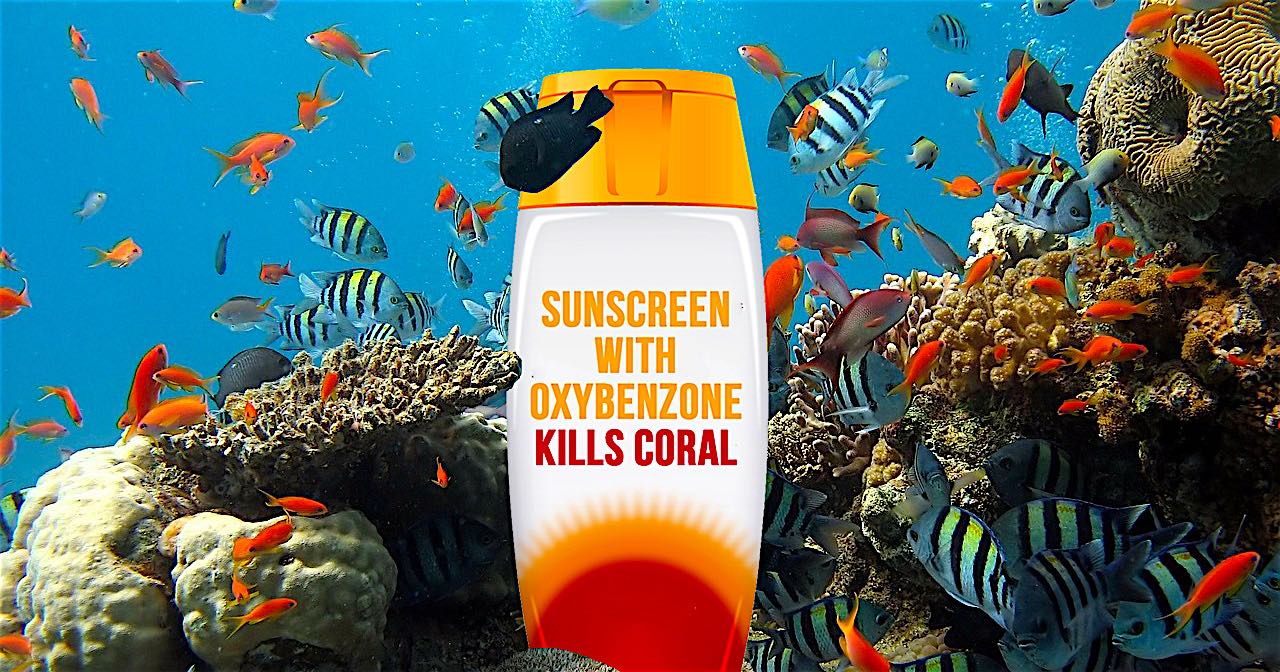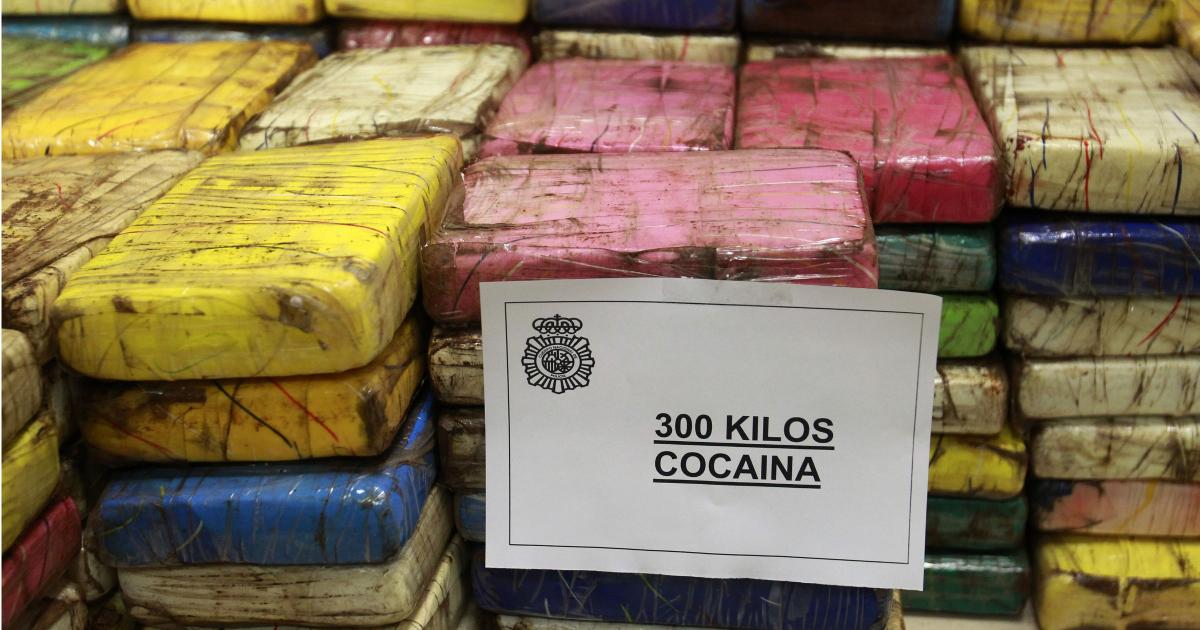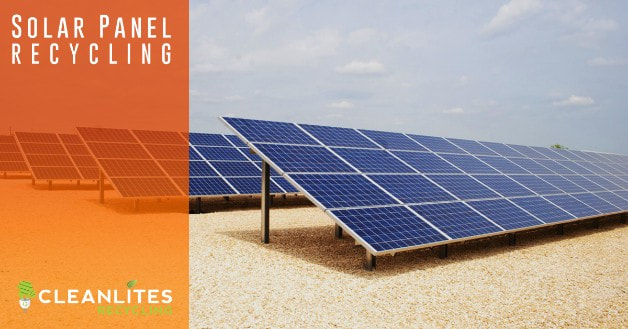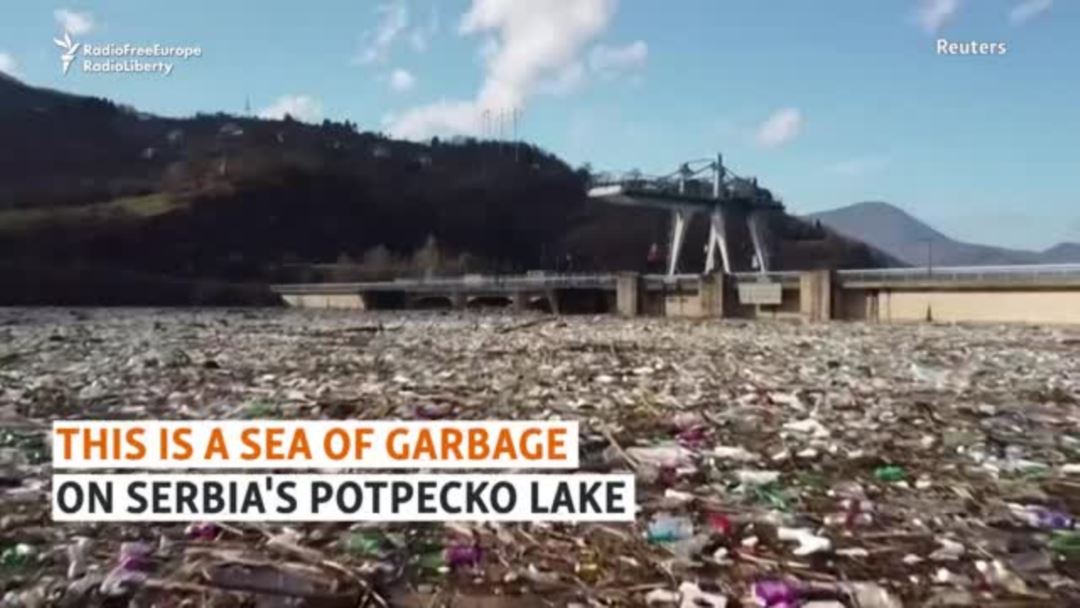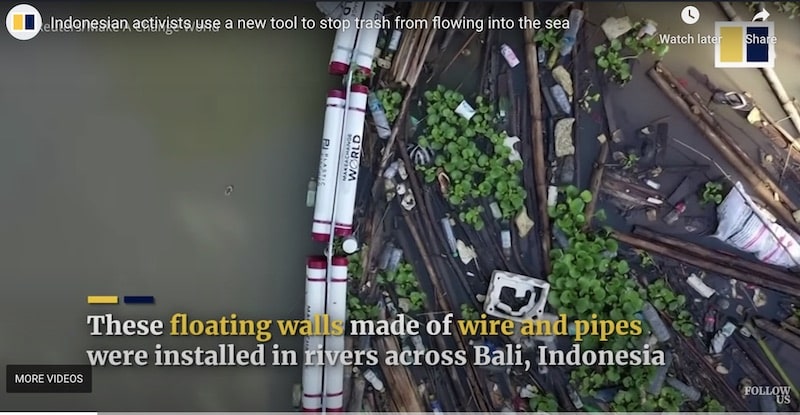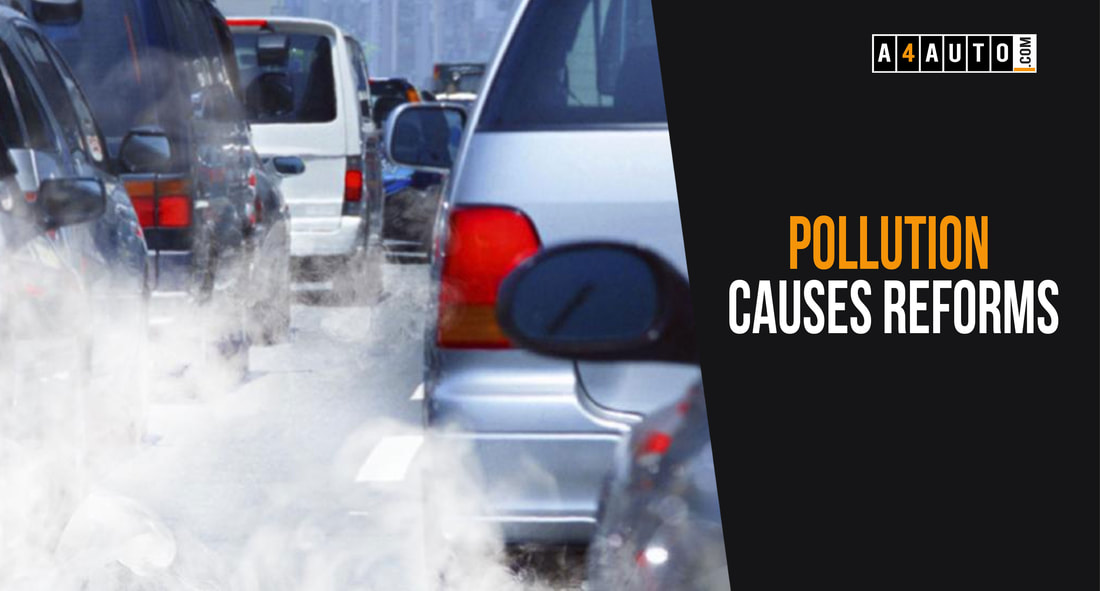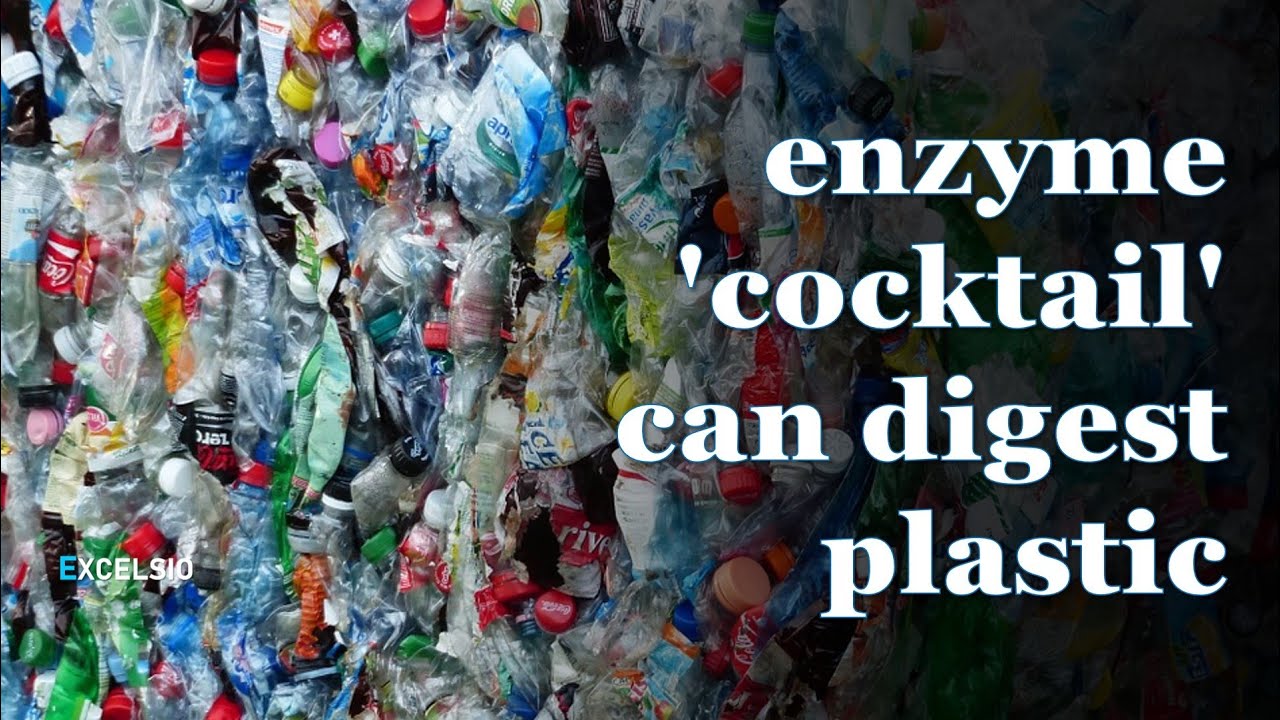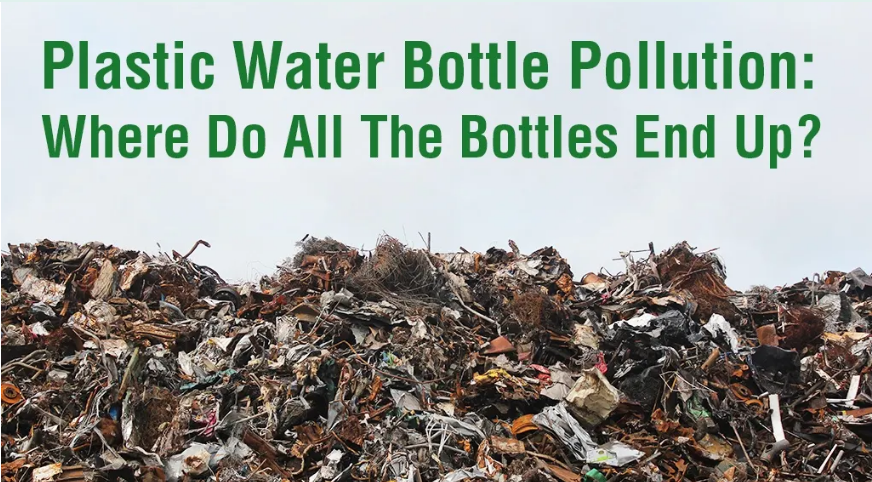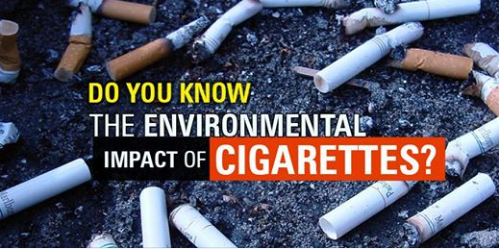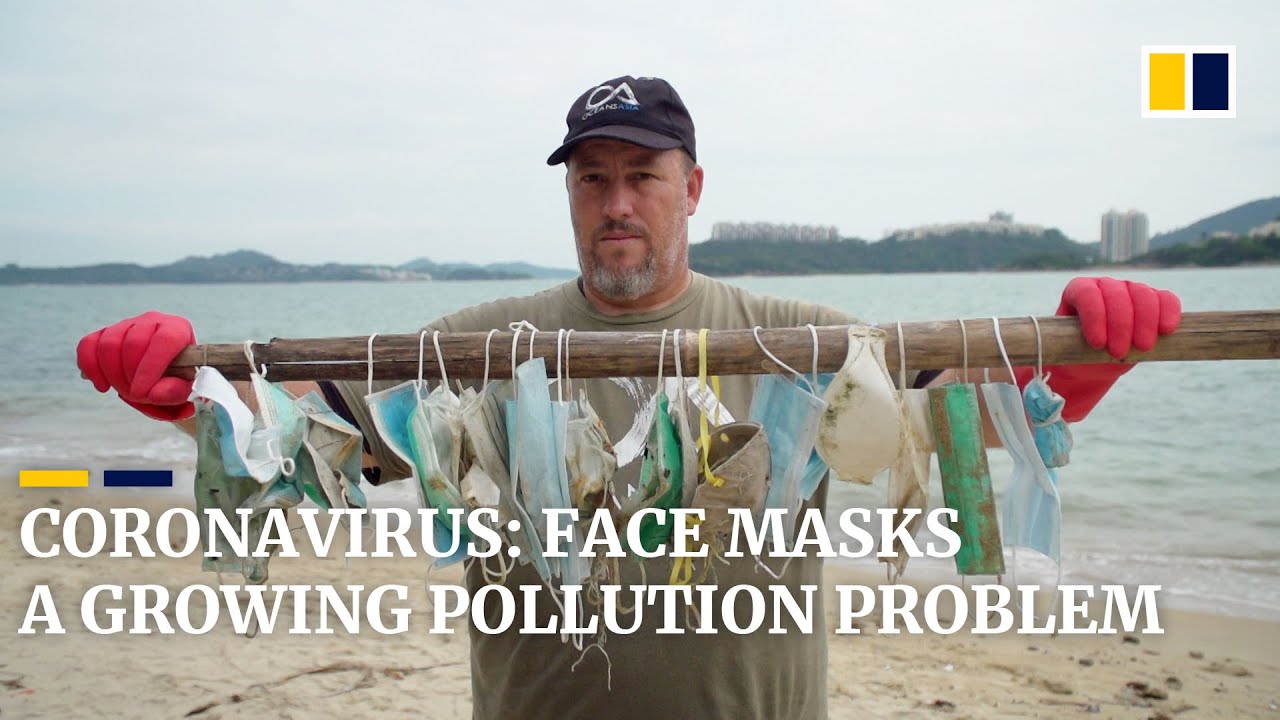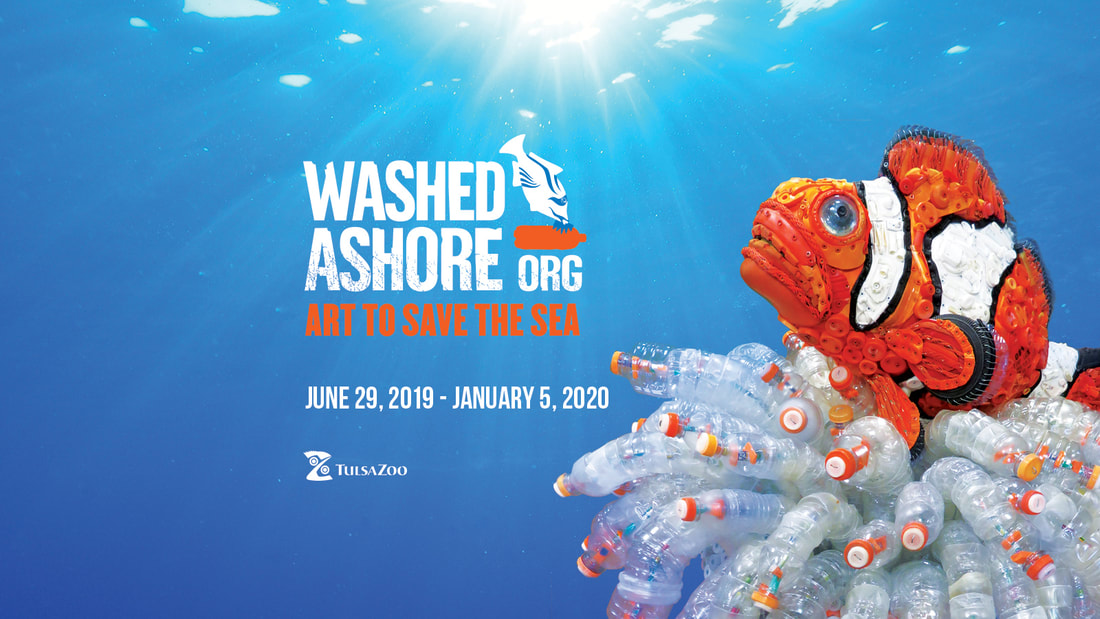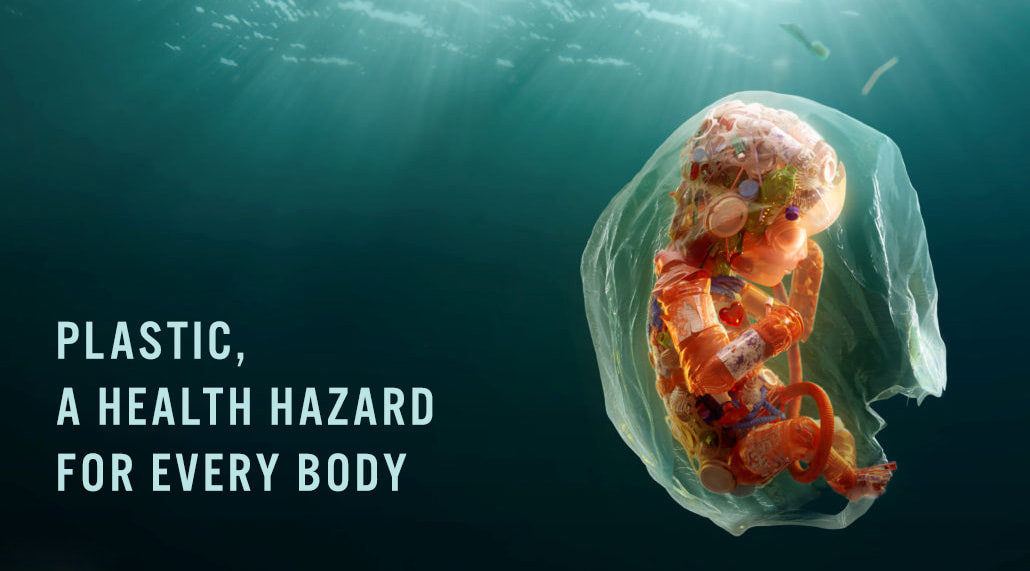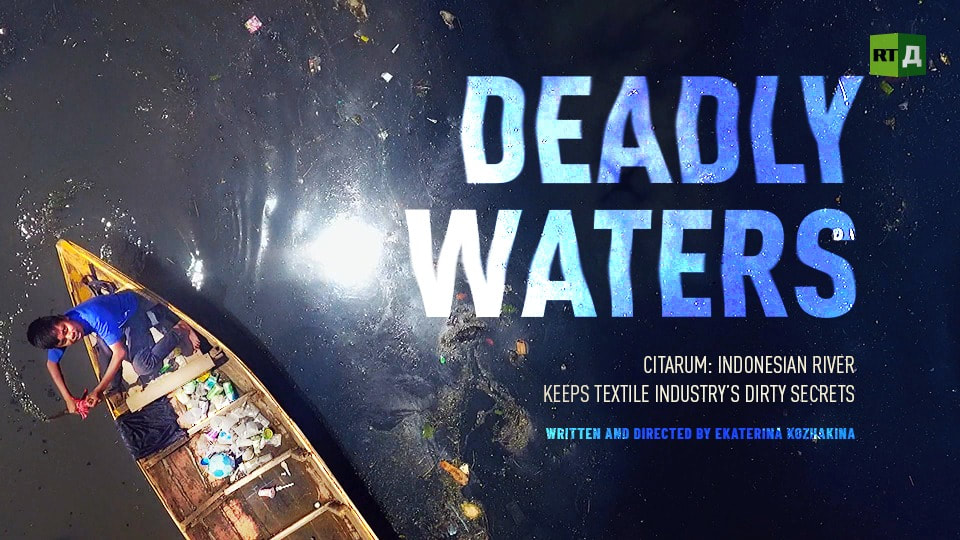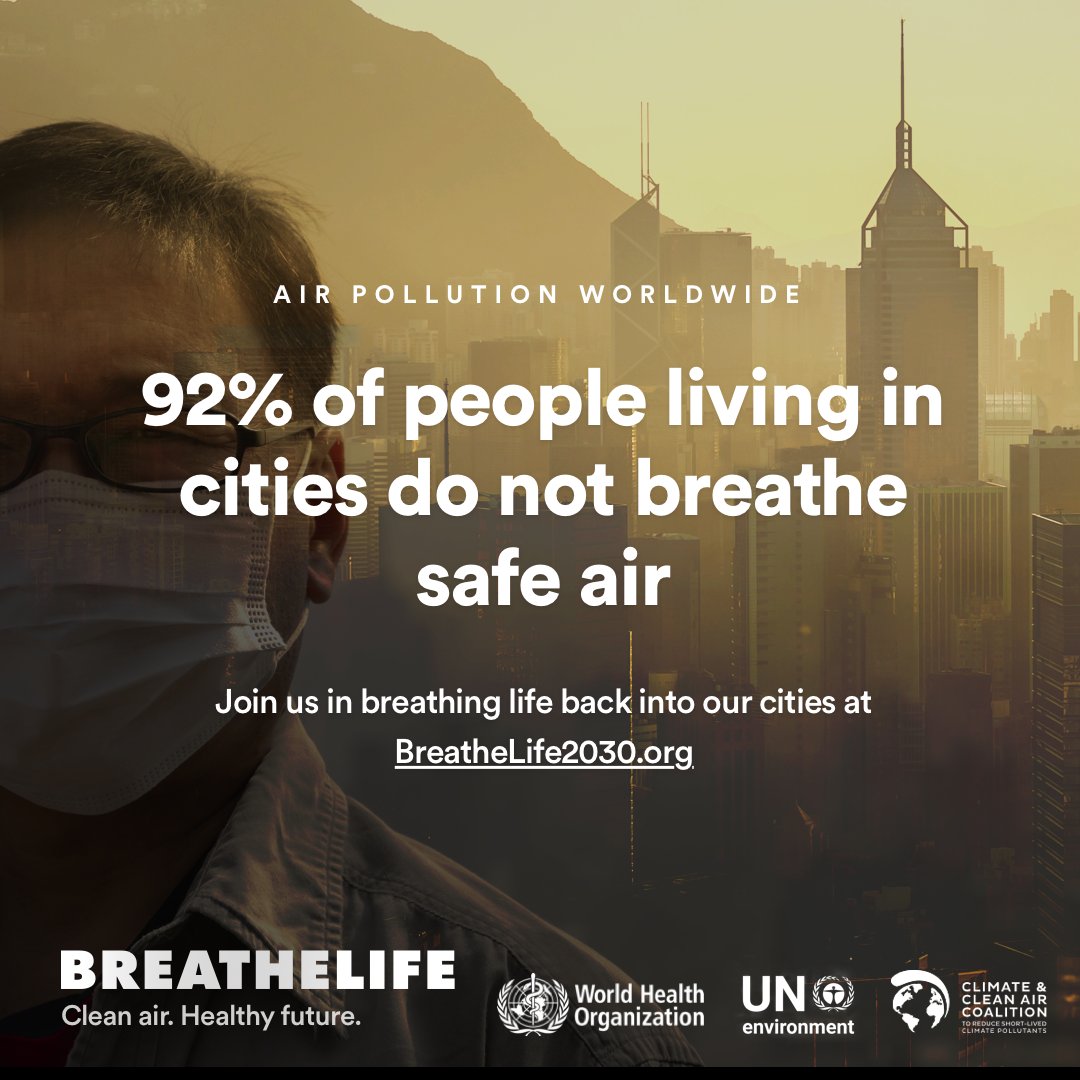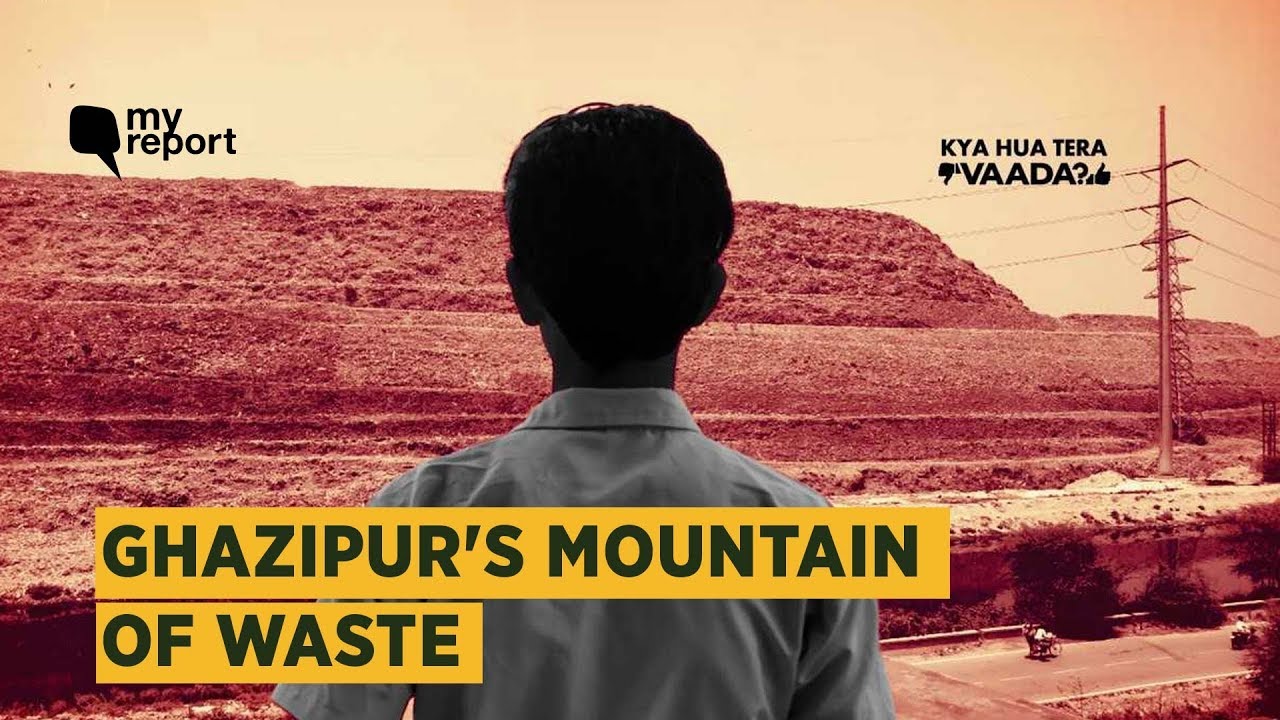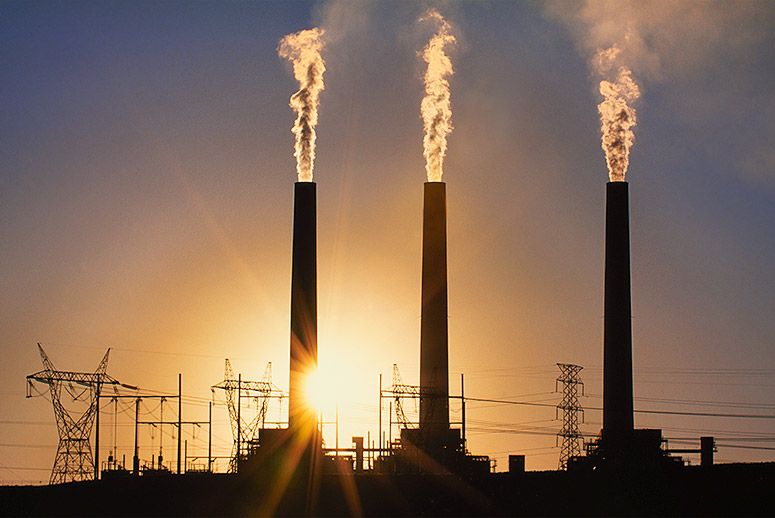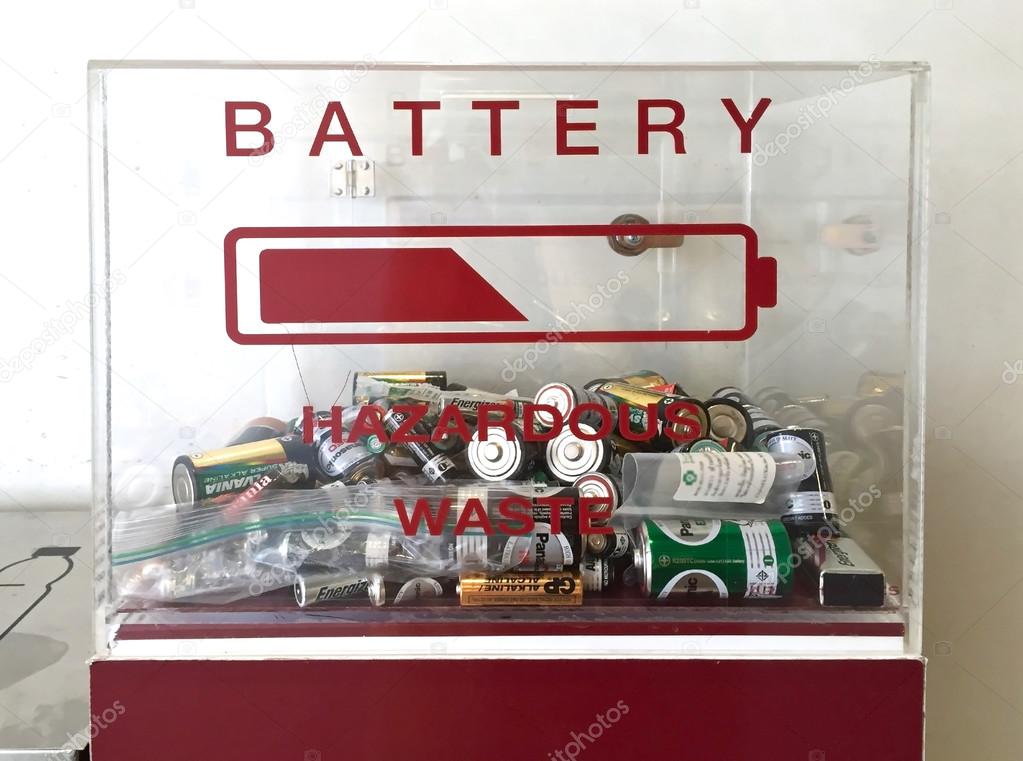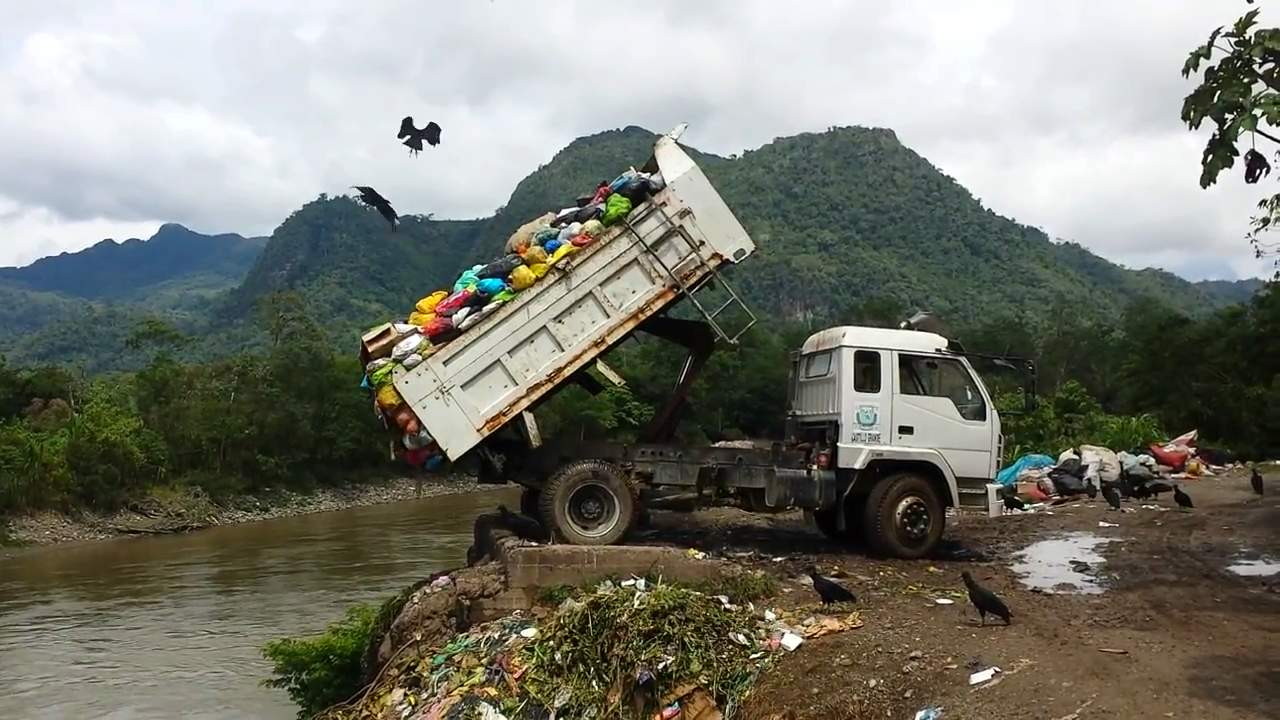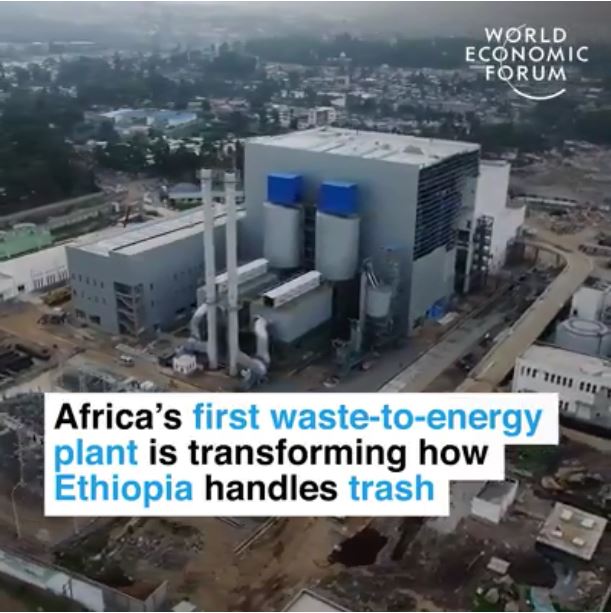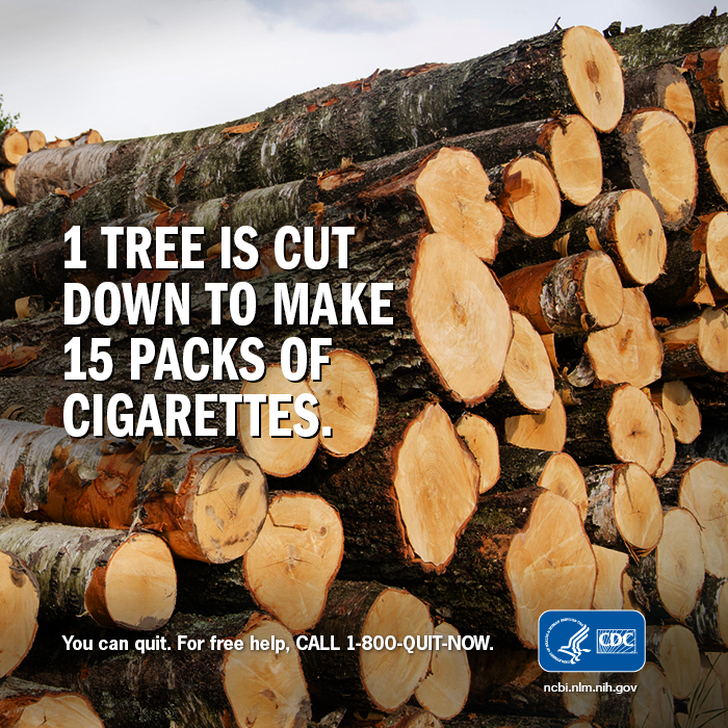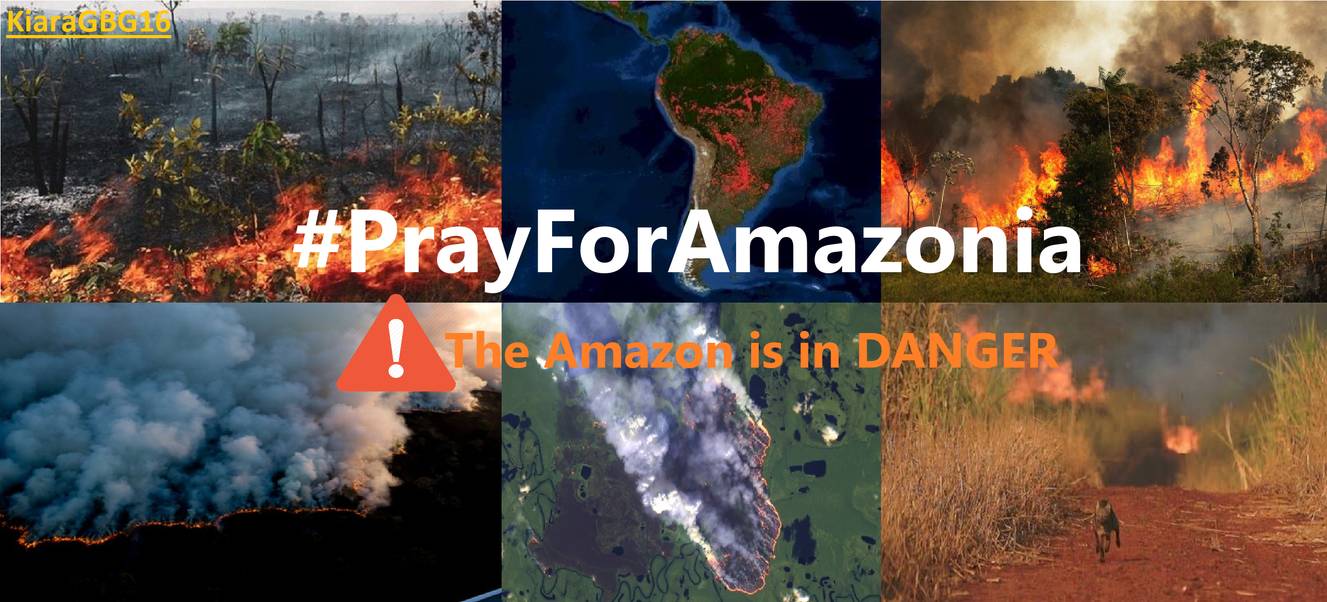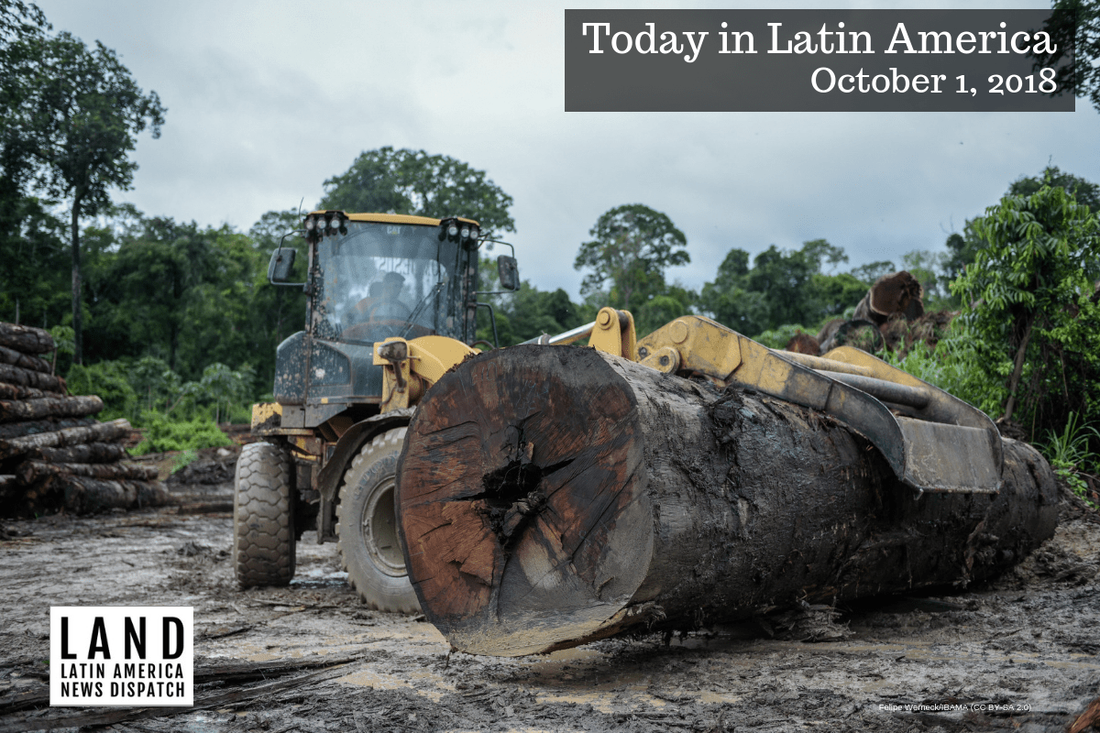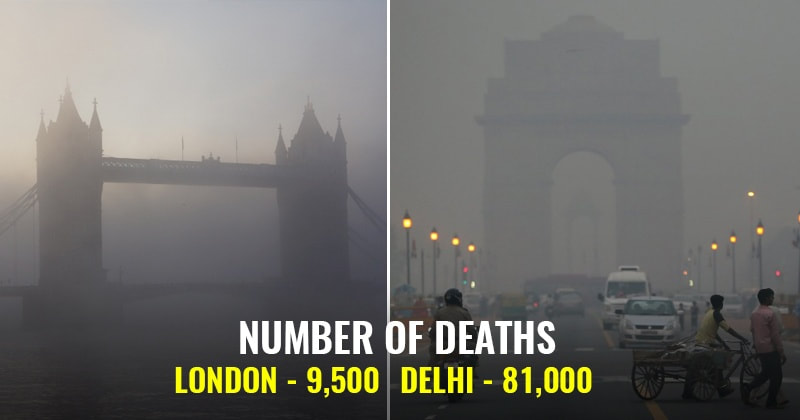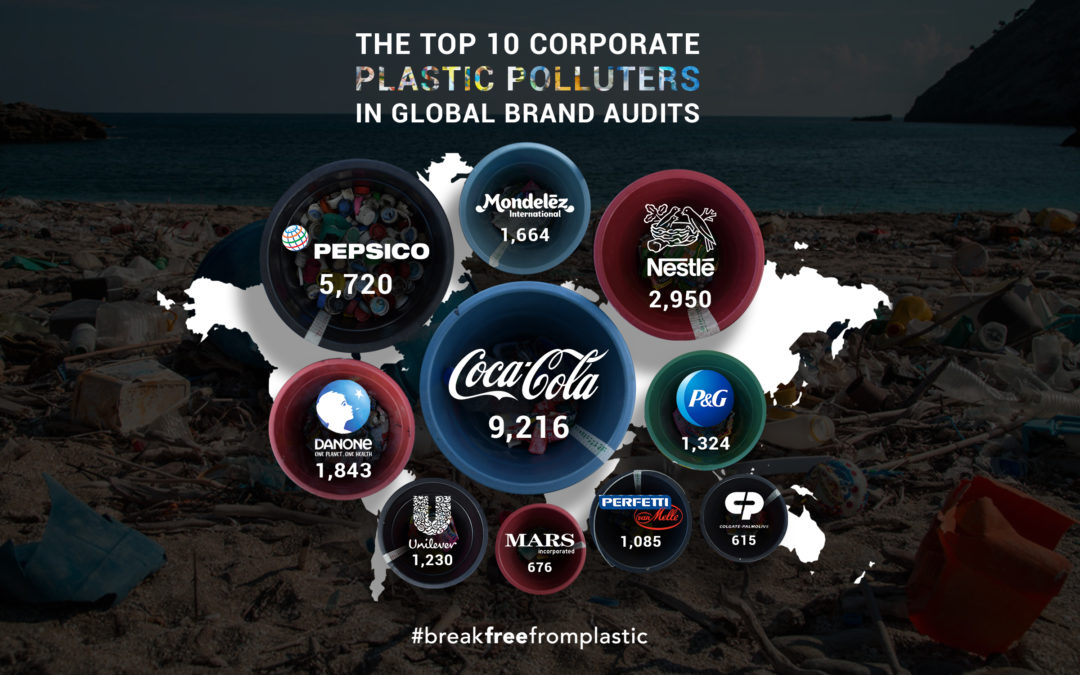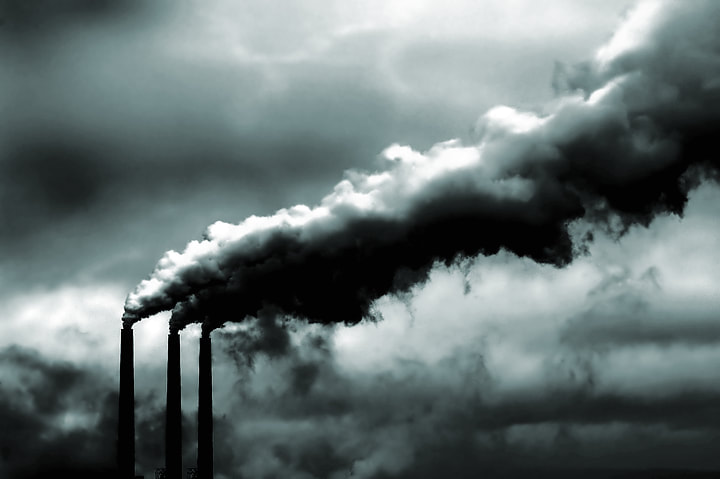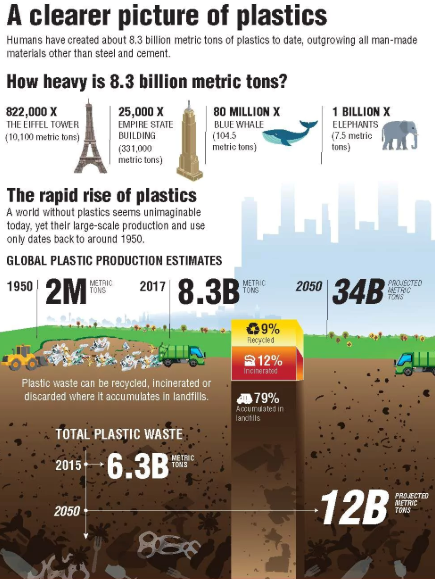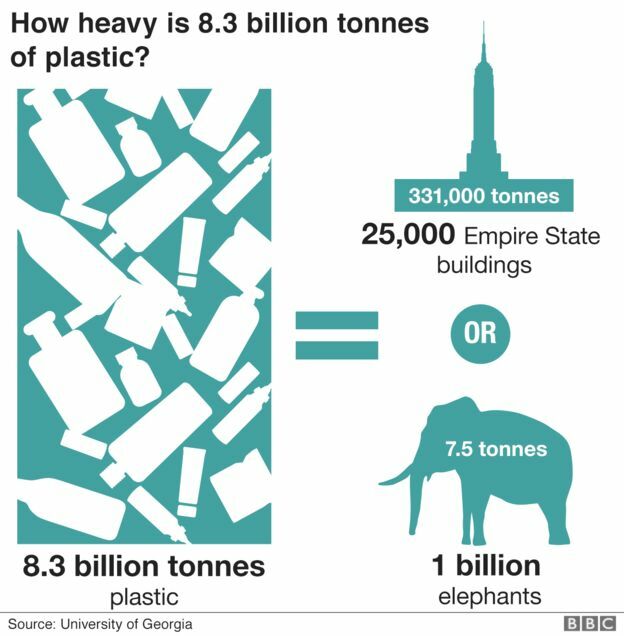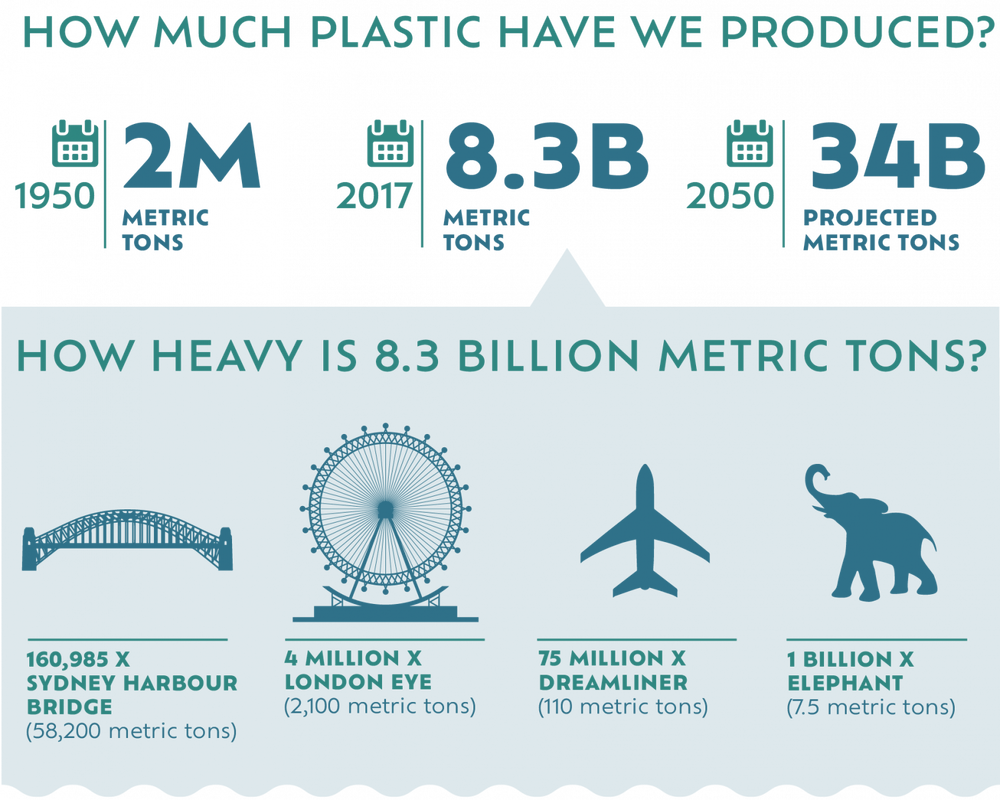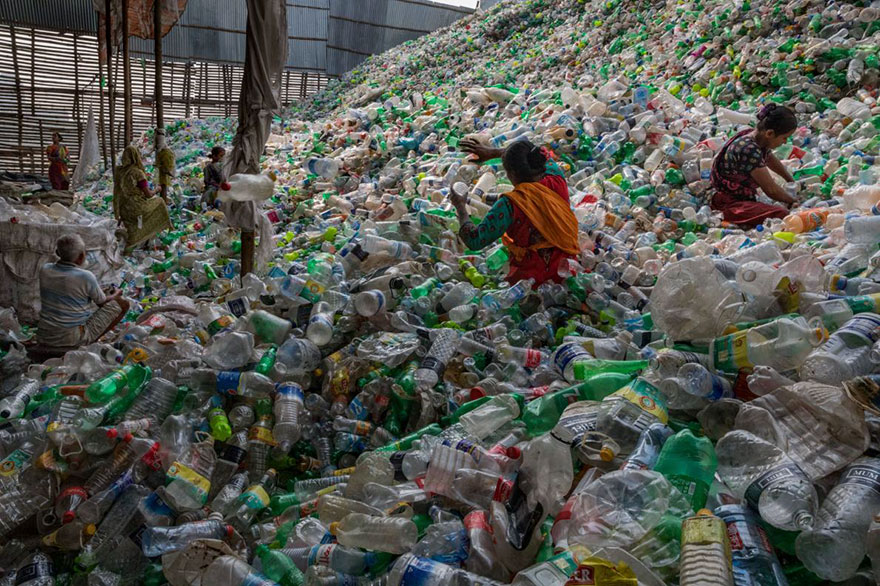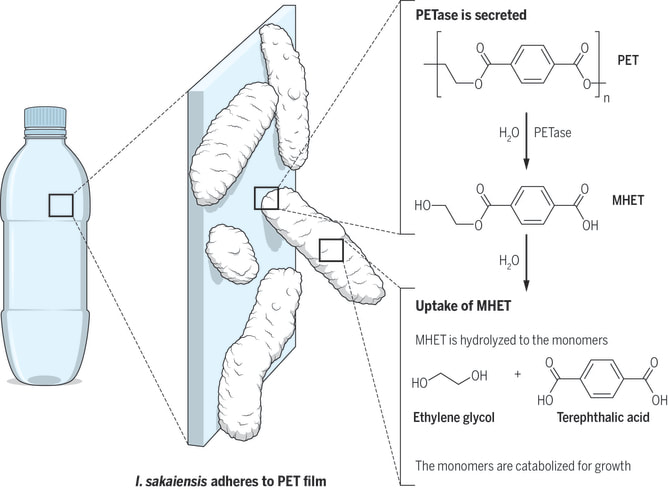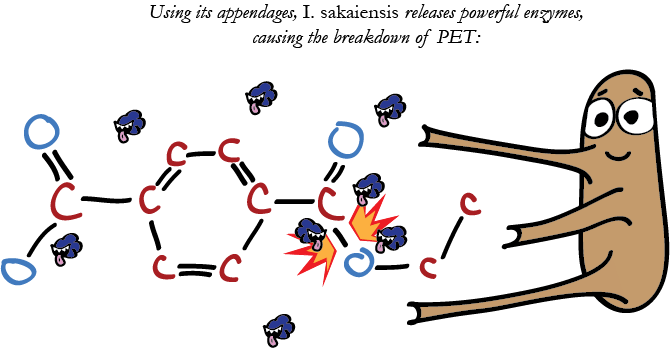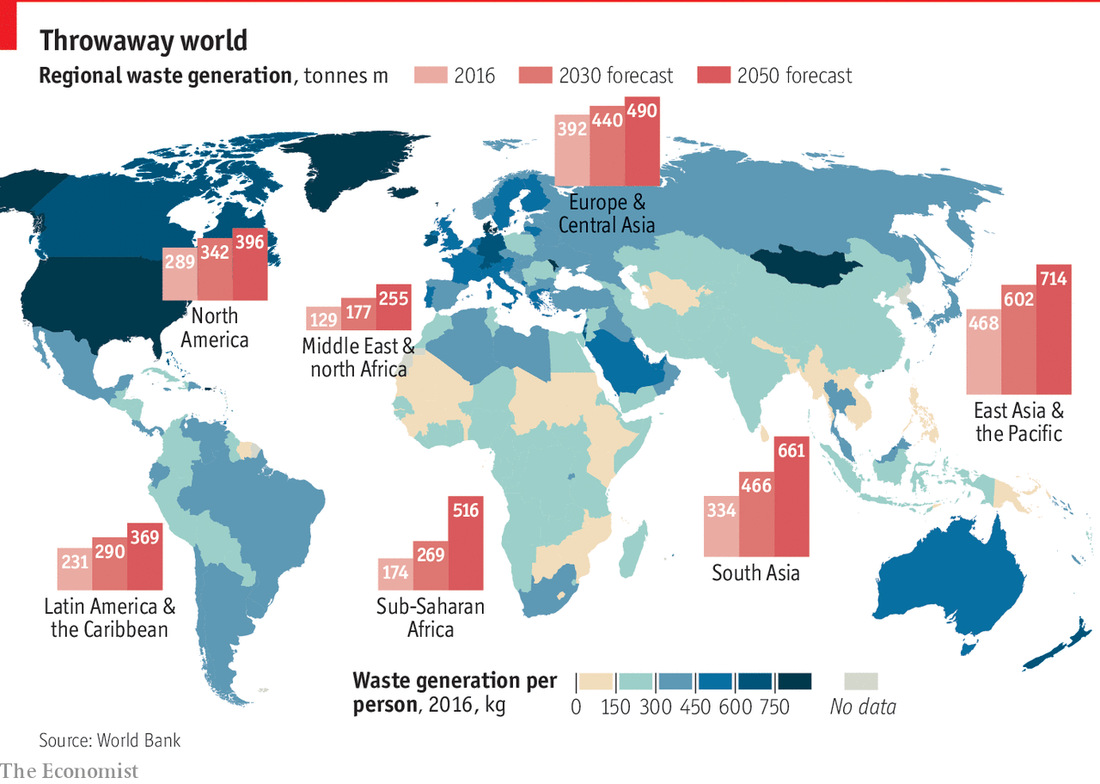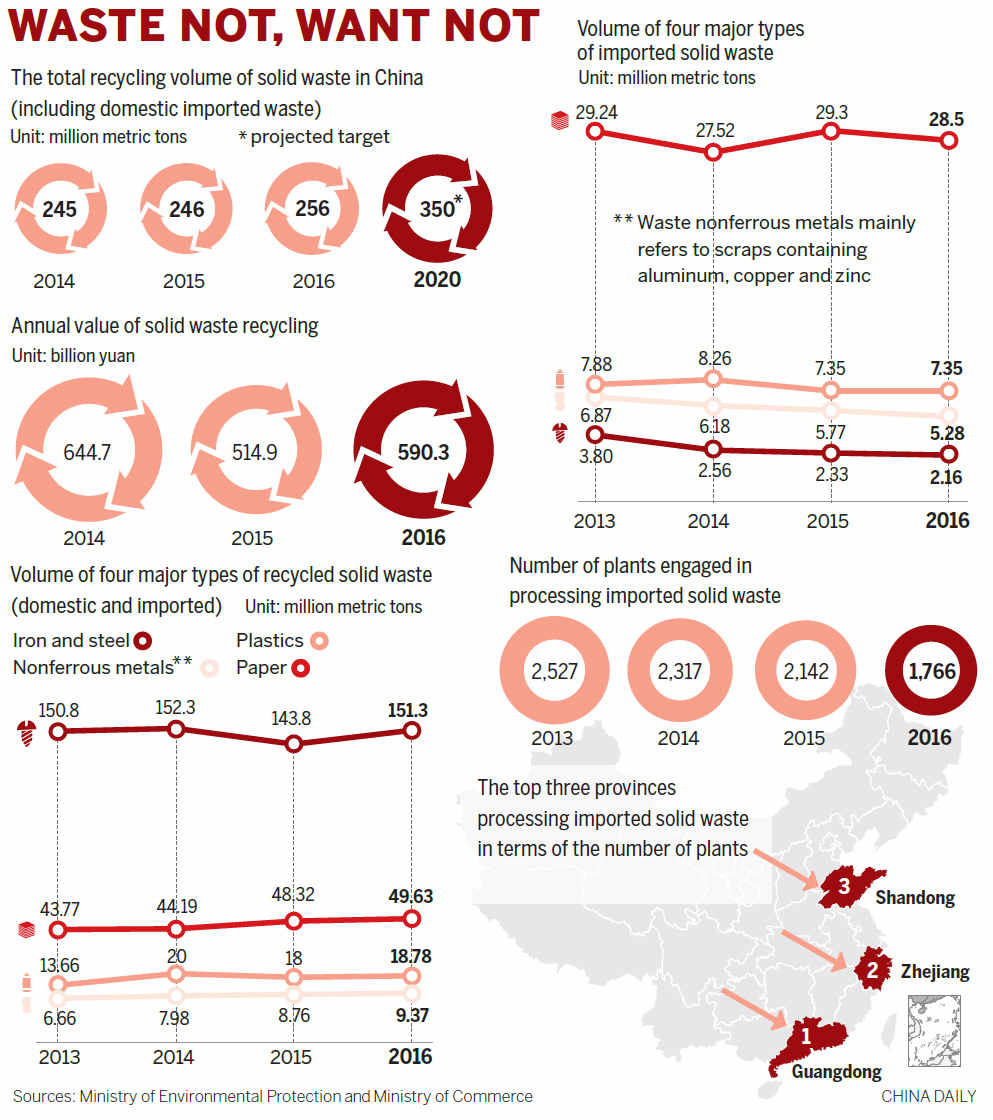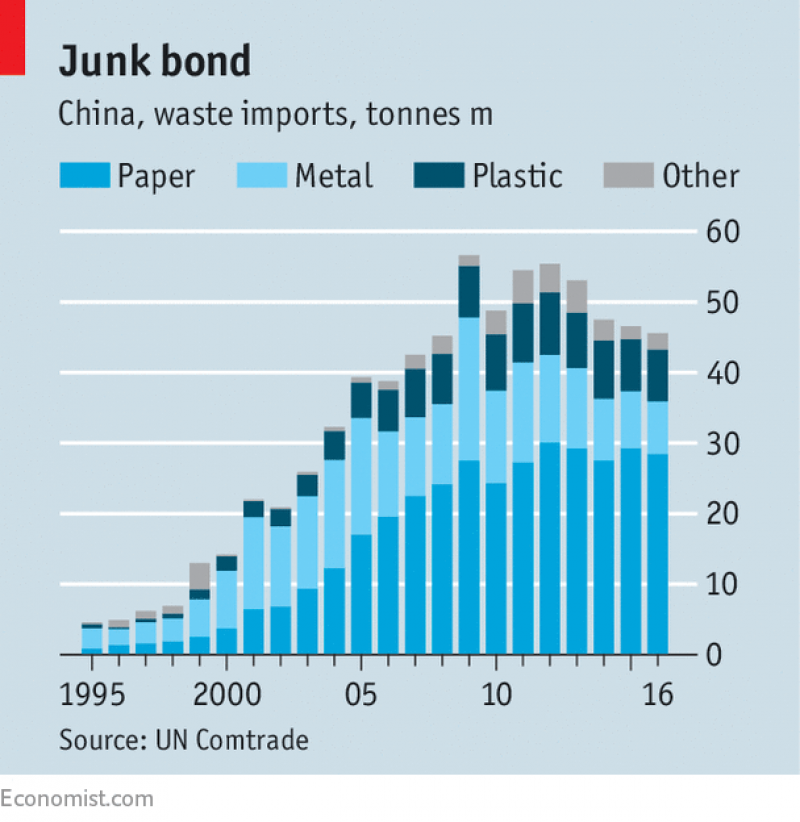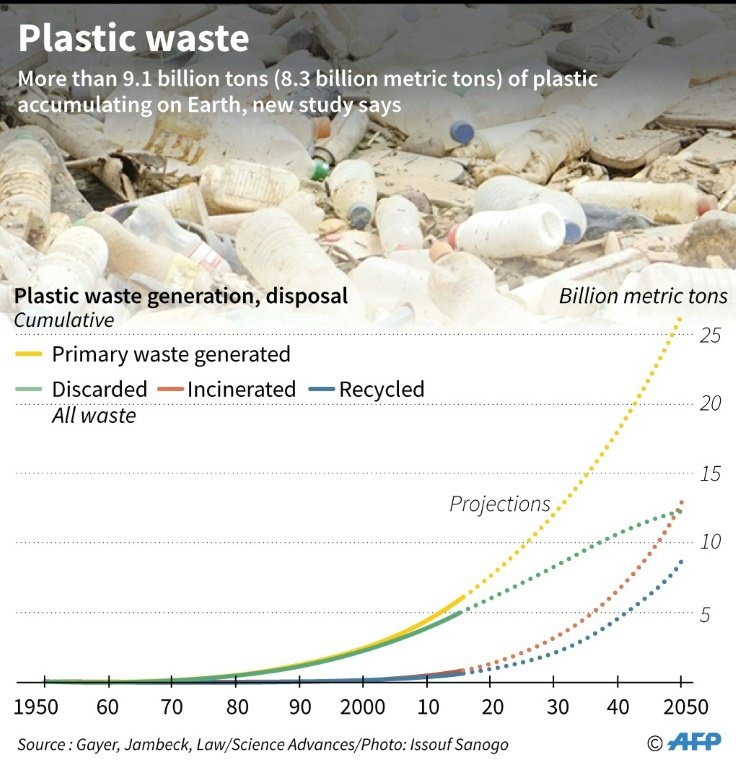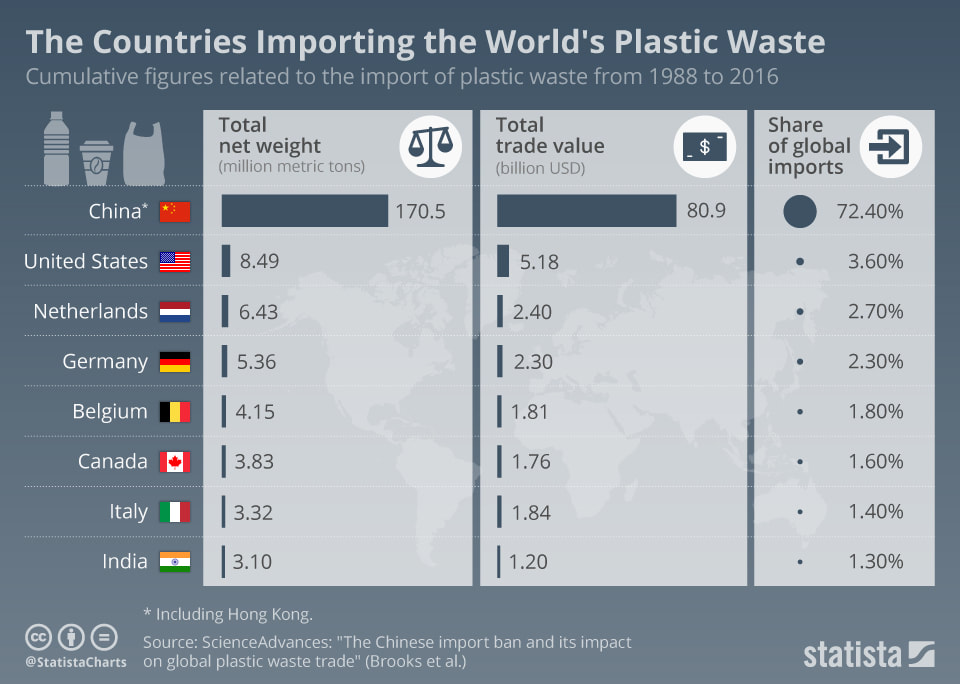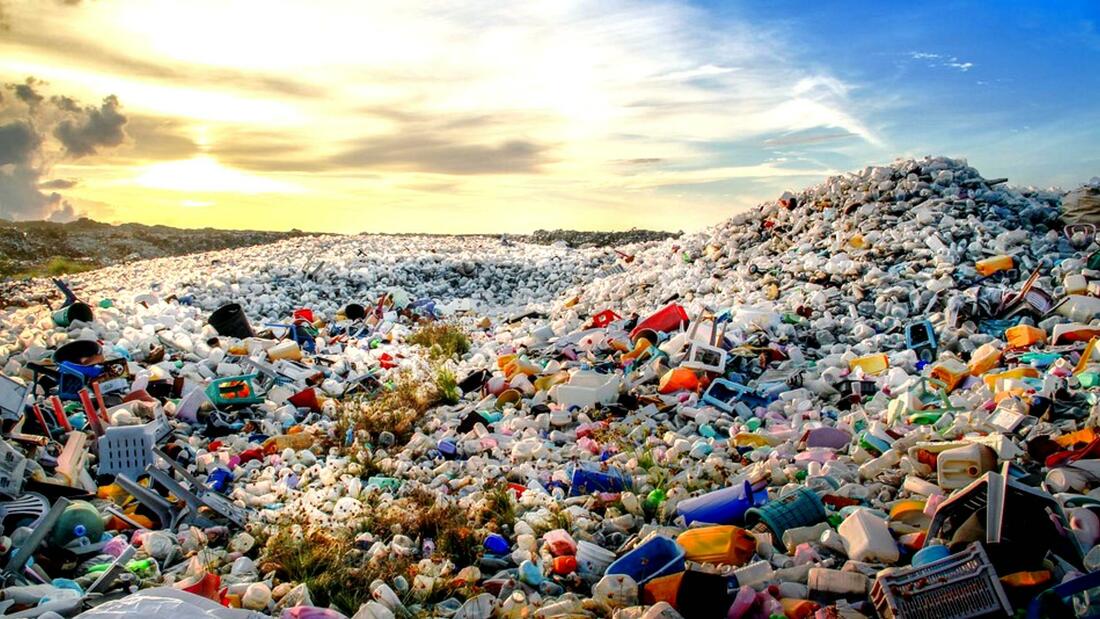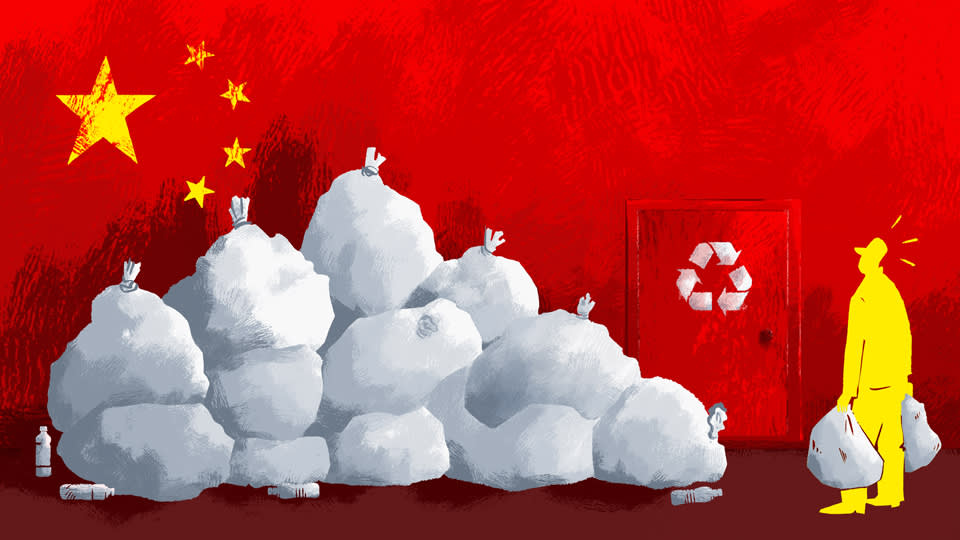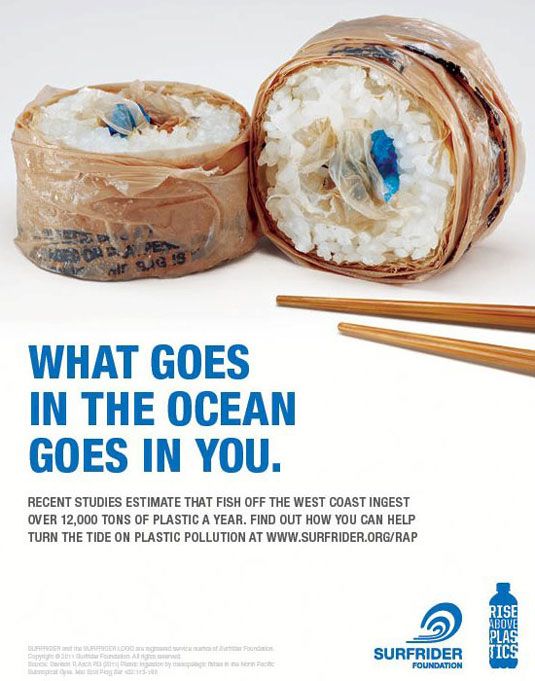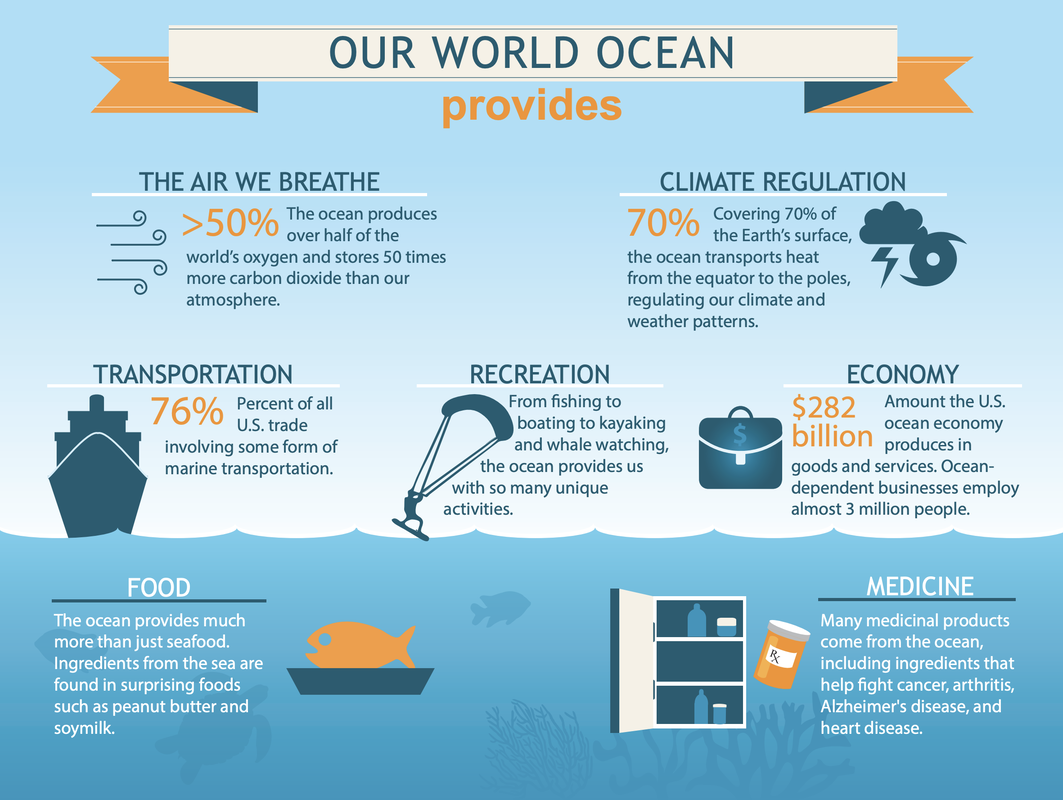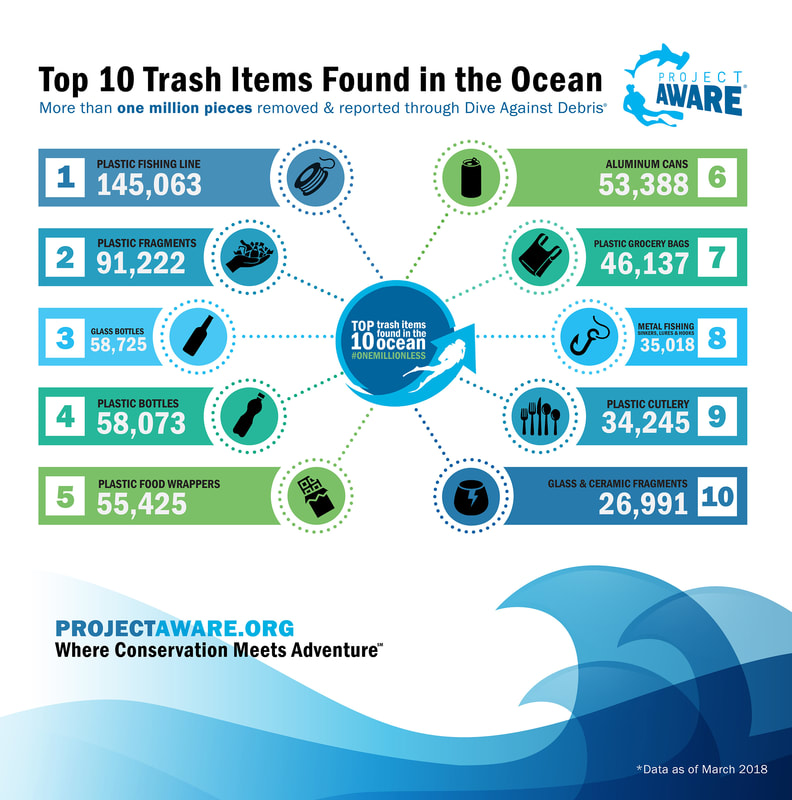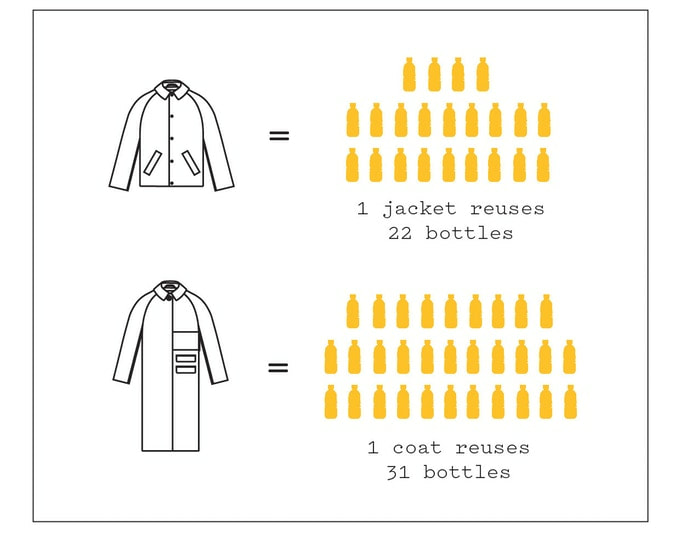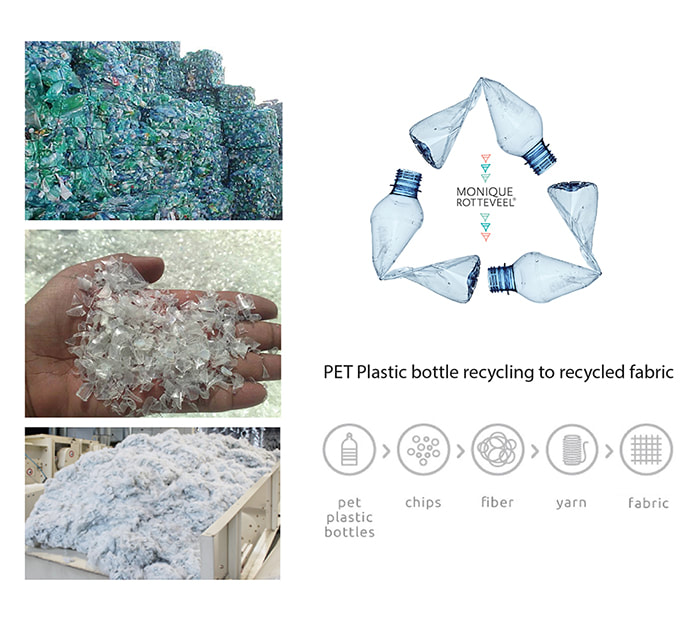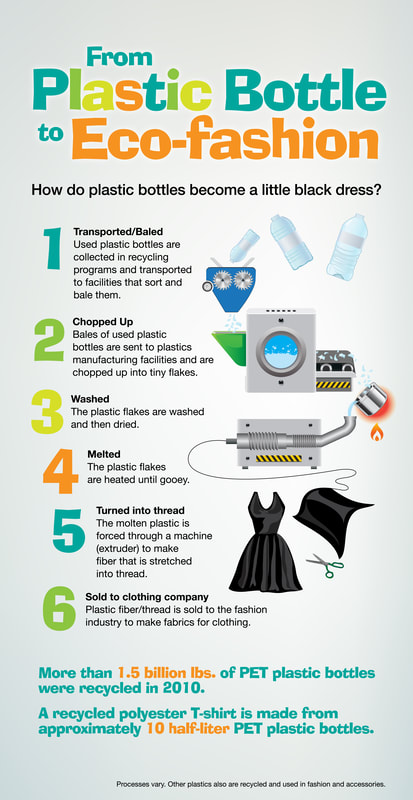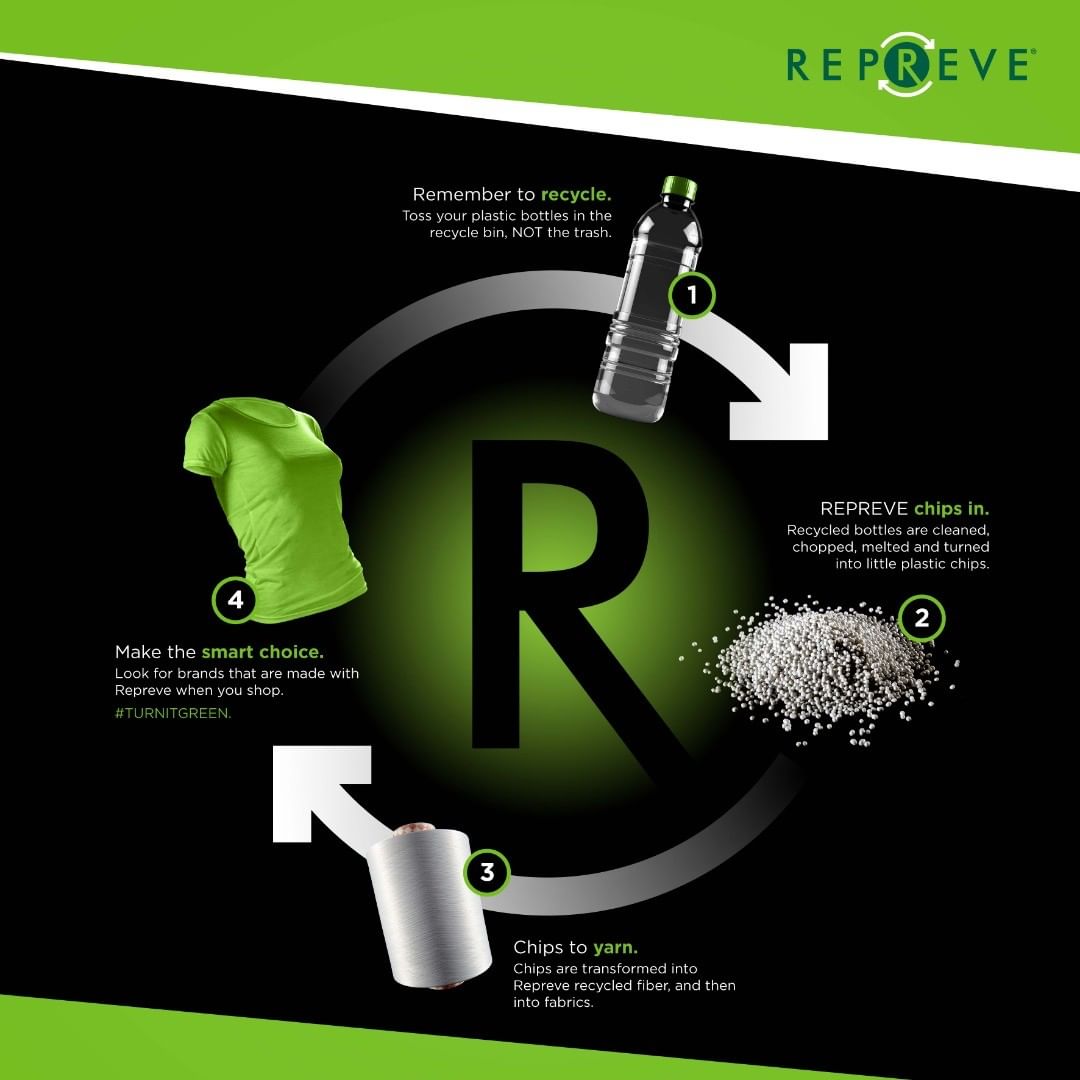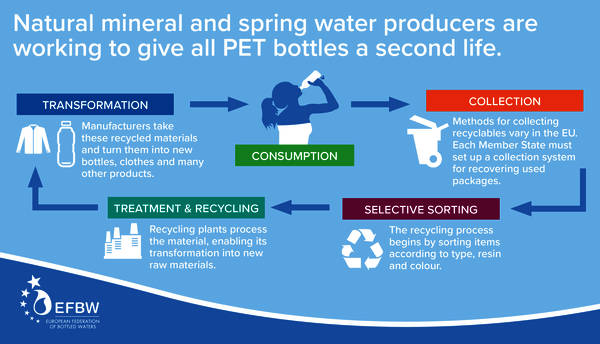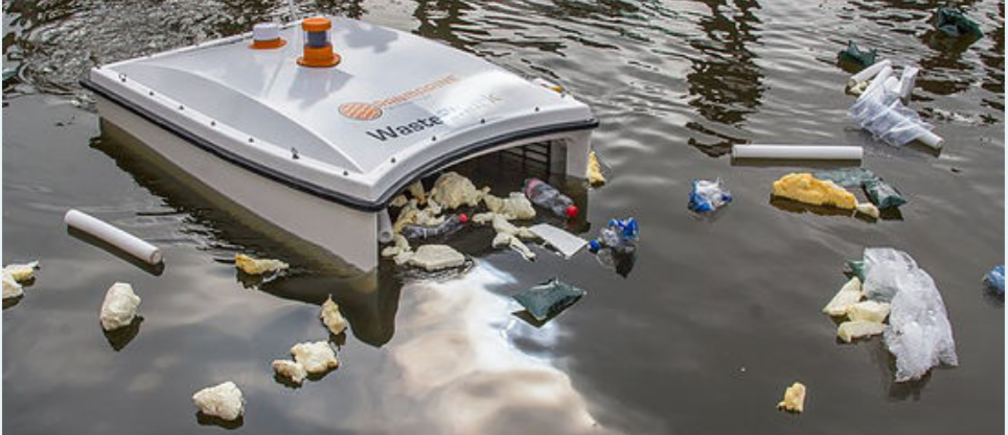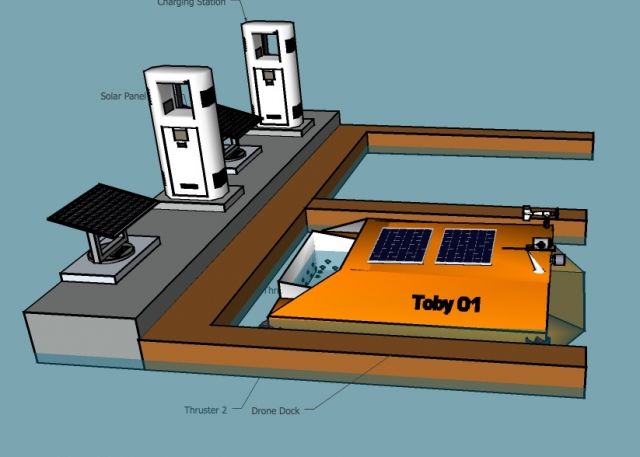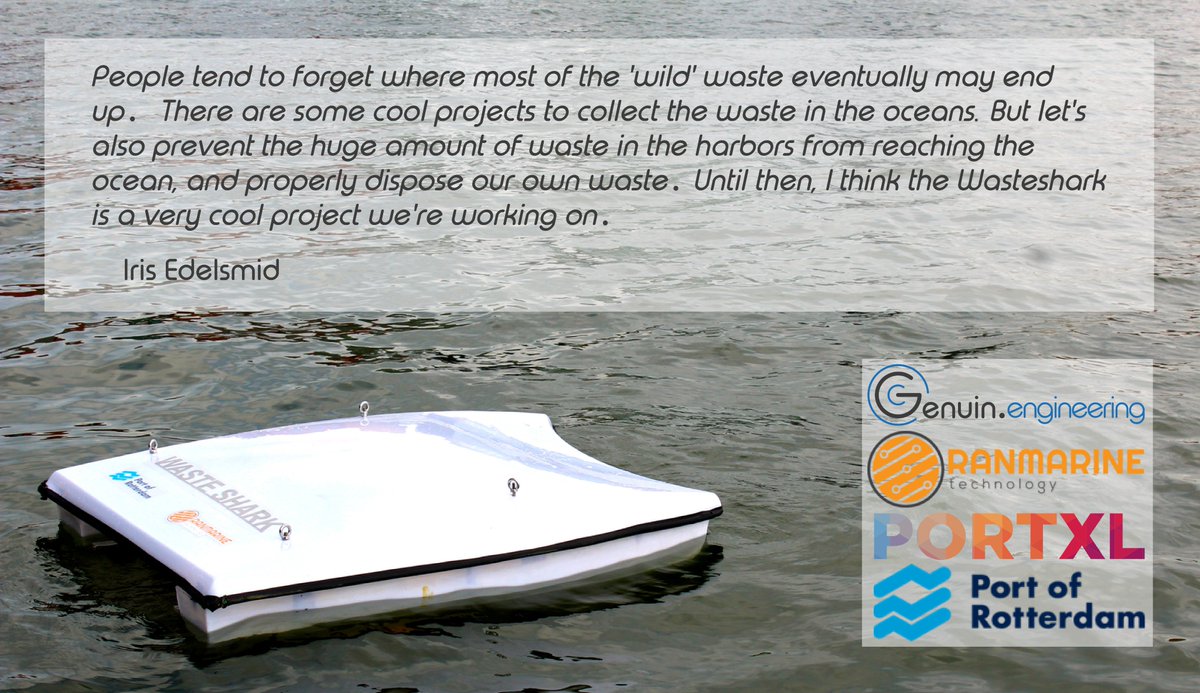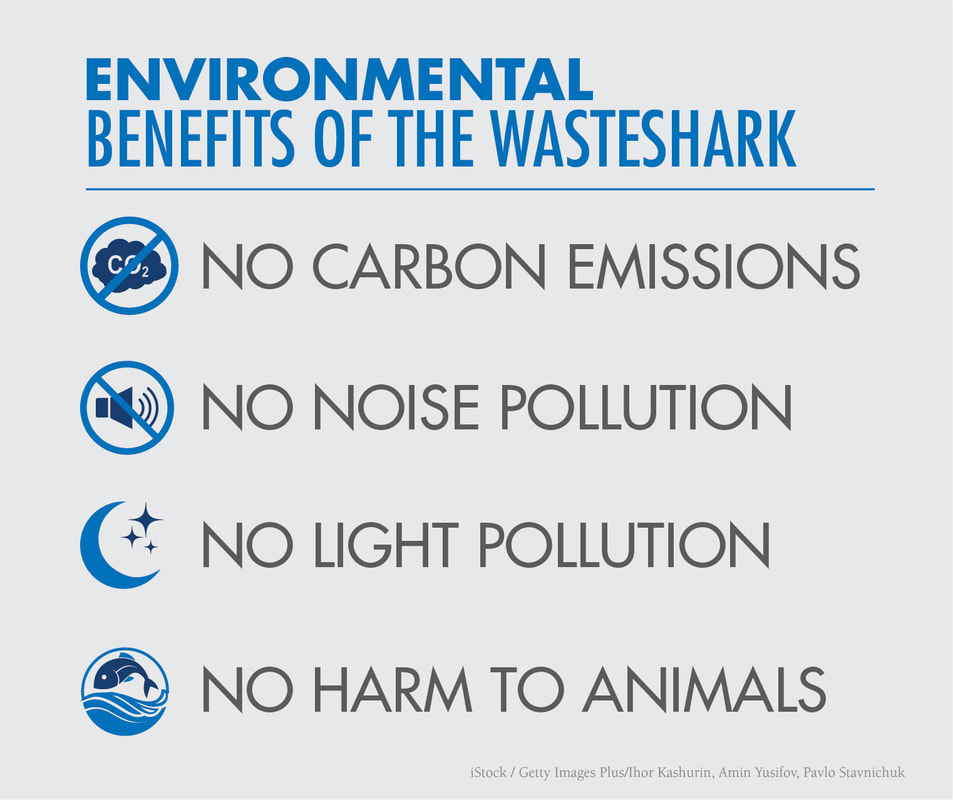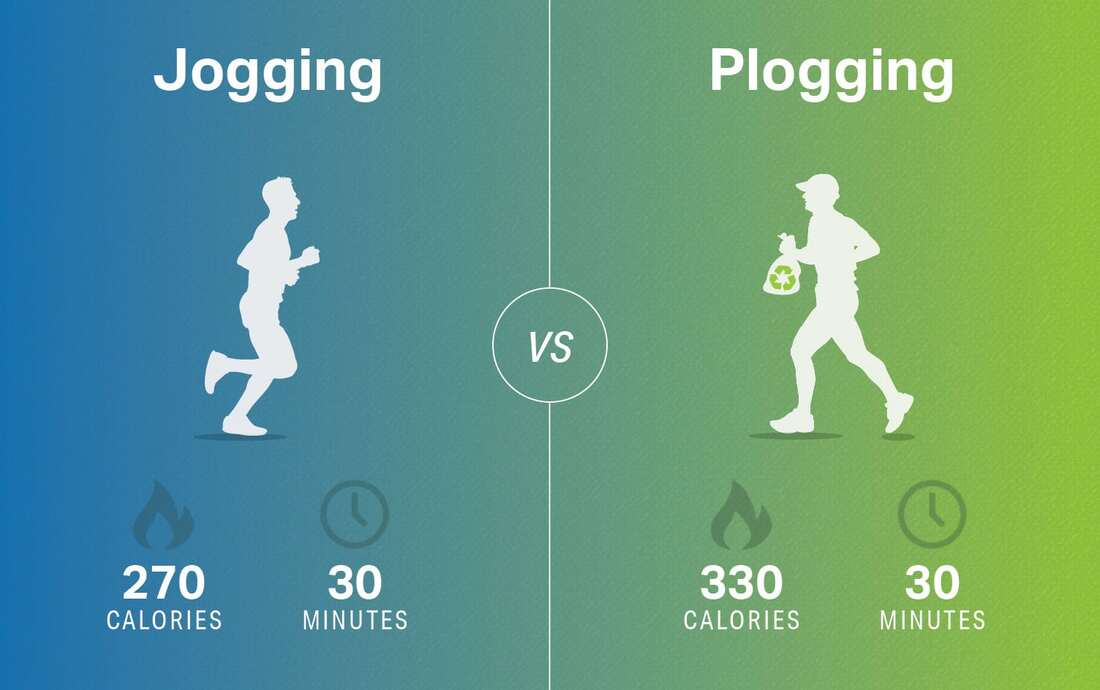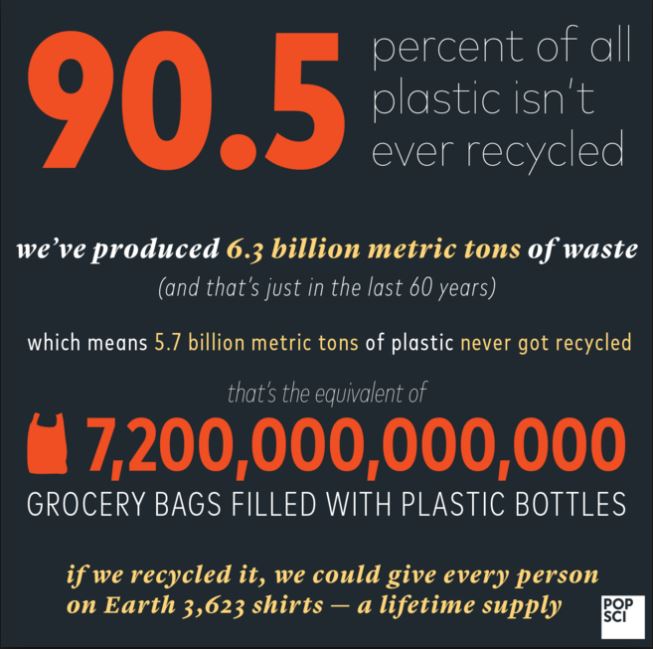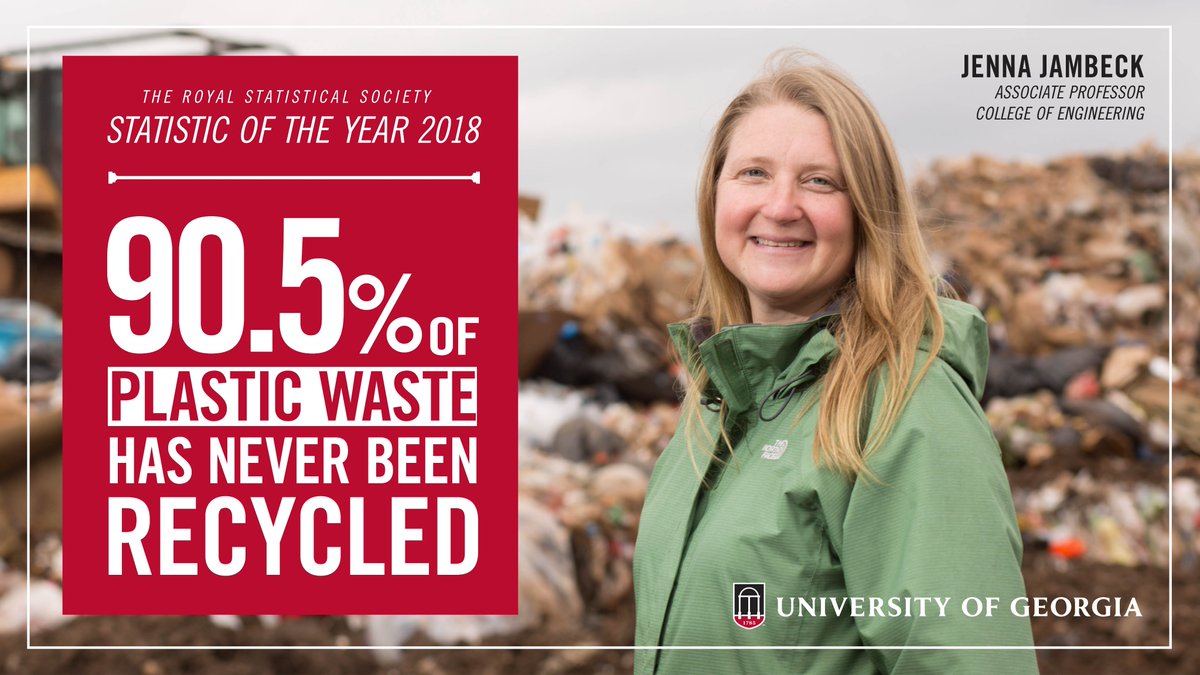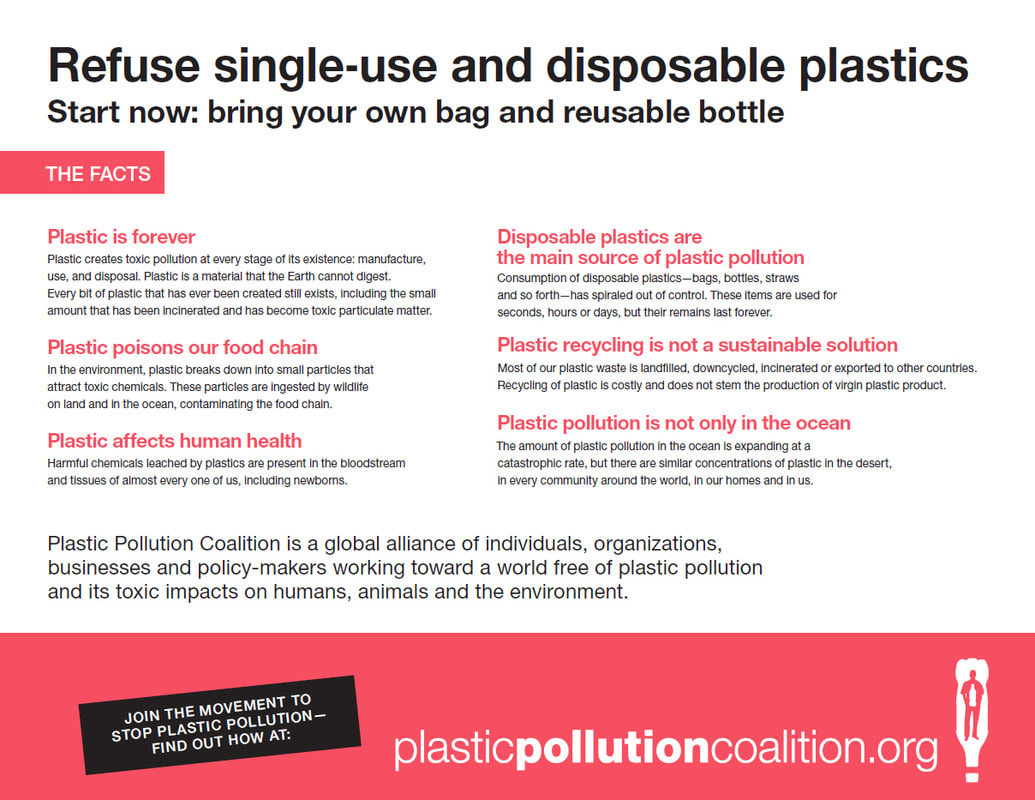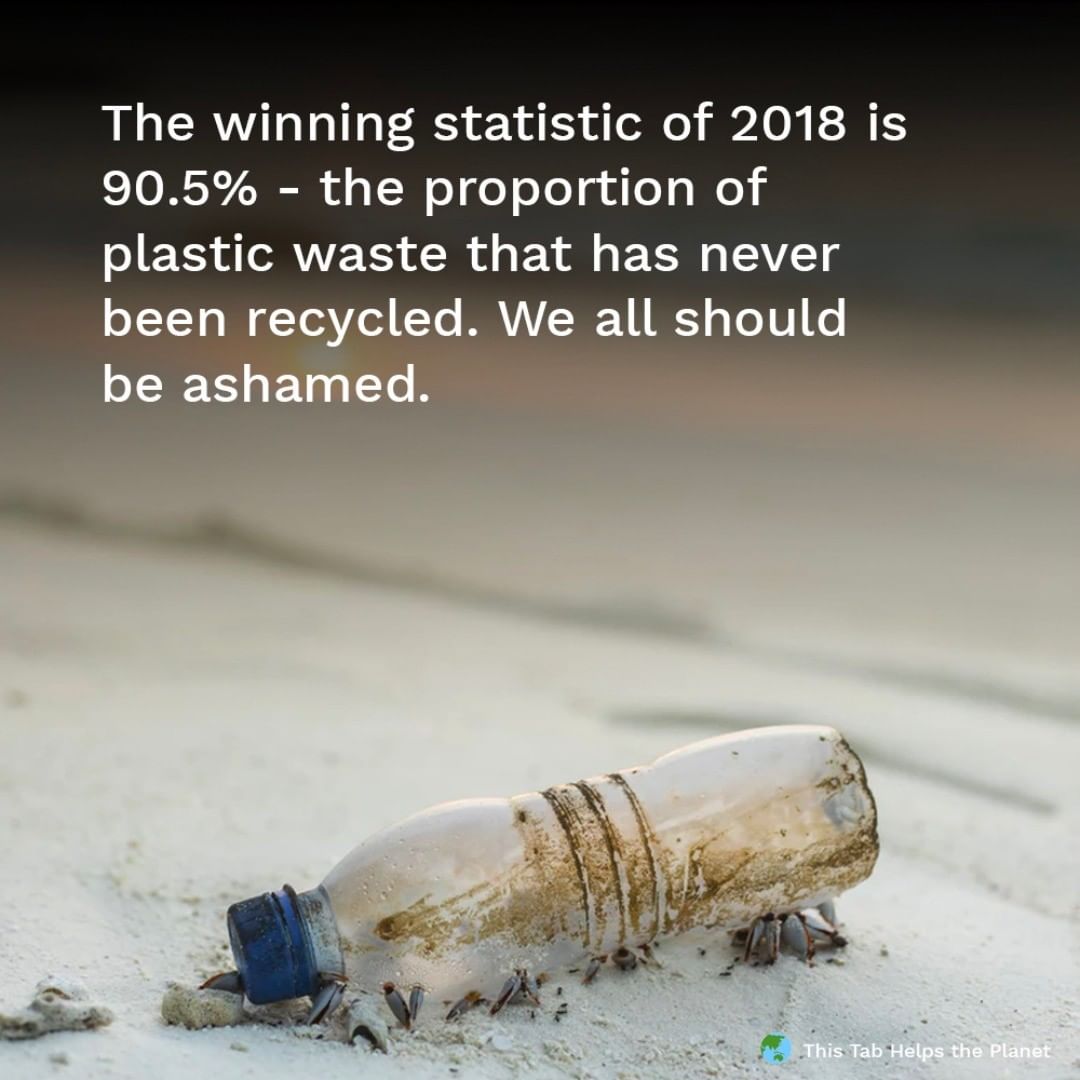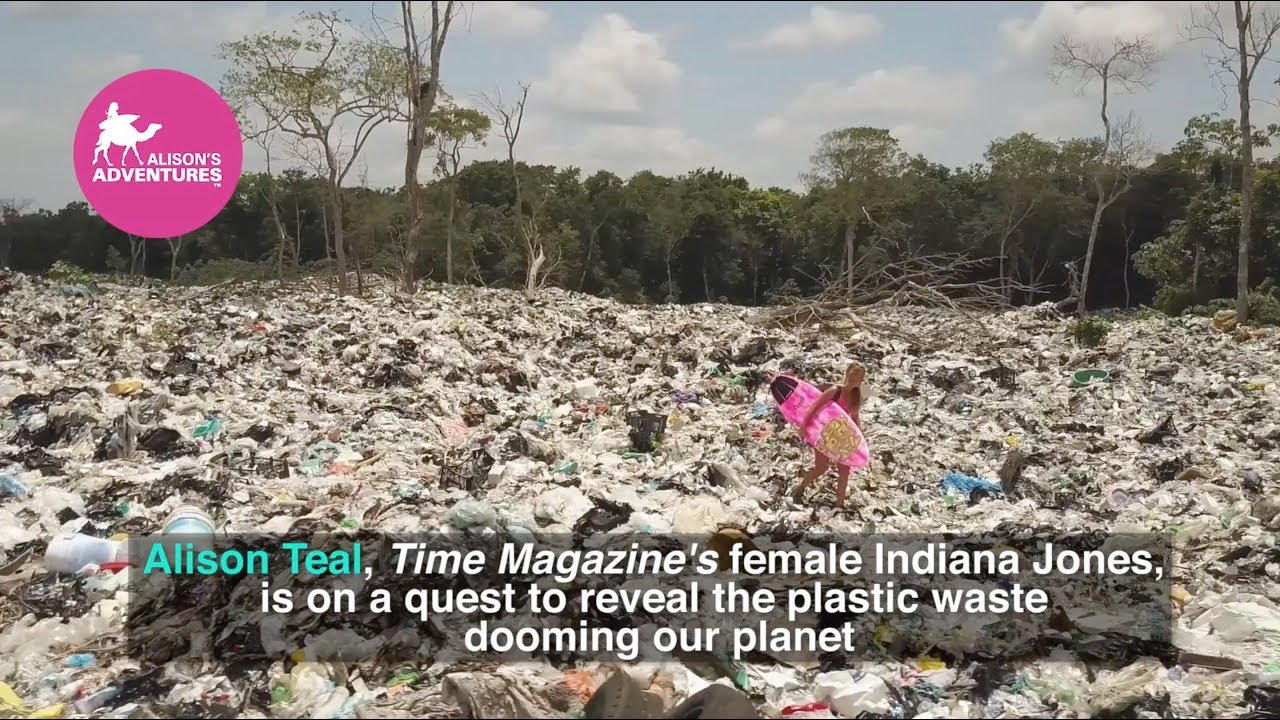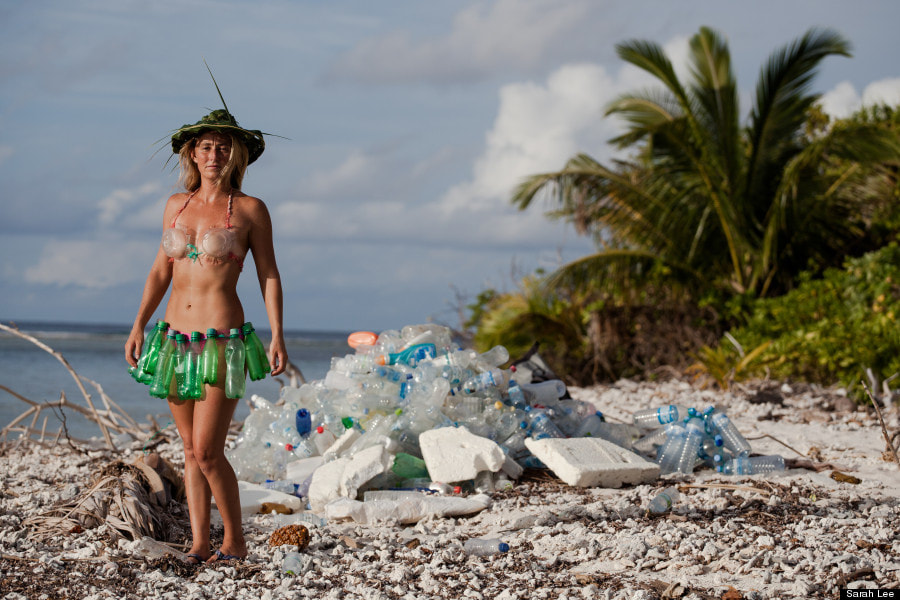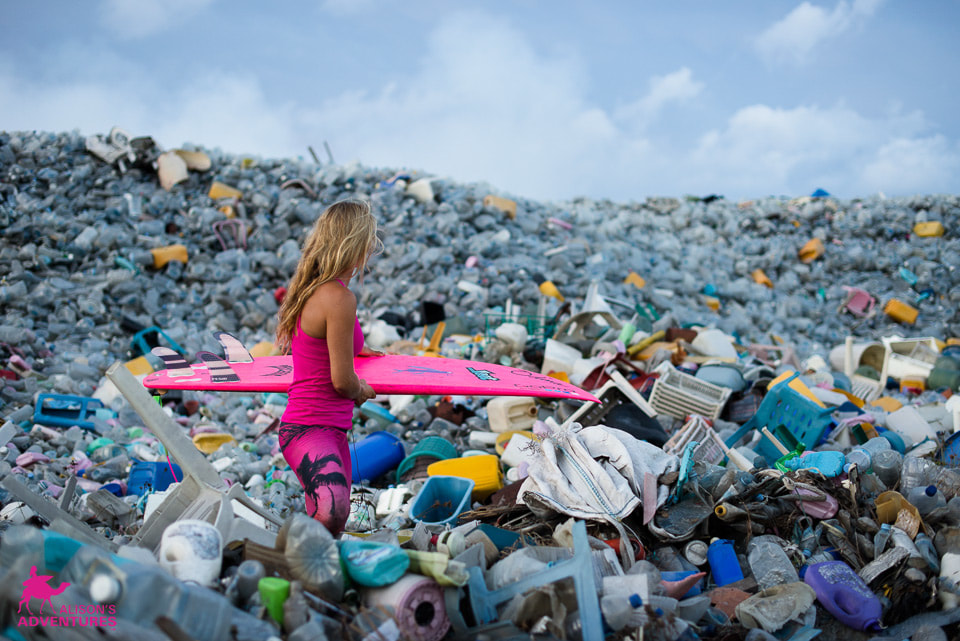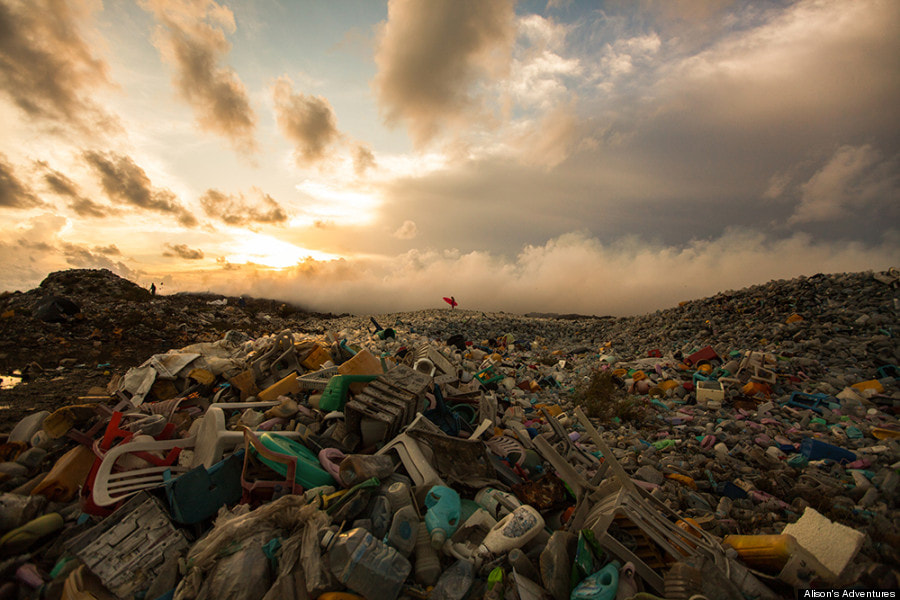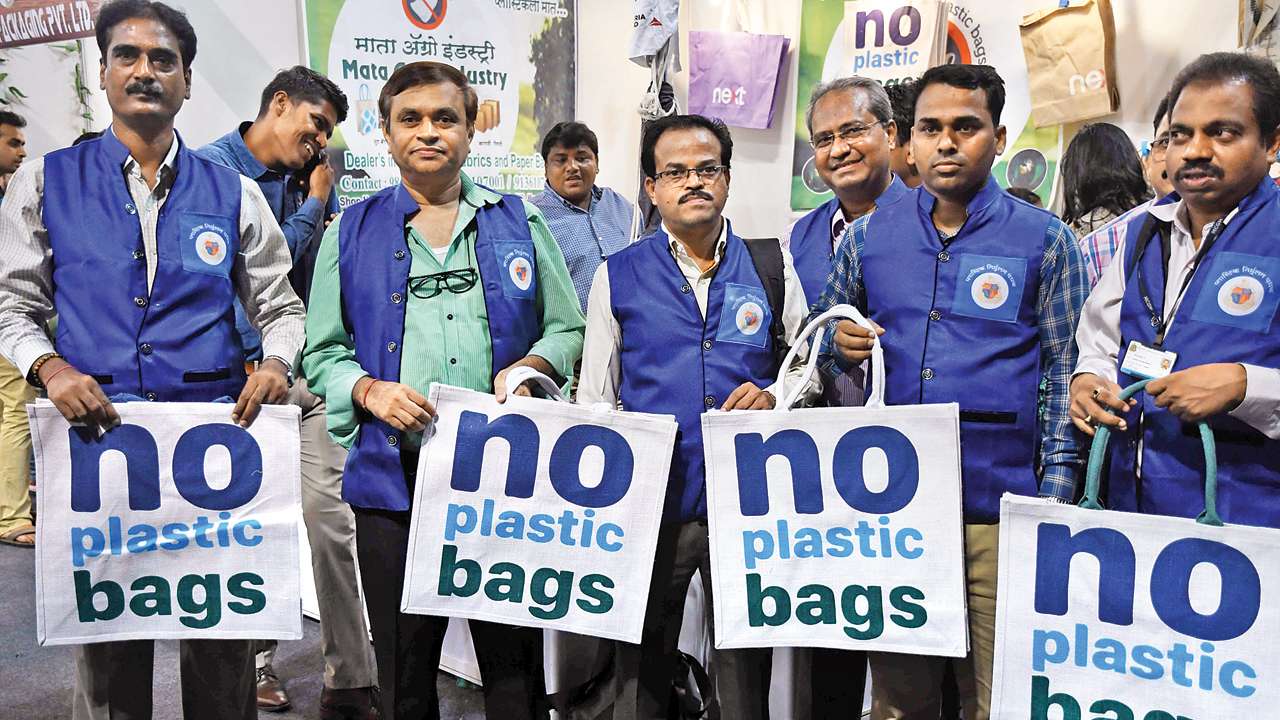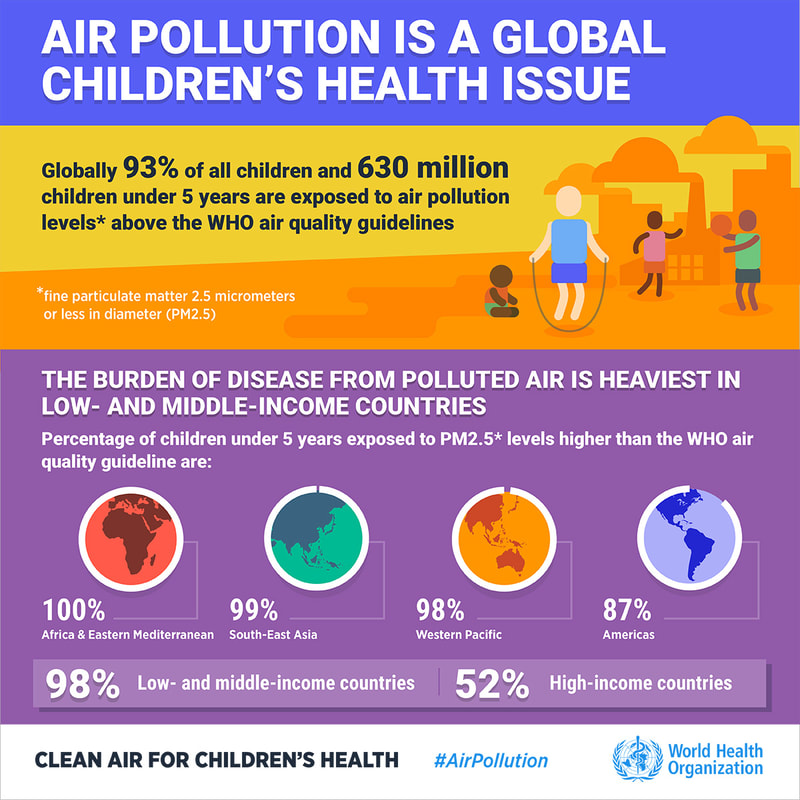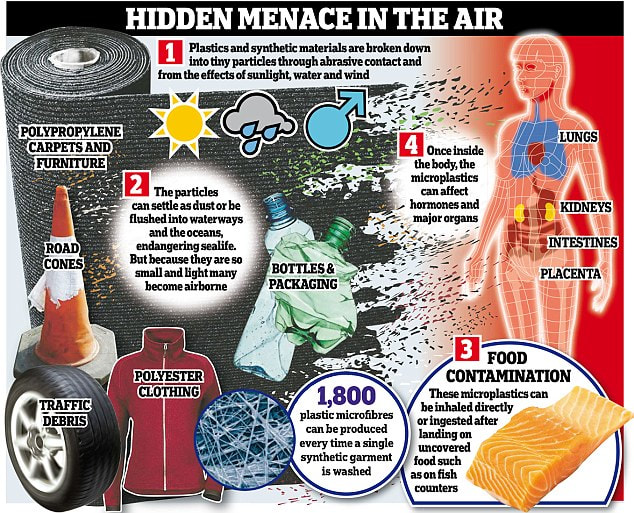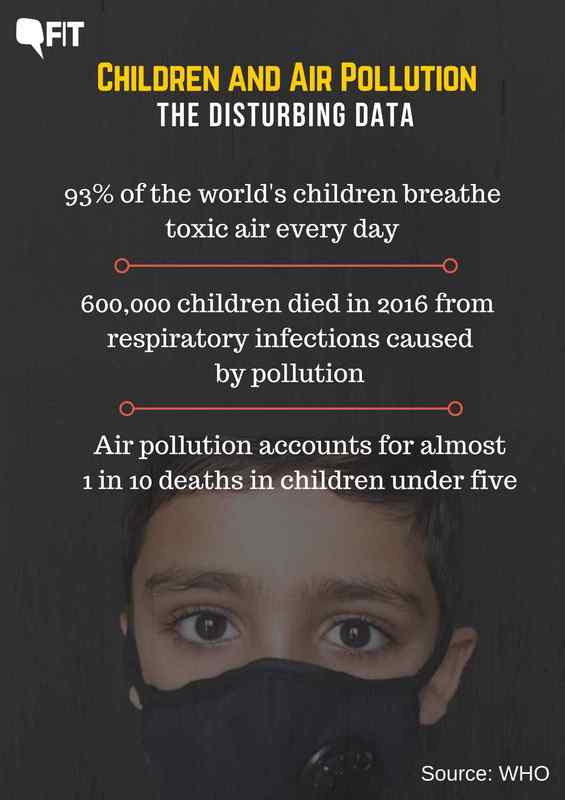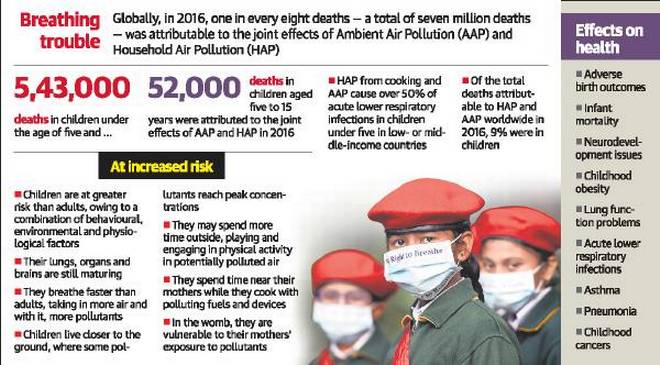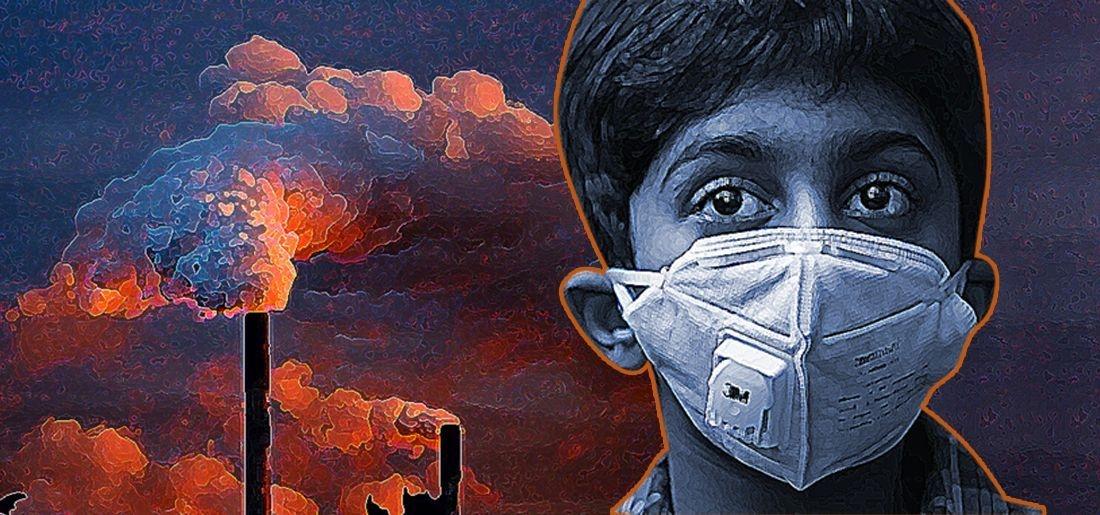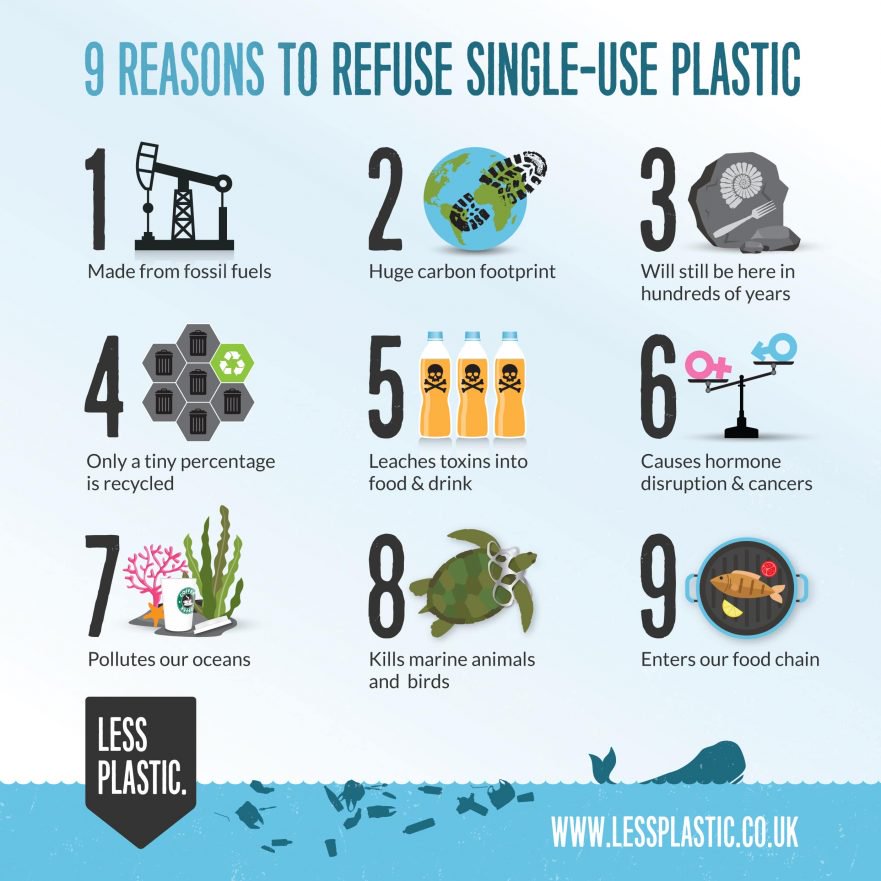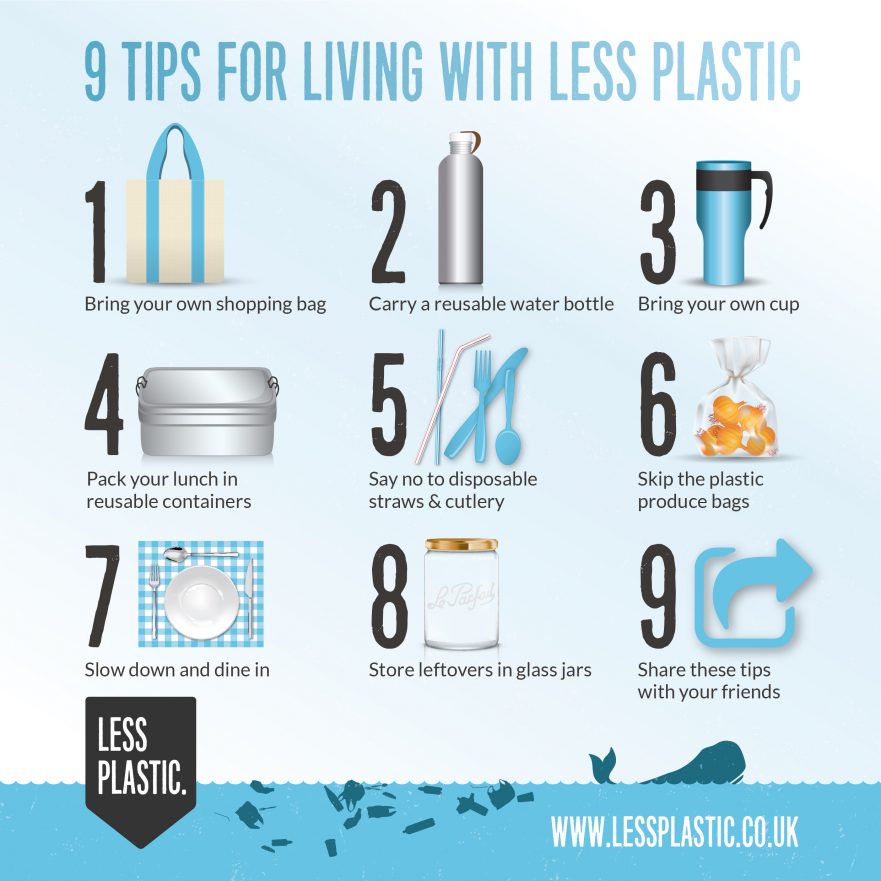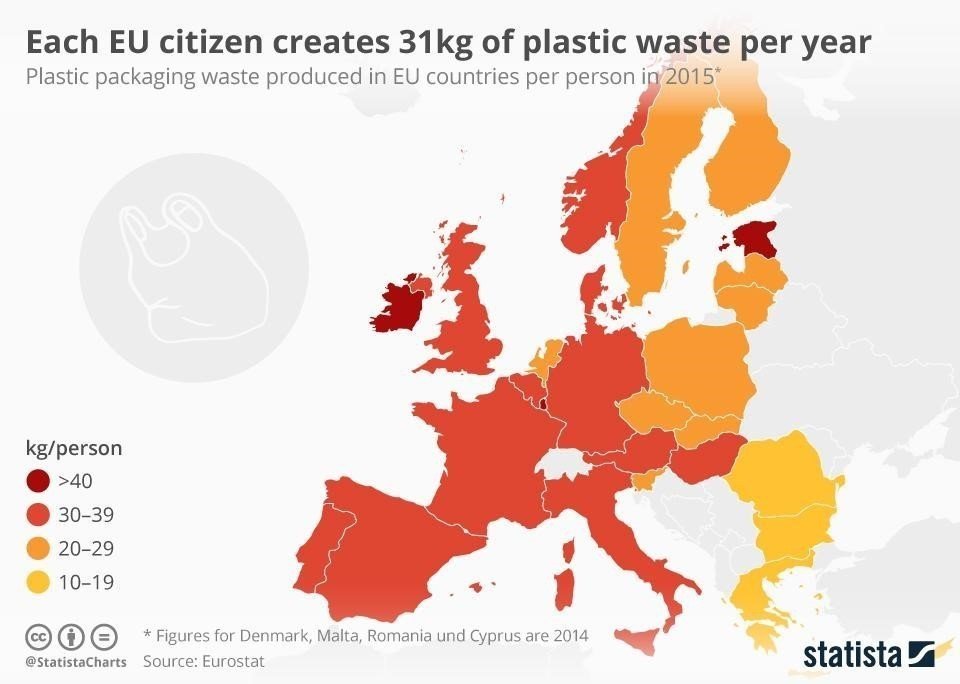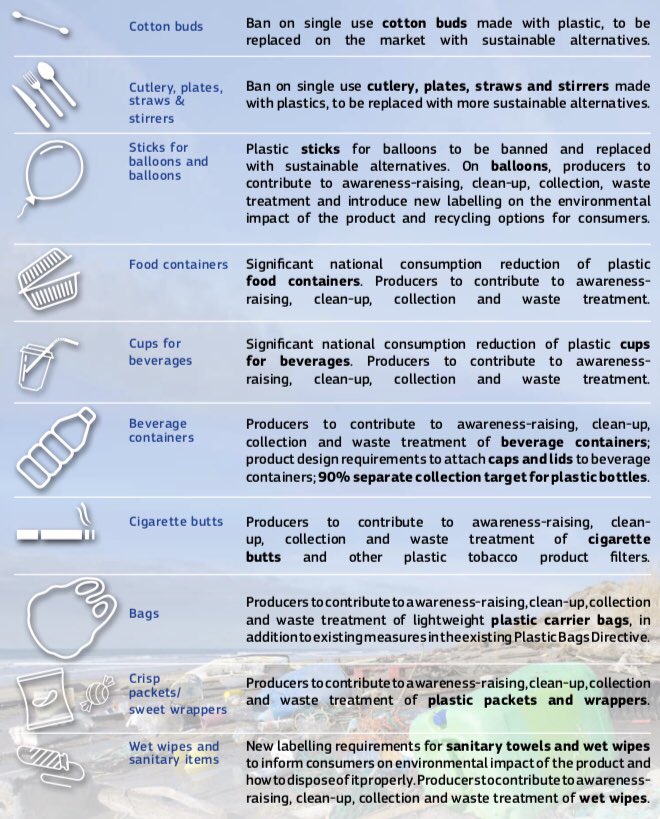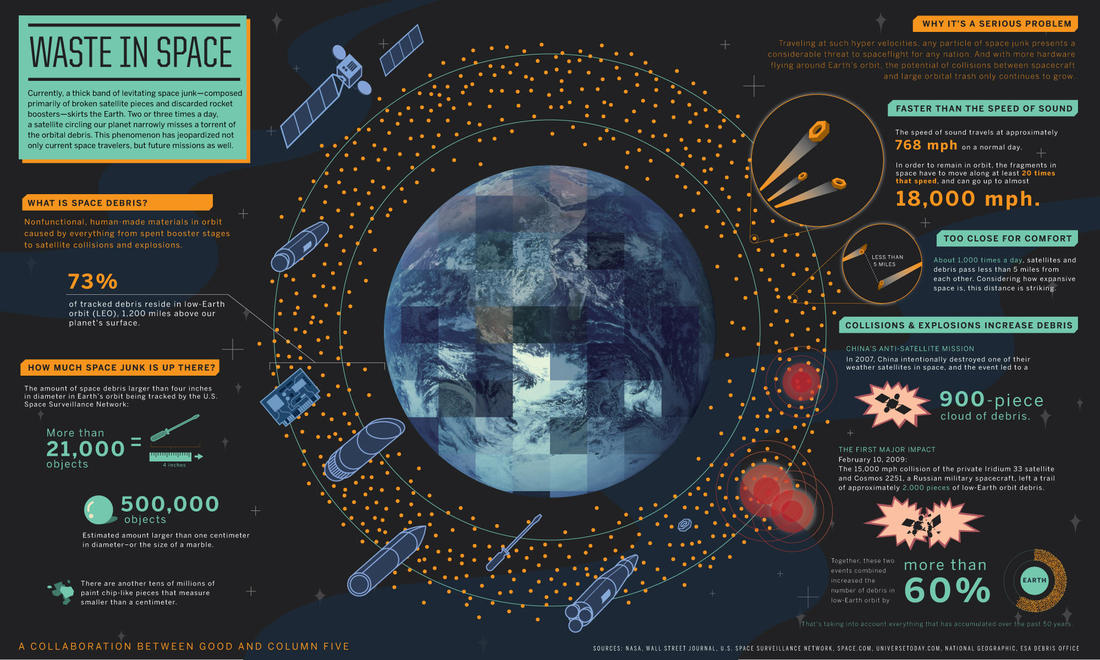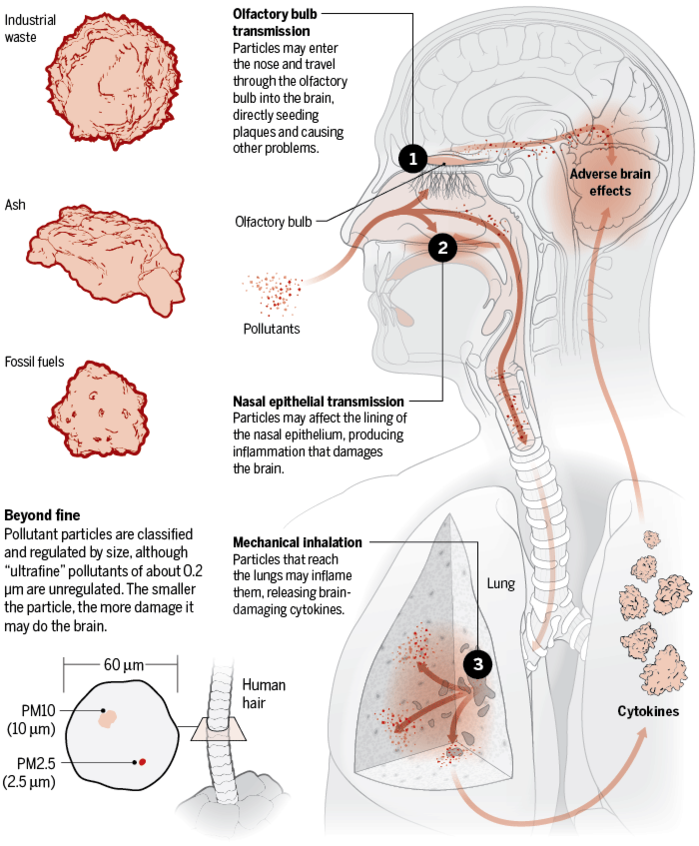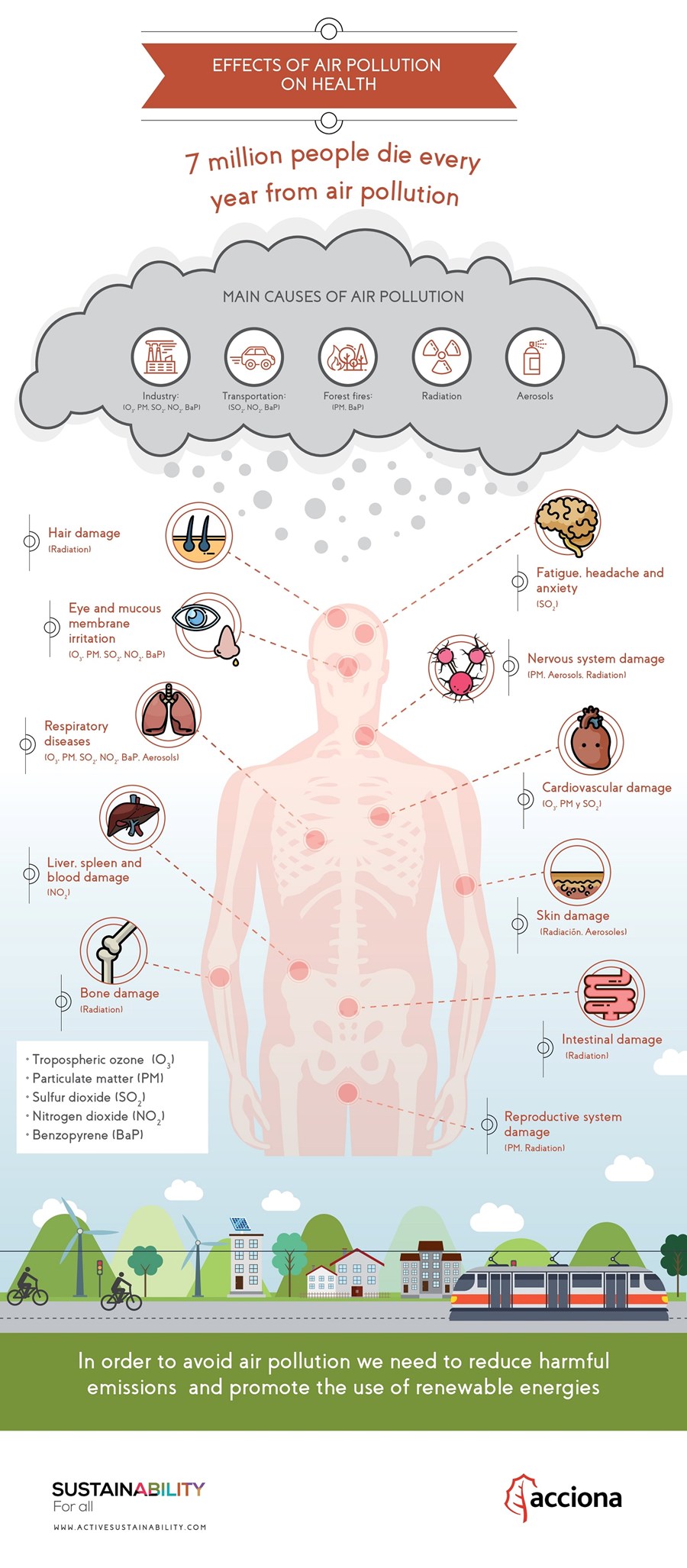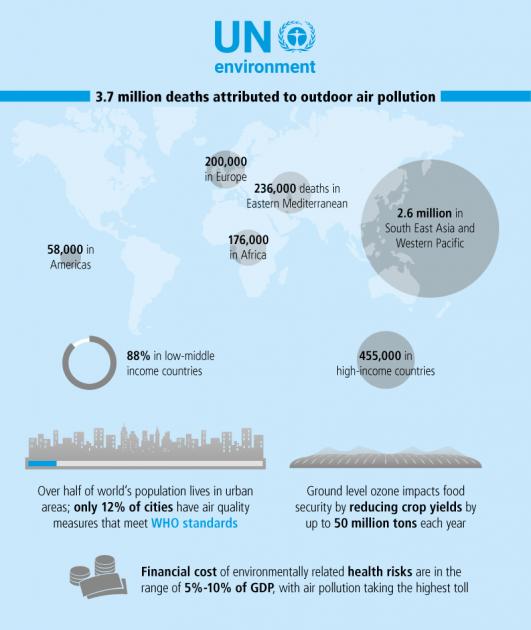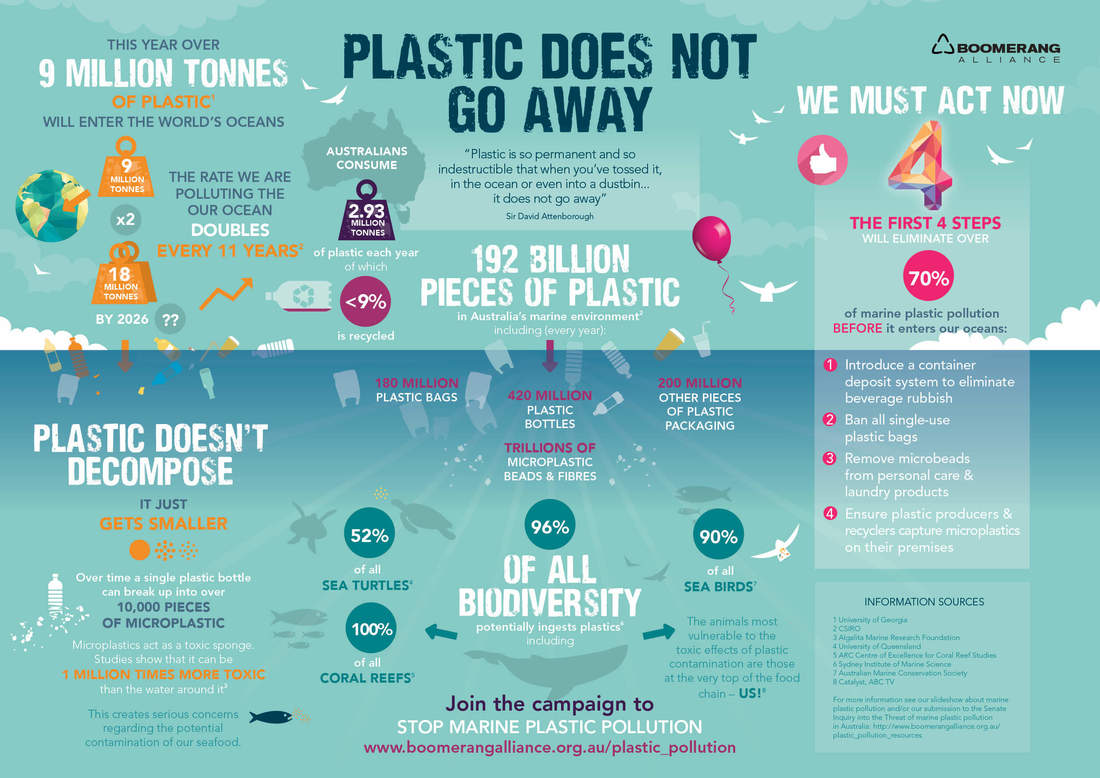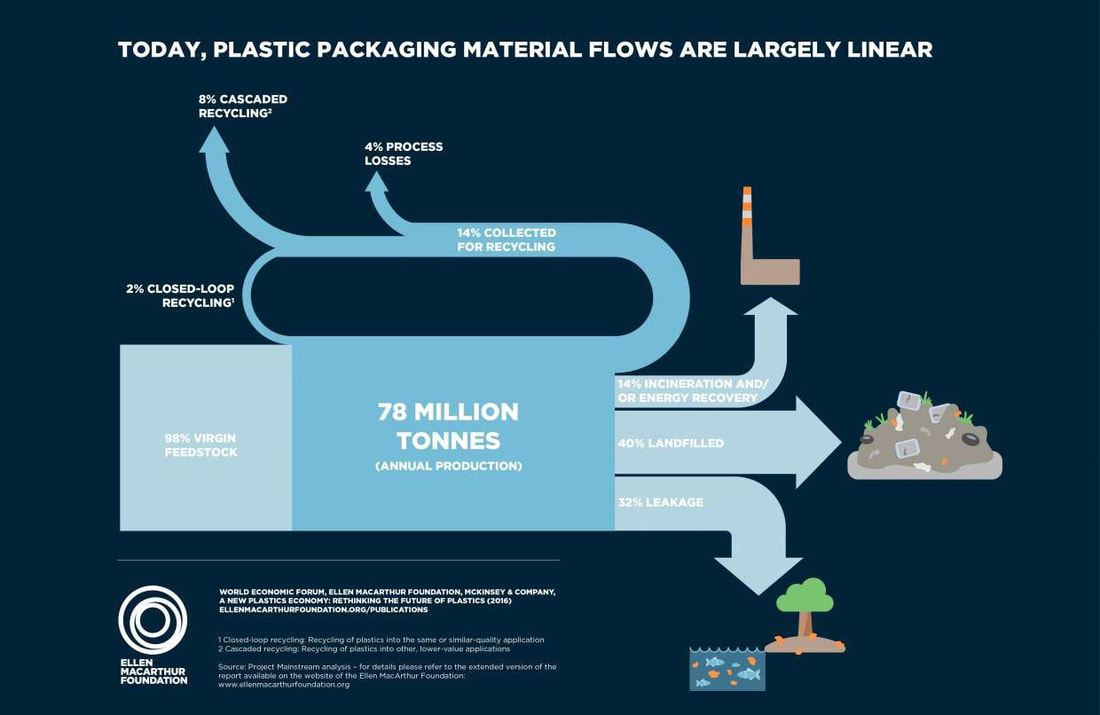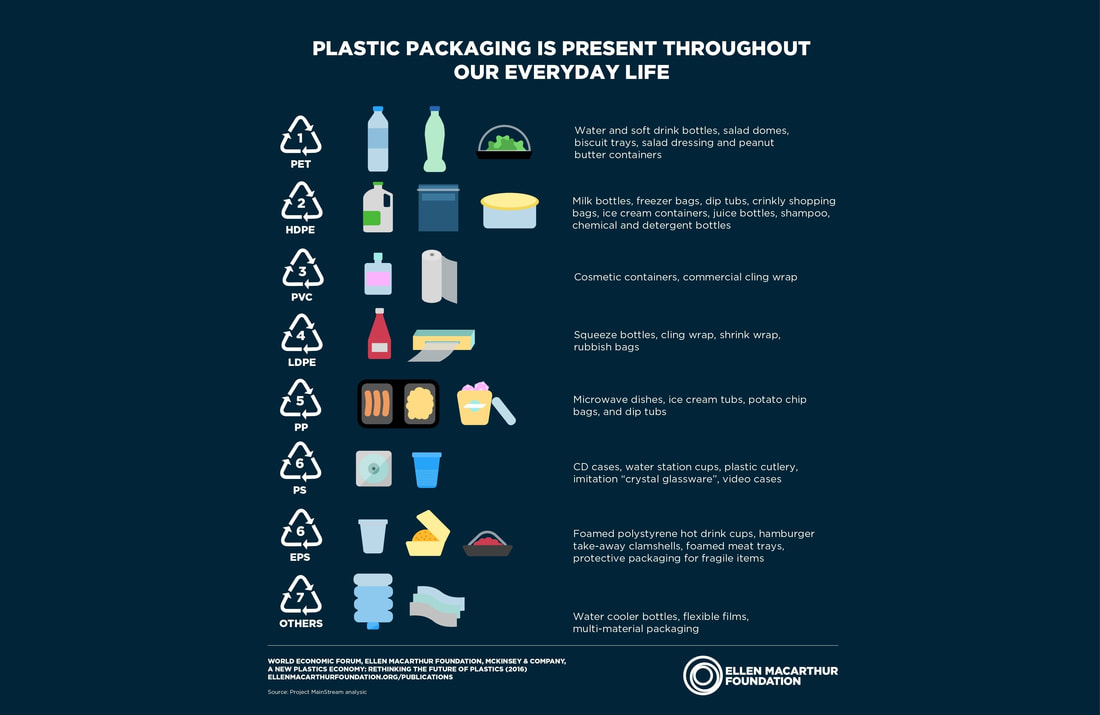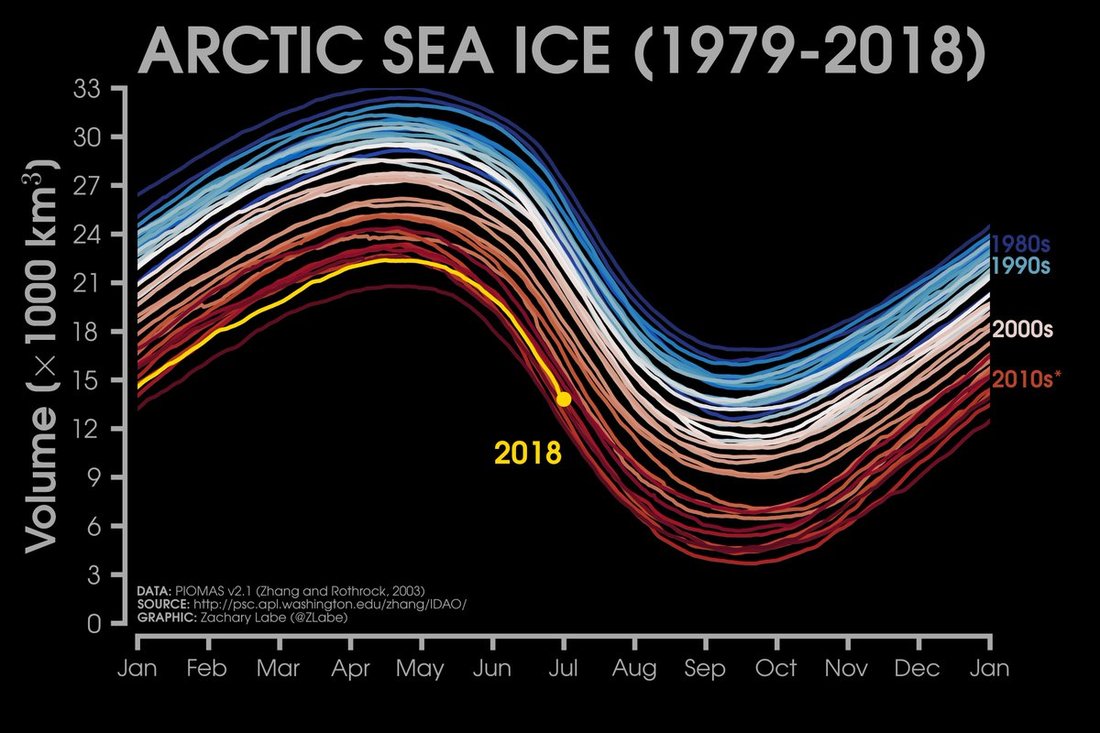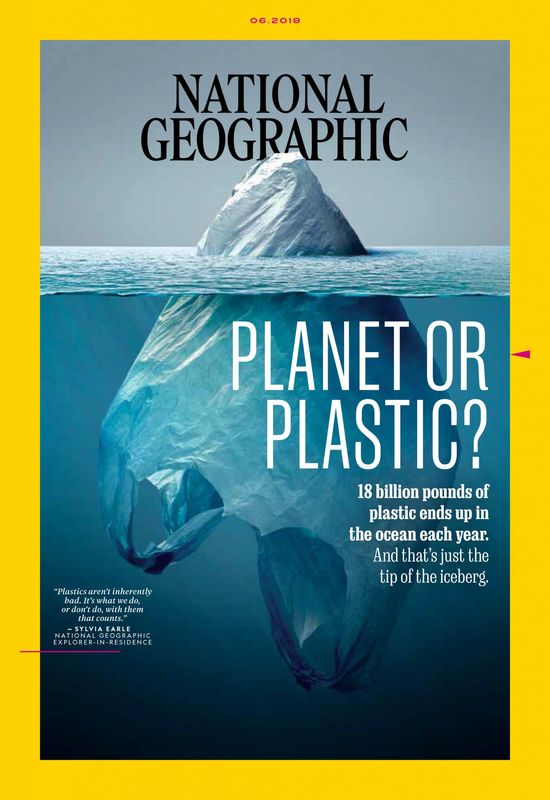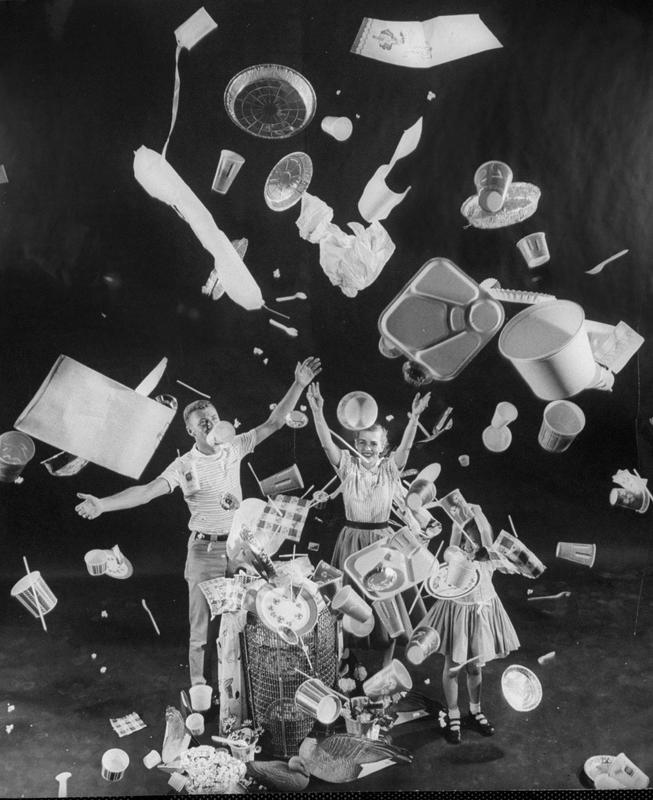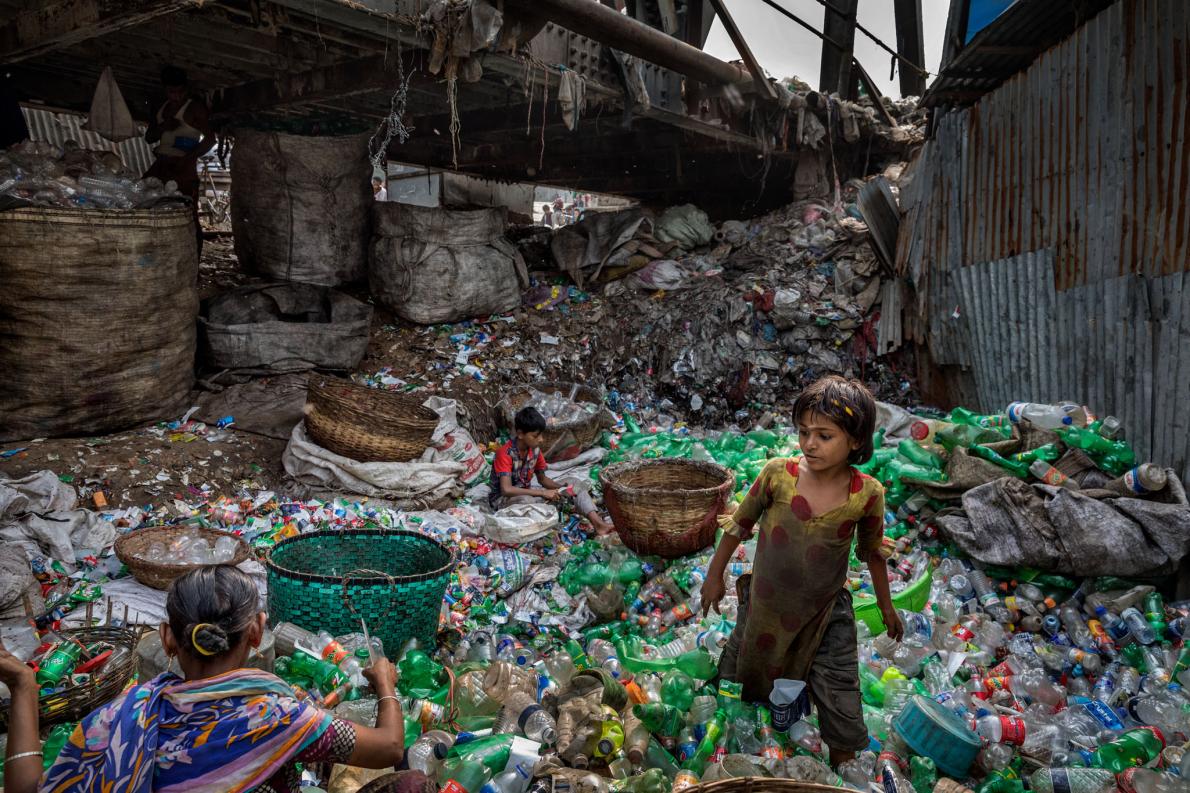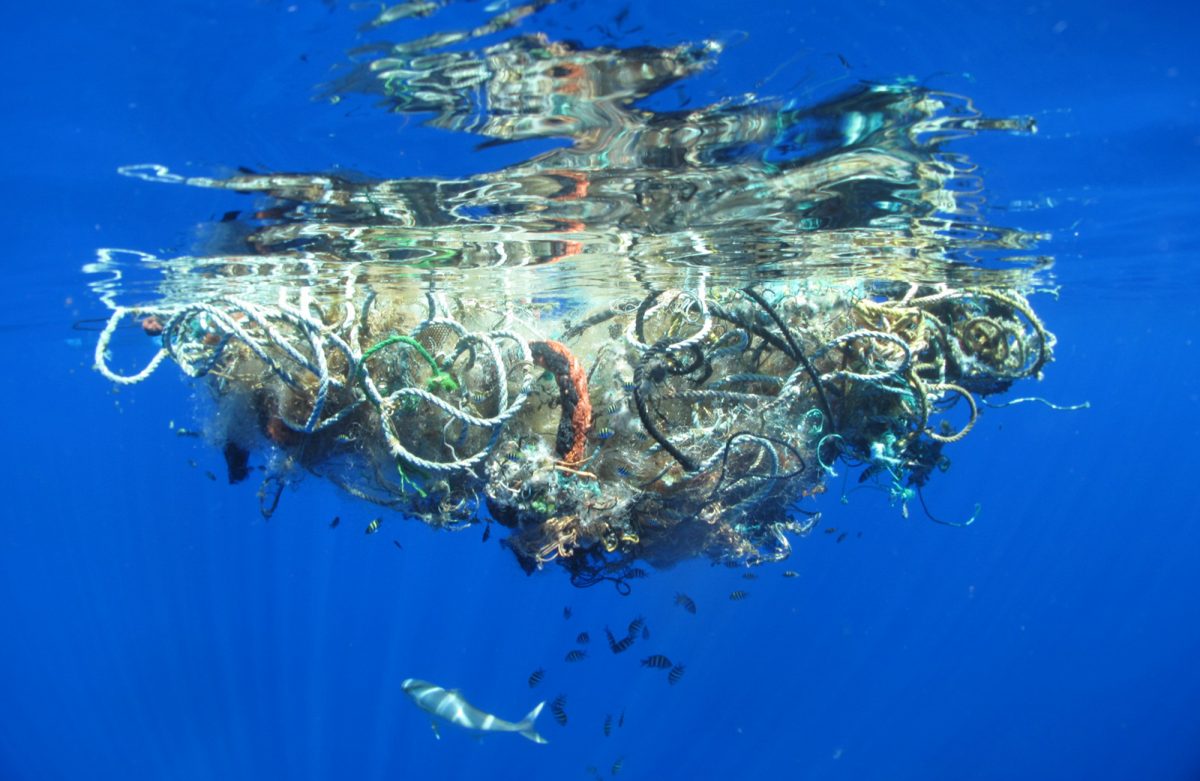Pollution Defined
Pollution occurs when pollutants contaminate the natural surroundings; which brings about changes that affect our normal lifestyles adversely.
Pollutants are the key elements or components of pollution which are generally waste materials of different forms. Pollution disturbs our ecosystem and the balance in the environment. With modernization and development in our lives pollution has reached its peak; giving rise to global warming and human illness.
Pollution occurs when pollutants contaminate the natural surroundings; which brings about changes that affect our normal lifestyles adversely.
Pollutants are the key elements or components of pollution which are generally waste materials of different forms. Pollution disturbs our ecosystem and the balance in the environment. With modernization and development in our lives pollution has reached its peak; giving rise to global warming and human illness.

23.09.2025
(132) Methane Pollution : Impact On The Environment And Health
29.07.2025
(131) 'Ecological Catastrophe': What To Know About Algae Bloom Crisis
18.05.2025
(130) Long-Term Contamination at Indonesia’s Harita Nickel Mine
25.04.2025
(129) Bangladesh Lead Poisoning Epidemic
05.03.2025
(128) Global E-Waste Traders Targeting Malaysia
28.02.2025
(127) Dirty And Unregulated Industrial Salmon Farms
22.01.2025
(126) Hundreds Of Volunteers Join Cleanup Effort As Bali Faces ‘Worst’ Plastic Pollution From Monsoons
18.12.2024
(125) Two Russian Tankers Sink In Black Sea Spilling 4,300 Tonnes Of Oil
14.11.2024
(124) ‘Thick White Froth’ Blankets Yamuna River In Delhi
22.10.2024
(123) Two Third Of Europe's Water Supplies Are Contaminated By Chemicals
13.09.2024
(122) Global Food Production Is Limited by Lack of Pollinators
07.08.2024
(121) Wind Turbine Blades: The Battle To Overcome Their Waste Problem
05.07.2024
(120) Air pollution Linked To Nearly 2,000 Child Deaths A Day
22.06.2024
(119) Ingested Microplastics Can Move From the Gut to the Brain and Other Organs
14.05.2024
(118) Thailand: 10 Million Sought Treatment For Pollution-Related Illnesses In 2023
12.04.2024
(117) Chocolate Prices To Keep Rising As West Africa’s Cocoa Crisis Deepens
26.03.2024
(116) Guatemala’s Rivers of Garbage
22.02.2024
(115) ‘They Lied’: Plastics Producers Deceived Public About Recycling, Report Reveals
16.01.2024
(114) Millions Of Plastic Pellets Wash Up On Spanish Beaches
19.12.2023
(113) As EVs Surge, So Does Nickel Mining’s Death Toll
15.11.2023
(112) Asbestos - Cancer Causing Substances
03.10.2023
(111) Light Pollution Is Getting Worse, And Earth Is Paying The Price
22.09.2023
(110) "Clean the World" Recyclers Collect Unwanted Soap From Hotels For The Needy
10.08.2023
(109) Artificial Intelligence Is Booming— So Is Its Carbon Footprint
06.05.2023
(108) 'Polyester-Eating' Enzymes To Help Combat Global Textile Waste
15.03.2023
(107) How is the Flower Industry Impacting the Planet ?Netherlands Uses 106kg of Pesticides per Hectare of Roses
26.02.2023
(106) Startups Creating Concrete That Can Absorb CO2
13.01.2023
(105) The Dark Side of Recycling - Final Destination For Tonnes of America's Plastic Waste
19.12.2022
(104) Real Or Fake - The Overlooked Benefits Of Real Christmas Trees
05.12.2022
(103) Company Closes Fashion Loop by Recycling Old T-Shirts
27.10.2022
(102) How Fast Fashion Is Using Kenya As A Dumping Ground For Textile Waste
10.09.2022
(101) Some 640,000 Tons Of Fishing Gear Is Lost Or Abandoned Annually In Seas And Oceans
16.08.2022
(100) "Sungai Watch" Reached the 120th Barrier Milestone in Protecting Indonesian Rivers
16.06.2022
(99) Great Ocean Garbage Patch And There Are 5 Major Garbage Patches
02.06.2022
(98) Chile: The Advance of the 742 Toxic Mountains
20.05.2022
(97) ‘Watermelon Snow’ Is Pink and Pretty, But It Signals Disaster
27.04.2022
(96) Chemical Pollution Has Passed Safe Limit For Humanity
15.04.2022
(95) Disposable Coffee Cups - Why Your Takeaway Cup Never Goes Away
09.03.2022
(94) Petrol From Used Tyres: A Solution to Zambia's Fuel And Waste Problems
20.02.2022
(93) Luxury Cruise Giant Emits 10 Times More Air Pollution (SOx) Than All Of Europe’s Cars
04.02.2022
(92) Waste Human Hair Could Help Clean Up Oil Spills In Oceans
01.01.2022
(91) Biodegradable Shopping Bags Buried For Three Years Still Work

A new study casts doubt on the viability of biodegradable plastics as an answer to plastic pollution. in 2015, Richard Thompson, a British marine biologisthe and his graduate students at Plymouth University buried a collection of bags labeled as biodegradable in the school’s garden. Three years later, when the bags were dug up, they not only had remained intact, they still could carry almost five pounds of groceries. The indestructible qualities of biodegradable bags are just one of the findings in a first-of-its-kind study published today in the journal Environmental Science & Technology.
|
19.10.2021
(90) Drugged Waters – How Modern Medicine Is Turning Into An Environmental Curse
08.09.2021
(89) Feeding Cattle Seaweed Reduces Their Greenhouse Gas Emissions 82 Percent
02.08.2021
(88) Sunscreen Pollution Proves Highly Toxic to Coral Reefs
12.06.2021
(87) The Carbon Cost of Your Cocaine
20.04.2021
(86) Bitcoin Mining Consumes 'More Electricity Than Argentina'
14.04.2021
(85) Heat-Reflecting Paint Keeps Things COOL Without Air Conditioners
19.02.2021
(84) Solar Panel Waste: The Dark Side of Clean Energy
18.01.2021
(83) More Garbage Than Water Threaten Dam in Balkans
11.12.2020
(82) This Man Is Installing 100 Trash Barriers In Bali’s Rivers To Stop Plastic Pollution
01.11.2020
(81) Millions of ‘Old and Unsafe’ Cars Sent to Developing World Fuelling Air Pollution
18.10.2020
(80) Enzyme "Cocktail" Breaks Down Plastics Six Times Faster
27.09.2020
(79) 1 Million Plastic Bottles Bought Every Minute, That's Nearly 20,000 Every Second
30.07.2020
(78)Cigarette Smoke Produces 2 Times More Air Pollution Than Diesel Car Exhaust
31.05.2020
(77)Plastic Pollution To Worsen Due To COVID-19 Masks.
09.04.2020
(76)Washed Ashore: Art to Save the Sea.
08.03.2020
(75)Microplastics In Unborn Kids .
16.02.2020
(74)Stop Exporting Plastic Waste From Britain To Malaysia.
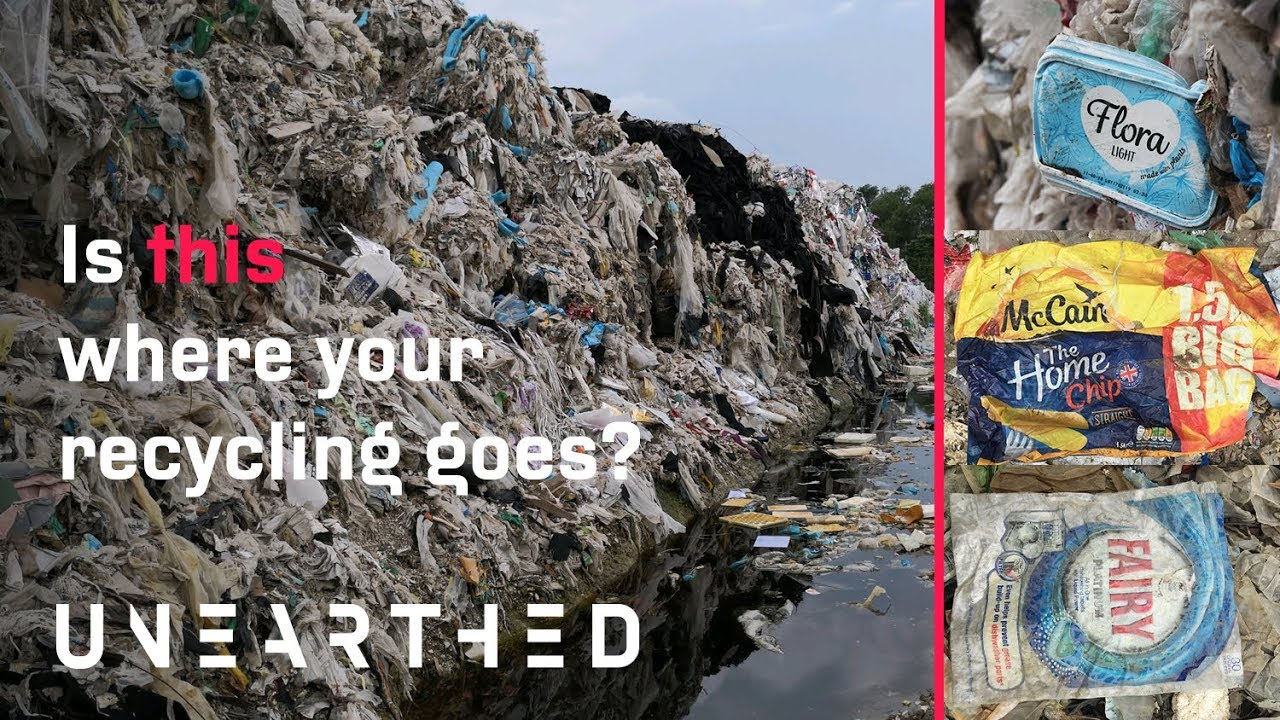
Britain has agreed to take back 42 containers of plastic waste illegally exported to Malaysia, as several Asian nations push back against becoming the world’s rubbish dump. Southeast Asia has been flooded with plastic from more developed nations such as the US and Britain since last year when China – which boasted a massive recycling industry – ordered a halt to imports.
|
12.01.2020
(73)Indonesia’s Citarum: The World’s Most Polluted River
30.12.19
(72)Polluted Air Affects 92% of Global Population, says WHO
14.12.19
(71) 2,000 Tons of Trash was Dumped Everyday at Ghazipur Landfill, India.
24.11.19
(70)The Oil and Gas Industry is the Most Polluted Industry in the World.
24.11.19
(69)The Fashion Industry is the Second Most Polluted Industry in the World.
21.11.19
(68)Pollution & Poverty are Killing More People Than The War Itself in Afghanistan.
28.10.19
(67)Disposable Batteries’ Severe Impact on the Environment.
26.10.19
(66)How Does Illegal Dumping In Waterways Affect the Environment ?
24.10.19
(65)Whales Keep Carbon out of the Atmosphere
24.10.19
(64)Ethiopia Opens Africa's First Waste-to-Energy Facility
09.10.19
(63)Tobacco Isn’t Just Bad for You — It’s Devastating the Environment
05.10.19
(62)Is Google Destroying Our Planet ?
26.08.19
(61)Fires Are Devouring the Amazon. And Jair Bolsonaro is to Blame.
31.07.19
(60)The ‘Lungs of the Planet’ Amazon are in Danger of Reaching a Tipping Point .
17.06.19
(59)How Air Pollution Is Destroying Your Brain.
11.05.19
(58) 10 Worst Plastic Polluting Companies Found by Global Cleanups
27.04.19
(57)Malaysia rated one of the world’s worst for plastic pollution.
20.03.19
(56)‘Black carbon’ rated as second largest cause of global warming.
18.03.19
(55)People Have Made Enough Plastic To Cover Argentina, New Study Says.
Scientists have conducted the world's first tally of how much plastic we've made and where all of it went. And they're absolutely horrified. "We all knew there was a rapid and extreme increase in plastic production from 1950 until now, but actually quantifying the cumulative number for all plastic ever made was quite shocking," Jenna Jambeck, an environmental engineer who specializes in plastic waste in the oceans, told National Geographic. “If you take the 8.3bn tonnes of plastic and spread it out as ankle deep waste – about 10 inches high – I calculated I could cover an area the size of Argentina with it," the study's lead author, Roland Geyer, told The Guardian. "That is the world’s eighth largest country.” With these staggering quantities, the report's authors fear we're approaching a "near-permanent contamination of the natural environment." Despite so much plastic already in circulation, plastic production has doubled every 15 years -- outpacing every other kind of man-made material. Credit: ati
08.03.19
(54)How plastic-eating bacteria actually work.
Scientists recently discovered a strain of bacteria that can literally eat the plastic used to make bottles, and have now improved it to make it work faster. The effects are modest – it’s not a complete solution to plastic pollution – but it does show how bacteria could help create more environmentally friendly recycling. In 2016, scientists from Japan tested different bacteria from a bottle recycling plant and found that Ideonella sakaiensis 201-F6 could digest the plastic used to make single-use drinks bottles, polyethylene terephthalate (PET). It works by secreting an enzyme (a type of protein that can speed up chemical reactions) known as PETase. This splits certain chemical bonds (esters) in PET, leaving smaller molecules that the bacteria can absorb, using the carbon in them as a food source. The improvements to the PETase activity were not dramatic, and we are nowhere near a solution to our plastic crisis. But this research helps us understand how this promising enzyme breaks down PET and hints at how we could make it work faster by manipulating its active parts. Credit: attn:
08.03.19
(53)A Chinese ban on rubbish imports is shaking up the global junk trade.
China’s recent crackdown on the import of plastic waste will result in millions of tons of displaced plastic trash, according to new research. The ban will force countries like the US to find new ways to deal with their own trash. Since 1988, nearly half of the planet’s plastic trash — like single-use soda bottles, food wrappers, and plastic bags — has been sent to China, where the material is recycled to make more plastic goods. The 2017 ban, however, has left countries like the US scrambling for what to do with all the extra plastic waste. The big question now is, if this garbage won’t end up in China, where will it go ? Credit: Bloomberg
07.03.19
(52) Five Facts that show how urgently we need to save our oceans.
1. 90% of the large fishes from our oceans have disappeared in the last 50 years.
As overfishing, pollution and warming seas is on rise.
2. We are taking seafood equivalent to the human weight of China out of the ocean every year.
That’s 80 to 90 million tonnes.
3. By 2040, there could be no sea ice in the Arctic during the summer.
The North pole has been warming twice as fast as the rest of the world for the past 50 years.
4. A third of the 78 million tonnes of plastic packaging produced every year ends up in the ocean.
And at current rates, it will be two trucks per minute by 2030.
5. Global warming has heated the ocean by the equivalent of one atomic bomb explosion per second for the past 150 years.
And as carbon emissions have risen. Its now equivalent to between three and six atomic bombs per second.
Credit: WORLD ECONOMIC FORUM , the dodo
As overfishing, pollution and warming seas is on rise.
2. We are taking seafood equivalent to the human weight of China out of the ocean every year.
That’s 80 to 90 million tonnes.
3. By 2040, there could be no sea ice in the Arctic during the summer.
The North pole has been warming twice as fast as the rest of the world for the past 50 years.
4. A third of the 78 million tonnes of plastic packaging produced every year ends up in the ocean.
And at current rates, it will be two trucks per minute by 2030.
5. Global warming has heated the ocean by the equivalent of one atomic bomb explosion per second for the past 150 years.
And as carbon emissions have risen. Its now equivalent to between three and six atomic bombs per second.
Credit: WORLD ECONOMIC FORUM , the dodo
18.02.19
(51)Egypt factory turns plastic into fibre, offering alternative to cotton.
An Egyptian factory uses recycled plastic bottles to produce polyester fiber as a cheaper alternative to cotton, after the country's cotton crop witnessed many hiccups. Egypt's most famous export, the silky soft cotton prized by makers of luxury bedding and clothing, has become scarce after its production fell over the years. According to the manufacturers, polyester made from recycled fibre is increasingly in demand in the market and is being added to the once pure-cotton fabrics used in textile. There is not much difference with respect to quality or texture between the clothes made from recycled material and normally made garments. It is proven that recycling plastic reduce air, water and land pollution. Thus, buying products made from recycled plastic bottles indirectly help to create a sustainable living and environment. Credit: Reuters
18.02.19
(50)The Wasteshark drone eliminates public pollution from oceans.
The Danish company RanMarine Technology has developed an aquadrone that sucks up garbage from the water. It’s called the WasteShark, and it can “eat” up to 200 liters of trash in one trip. Capable of swimming for up to 16 hours, the WasteShark scans its immediate environment as it works, collecting data to send back to its central command. It can test the waters for pH levels, conductivity, ammonium, chloride, nitrate, salinity, and many other metrics. The WasteShark can be steered manually via remote control or through a plotted map on an iPad. It’s best suited for harbors, rivers, and canals — so-called “waste chokeholds” that RanMarine Technology has identified based on weather patterns, shipping and wind movements, and the tides. Credit: attn:
18.01.19
(49)Plogging: The eco-friendly workout trend that’s sweeping the globe.
A new international workout trend has made it possible to get in shape and care for the environment at the same time. Groups of people around the world are picking up trash while out running, an activity known as “plogging”, a combination of jogging and the Swedish word for pick up, plocka upp. Started in Sweden, this innovative activity has gone global, gaining popularity among environmentalists and fitness enthusiasts alike. Since then the movement has grown organically around the world, thanks in large part to social media. Initially used as a tool for organizing events, plogging-related posts and hashtags have helped spread the activity from country to country, with most new participants inspired by what they’ve seen online. Besides the obvious environmental benefits, the extra movements in plogging makes it healthier than if you simply ran past the trash. a half hour of plogging burns 288 calories, compared with the 235 calories burned during regular jogging. Credit: NOW THIS
12.01.19
(48)U.N. report: 90% percent of plastic never recycled
Just one example from the U.N. report: Each year, consumers world-wide use an estimated 5 trillion plastic bags. That’s a rate of about 10 million per minute. If all of those bags were tied together, a year’s worth would wrap around the Earth seven times. In real-world terms, that 90.5 percent statistic adds up to about 6.3 trillion metric tons of plastic that has either been incinerated or dumped somewhere in the world. Plastic takes more than 400 years to degrade, so most of it still exists in some form. The vast majority—79 percent—is accumulating in landfills or sloughing off in the natural environment as litter. Meaning: at some point, much of it ends up in the oceans, the final sink. If present trends continue, by 2050, there will be 12 billion metric tons of plastic in landfills. That amount is 35,000 times as heavy as the Empire State Building. Credit: WORLD ECONOMIC FORUM
15.12.18
(47)PLASTICS and ALISON TEAL – It’s worse than you could ever imagine
This year, Alison Teal arrived on a Maldivian island and ready to do 21 days without food or water for Discovery Channel’s reality show, she was overwhelmed with how much plastic trash she saw washed up across the small island. She even handcrafted a raft from the pollution and paddled back to civilization, thus winning the challenge. Teal filmed her return to the Maldives as a part of her online film series Alison’s Adventures. Her goal was to clean the island while raising awareness about plastic pollution. With permission from the country’s government, Teal and her crew documented the Maldives’ Trash Island, also known as Thilafushi. Only a few miles away from the Maldivian capital of Malé, Thilafushi is an artificial island and acts as one of the country’s main landfills. About 300 to 400 tons of trash are dumped on the island every day. Credit: PlayGround
08.12.18
(46)World's first 'plastic-free' packaging supermarket opens in Germany.
The opening of world's first plastic-free supermarket in Germany is the fruit of a year-long campaign launched in January 2017 with a single goal: "to dramatically reduce" plastic usage, especially in food and drinks packaging. The concept of the store is simple: all food is provided in bulk and customers bring their own containers. If you forget your containers, you can borrow multi-use ones from the store, or make use of recycled paper bags. While the concept is familiar to food co-ops, Original Unverpackt is on a larger scale and provides absolutely no single use packaging or pre-packaged goods. Dry goods are dispensed from gravity bins, allowing shoppers to customize their purchase and avoid wasting food at home caused by buying more than they really need. Credit:
08.12.18
(45)Mumbai's anti-plastic police
The streets of Mumbai are now patrolled by anti-plastic police, known as the Blue Squad. They can impose fines of up to 300 euros or even jail time for anyone caught using single-use bottles, cups or bags. “The job is very stressful. When we fine traders and shopkeepers there is some form of resistance or violence in 99% of cases,” ,“It is difficult to work in such situations. Since the amount is huge, people don’t pay up easily. “[But] we are happy doing this job because it helps society and protects the environment. Our goal is not just to raise revenue but create awareness too,” they added. Officials say citizens are already seeing the benefits of the ban.
Nidhi Choudhari, a deputy municipal commissioner in charge of enforcing it, told AFP that INR11.6 million in fines had been collected and over 21 tonnes of plastic seized. Credit: Brut.
Nidhi Choudhari, a deputy municipal commissioner in charge of enforcing it, told AFP that INR11.6 million in fines had been collected and over 21 tonnes of plastic seized. Credit: Brut.
08.12.18
(44)Revolutionary Idea: Paying For Public Transport With Trash In Surabaya, Indonesia
Indonesia’s second-largest city has come up with a novel way to encourage its residents to recycle waste: giving free bus rides in exchange for used plastic bottles. Under the scheme launched by Surabaya in April, commuters can ride red city buses by dropping off plastic bottles at terminals or directly ‘paying’ a fare with bottles. A two-hour bus ticket costs 10 plastic cups or up to five plastic bottles, depending on their size, which the city hopes will help it meet an ambitious target of becoming free of plastic waste by 2020. City data shows that 15 percent, or nearly 400 tonnes, of Surabaya’s daily waste is plastic. A bus can collect up to 250 kg (550 lb) of plastic bottles a day, or roughly 7.5 tonnes in a month, the data shows. Indonesia, an archipelago of thousands of islands, is estimated to be the world’s second-largest contributor of plastic pollutant in the oceans after China, according to a 2015 study published in “Science” journal. Credit: World Economic Forum
24.11.18
(43)You’re eating microplastics in ways you don’t even realise.
We’re increasingly aware of how plastic is polluting our environment. Much recent attention has focused on how microplastics – tiny pieces ranging from 5 millimetres down to 100 nanometres in diameter – are filling the seas and working their way into the creatures that live in them. That means these ocean microplastics are entering the food chain and, ultimately, our bodies. But fish and shellfish aren’t our only food sources that can contain microplastics. And, in fact, other sources that don’t come from the sea might be much more worrying. A portion of consumer-grade mussels in Europe could contain about 90 microplastics. Consumption is likely to vary greatly between nations and generations, but avid mussel eaters might eat up to 11,000 microplastics a year. So, yes, we are eating small numbers of microplastics from marine products. But it may only take drinking a litre of bottled water a day to consume more microplastics than you would from being an avid shellfish eater. And the other question scientists have yet to answer when it comes to microplastics in our food is how much harm they actually do. Credit: attn:
03.11.18
(42) 93 percent of the world’s children breathe toxic, polluted air each day.
Nearly 2 billion children – about 93 percent of the world’s children under the age of 15 – breathe toxic, putrid air that’s so polluted it puts their health and well-being at serious risk, a new report said. Many of the children die: The United Nations' World Health Organization (WHO) estimates 600,000 children died in 2016 from lower respiratory infections caused by dirty air. Air pollution can affect children's cognitive ability and can also trigger asthma as well as cancer. Children who have been exposed to high levels of air pollution may be at greater risk for chronic illnesses such as cardiovascular disease later in life. The problem is most severe in low- and middle-income countries, the report said, primarily nations in Africa, Southeast Asia, the eastern Mediterranean and western Pacific. The report said that overall, about 7 million people around the world die each year because of air pollution. In fact, one-third of the deaths from stroke, lung cancer and heart disease stem from polluted air, the WHO said. Credit: WHO
03.11.18
(41)The European Union Just Voted To Ban Single-Use Plastics By 2021.
The European Parliament has voted to ban single-use plastics across the board in an attempt to stop the unending stream of plastic pollution making its way into the oceans. Such plastic products are, as the name suggests, used just once and then thrown away. They include things like straws, plates, cups and cotton buds, and can take several centuries to degrade in the oceans where they are increasingly observed to be consumed by marine life. According to the European Commission, such plastics make up 70 percent of all marine litter. A vote at the European Parliament was held earlier this week, with a huge majority of MEPs – 571 yays to 53 nays, with 34 abstentions – agreeing to enforce the ban by 2021. Credit: European Parliament
13.10.18
(40)The Amount of Space Junk Around Earth Has Hit A Critical Point
As some scientists try to clean up the world’s oceans and remove greenhouse gases from the atmosphere, others are tackling the problem of pollution in space. Defunct satellites, spent rocket parts and thousands of other pieces of human-made debris have accumulated in orbit around Earth in recent decades — and the problem is getting worse. The consortium’s refrigerator-sized RemoveDebris satellite deployed the spring-loaded net and captured a tiny cubesat that had been released for the experiment. Footage of the test shows the web-like net shooting out and trapping the mock space debris. Credit: University of Surrey
10.10.18
(39)IT’S ONE LAST CHANCE TO STOP CLIMATE CHANGE BEFORE IT BECOMES IRREVERSIBLE
We have 12 years to limit climate change catastrophe , warns UN. Urgent changes needed to cut risks of extreme heat, drought, floods and poverty, says IPCC. The world’s leading climate scientists have warned there is only a dozen years for global warming to be kept to a maximum of 1.5C, beyond which even half a degree will significantly worsen the risks of drought, floods, extreme heat and poverty for hundreds of millions of people.
Credit: NPR (National Public Radio)
Credit: NPR (National Public Radio)
28.9.18
(38)The Mental Cost of Air Pollution
People can easily inhale fine particulate matter (particles less than 2.5 micrometers in diameter) and absorb it into the bloodstream. Fine particulate matter is considered of greater risk than larger particles. The researchers found that the risk of psychological distress increased alongside the amount of fine particulate matter in the air. For example, in areas with high levels of pollution (21 micrograms per cubic meter), psychological distress scores were 17 percent higher than in areas with low levels of pollution (5 micrograms per cubic meter). Another finding: Every increase in pollution of 5 micrograms per cubic meter had the same effect as a 1.5-year loss in education. Credit: Underwood, Science 2017
22.9.18
(37)Scientists accidentally create mutant enzyme that eats plastic bottles
Scientists have created a mutant enzyme that breaks down plastic drinks bottles – by accident. The breakthrough could help solve the global plastic pollution crisis by enabling for the first time the full recycling of bottles. The new research was spurred by the discovery in 2016 of the first bacterium that had naturally evolved to eat plastic, at a waste dump in Japan. Scientists have now revealed the detailed structure of the crucial enzyme produced by the bug. The mutant enzyme takes a few days to start breaking down the plastic – far faster than the centuries it takes in the oceans. But the researchers are optimistic this can be speeded up even further and become a viable large-scale process. Credit: GETTY
22.9.18
(36)The World's Largest Ocean Cleanup Has Officially Begun
Ambitious dreams have now become a reality as the Ocean Cleanup deploys its $20 million system designed to clean up the 1.8 trillion pieces of trash floating in the Great Pacific Garbage Patch. The system was designed by the nonprofit Ocean Cleanup, which was founded in 2013 by 18-year-old Dutch inventor Boyan Slat. Their mission is to develop "advanced technologies to rid the world’s oceans of plastic." The Great Pacific Garbage Patch is a vortex of trash created from an ocean gyre in the central North Pacific. The trash vortex was discovered in the mid-1980s and lies halfway between Hawaii and California. The garbage patch is so large, it is easily detectable from space via satellites and covers roughly 1.6 million square kilometers and 1.8 trillion pieces of debris.
8.9.18
(35)Why Coral Reef Restoration Could Save Our Oceans.
Warmer temperatures, along with overfishing, runoff, and dredging, have now killed off nearly 50 percent of the world's coral reefs. The impact of the ongoing climate change, directly affecting coral reefs by an already measurable rise of sea water temperature, was manifested by the third global bleaching event in 2015/16. This event caused a mass die-off of corals. Coral Restoration Foundation (CRF) is the world's largest non-profit marine-conservation organization dedicated to restoring coral reefs to a healthy state, in Florida and globally. Credit: Coral Restoration Foundation
8.9.18
(34)The desparate race to save melting glaciers with blankets.
The Rhône Glacier is getting dressed up in white blankets and for a good cause: to protect it from further melting as a result of global warming. Every spring for the past eight years, residents from the neighboring Obergoms area have trekked up the Swiss mountain to wrap thermal blankets around parts of the glacier and the ice grotto carved inside it. Credit: Seeker+SCI
25.8.18
(33)A Running List of Action on Plastic Pollution.
https://www.nationalgeographic.com/environment/2018/07/ocean-plastic-pollution-solutions/
Credit: NATIONAL GEOGRAPHIC
Credit: NATIONAL GEOGRAPHIC
25.8.18
(32)Swimming in the sea increases risk of illness.
Pollution of coastal waters by sources including sewage and farm run-off may be the cause. The study was published in the International Journal of Epidemiology on February 26. Researchers identified a 77 per cent increase of ear ailment symptoms such as earaches for sea swimmers versus non-swimmers. The risk for gastrointestinal symptoms like diarrhea and stomach aches went up by 29 per cent. Credit: Seeker+SCI
25.8.18
(31)Contact Lenses Are a Surprising Source of Pollution.
Wastewater contains billions of lenses, which eventually make their way into the environment. After analyzing various stages of the process, they found that lenses degraded somewhat during waste-water treatment but did not break down entirely, meaning that small fragments of plastic are being flushed out into the water supplies, potentially endangering marine life.
Credit: American Chemical Society
Credit: American Chemical Society
25.8.18
(30)Degrading plastics revealed as source of greenhouse gases.
Researchers have found that several greenhouse gases are emitted as common plastics degrade in the environment. Their study reports the unexpected discovery of the universal production of greenhouse gases methane and ethylene by the most common plastics when exposed to sunlight. Greenhouse gases directly influence climate change -- affecting sea level, global temperatures, ecosystem health on land and in the ocean, and storms, which increase flooding, drought, and erosion. Credit: THE SWIM
25.8.18
(29)Arctic’s strongest sea ice breaks up for first time on record.
The oldest and thickest sea ice in the Arctic has started to break up, opening waters north of Greenland that are normally frozen, even in summer. This phenomenon – which has never been recorded before – has occurred twice this year due to warm winds and a climate-change driven heatwave in the northern hemisphere. The latest readings by the Norwegian Ice Service show that Arctic ice cover in the Svalbard area this week is 40% below the average for this time of year since 1981. In the past month, at least 14 days in the past month have hit record lows in this region. Although thinner ice elsewhere in the Arctic means this is unlikely to be a record low year overall, they are in line with predictions that there will be no summer ice in the Arctic Ocean at some point between 2030 and 2050.
11.8.18
(28)'Absolutely shocking': Waves of garbage hit Dominican Republic beach.
Every year, thousands of Canadians flock to the Dominican Republic for vacation, with the country’s Ministry of Tourism boasting iconic sights, rich nightlife, and “palm-studded, continuous diamond white beaches.” But video footage shot last week by the environmental group Parley for the Oceans may have some travellers second-guessing their beach getaways this year. The video shows a thick carpet of garbage covering the water, with styrofoam takeout containers, plastic bottles and other unidentifiable waste crashing ashore onto Montesinos Beach, not far from the capital city of Santo Domingo. Credit: Seeker+SCI
11.8.18
(27)This Is What Happened When Someone Let Go Of A Balloon.
When balloons deflate and fall from the sky, they often wind up in the ocean, and become part of the 14 billion tons of trash that fill the seas each year and kill marine animals around the world. Jellyfish, plastic bags, balloons; these all look like food to a hungry sea turtle. But plastics and trash don’t belong inside a sea turtle or in the ocean at all. They can lead to a number of environmental problems. They are especially dangerous for marine animals that can become entangled or accidentally ingest these items while feeding. Once ingested, the plastic items can cause a variety of issues. Digestive tracts can become blocked, which can lead to starvation and death. Over 100 million marine animals die each year due to marine debris, according to the Sea Turtle Conservancy. And more than half of the world’s sea turtles have ingested some plastic or human trash, according to a University of Queensland study. Credit: BRYCE TREVETT AND ANGEL HERNANDEZ
28.7.18
(26)We Depend On Plastic . Now , We Are Drowning In It .
The miracle material has made modern life possible. But more than 40 percent of it is used just once, and it’s choking our waterways.
Credit: NATIONAL GEOGRAPHIC
Credit: NATIONAL GEOGRAPHIC
A LIFETIME OF PLASTIC
The first plastics made from fossil fuels are just over a century old. They came into widespread use after World War II and are found today in everything from cars to medical devices to food packaging. Their useful lifetime varies. Once disposed of, they break down into smaller fragments that linger for centuries.
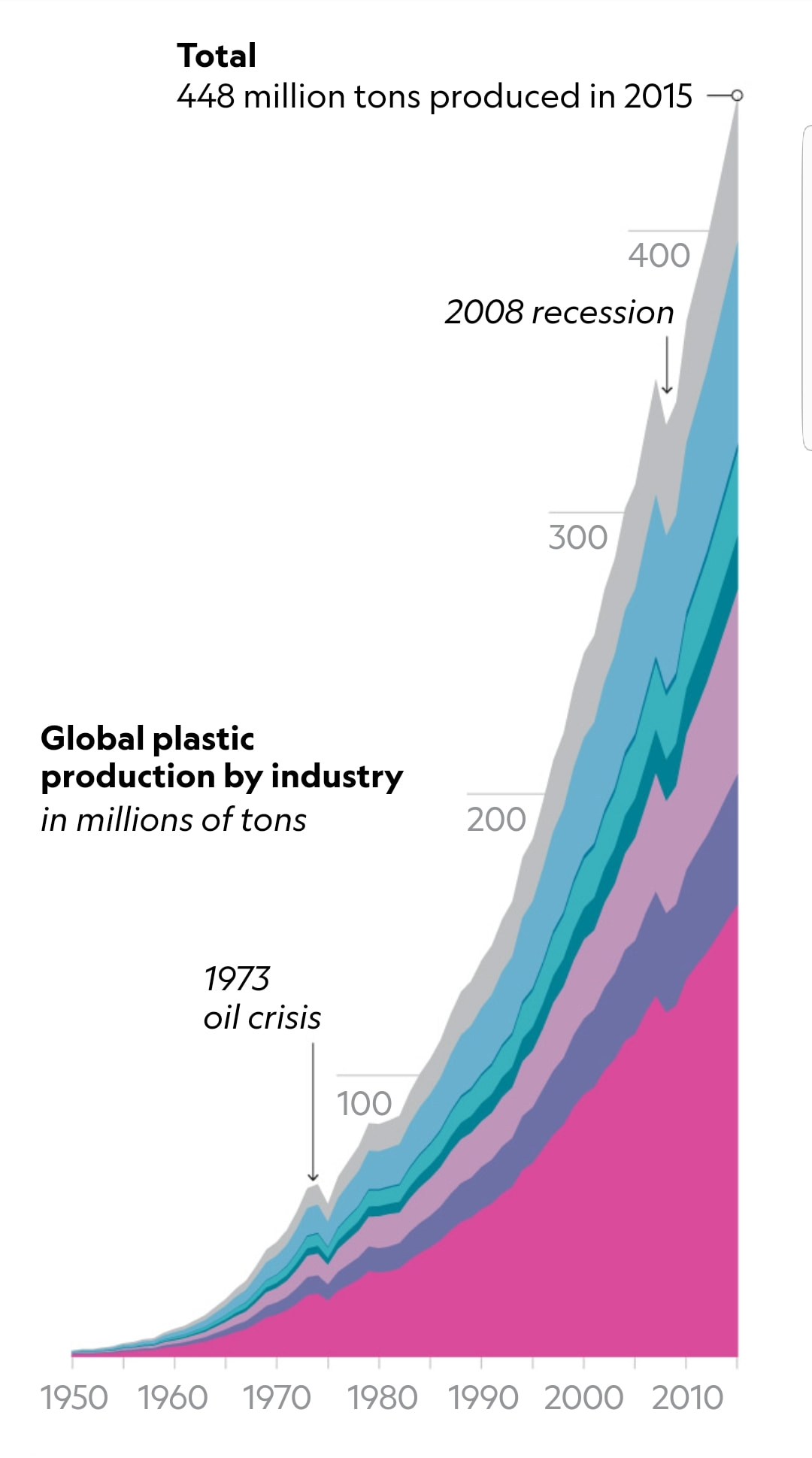
In Life magazine in 1955, an American family celebrates the dawn of “Throwaway Living,” thanks in part to disposable plastics. Single-use plastics have brought great convenience to people around the world, but they also make up a big part of the plastic waste that’s now choking our oceans.
Under a bridge on a branch of the Buriganga River in Bangladesh, a family removes labels from plastic bottles, sorting green from clear ones to sell to a scrap dealer. Waste pickers here average around $100 a month.
20.7.18
(25)STATE OF EMERGENCY: GARBAGE WAVE OF SANTO DOMINGO.
Late last year, images of trash-covered beaches in Bali shocked the world and prompted the government to declare a 'garbage emergency'. Now, video taken by Parley in the Dominican Republic shows an equally apocalyptic scene – wave after wave of plastic debris rolling in at Montesinos Beach in the capital, Santo Domingo. As the dense garbage carpet ripples in the surf, individual items ranging from plastic bottles to styrofoam takeout boxes can be seen poking out – symptoms of our global disposable plastic culture and one island's struggle to stem the tide.
Credit: Parley for the Ocean
Credit: Parley for the Ocean
20.7.18
(24)These Houses Are Built With Blocks Made From Waste Plastic.
Colombian company Conceptos Plásticos saw two pressing issues in the world and decided to tackle both with recycled building materials. One issue is the housing crisis, prevalent in Latin America where 80 percent of the population now resides in urban areas. The second is the overwhelming amount of plastic crowding landfills. To combat these issues, Conceptos Plásticos recycles plastic into LEGO-like building blocks that families can use to easily construct their own homes. Credit: attn:
20.7.18
(23)The Environmental Impact of Plastic Straws – Facts, Statistics, and Infographic.
A small, plastic straw – It’s something that comes with most beverages that we order, from soft drinks to even a glass of water. Though at first this small straw may not seem like a lot, when its usage is added up, plastic straws create a big problem for the environment. Credit: Seeker+SCI
14.7.18
(22)Smartphones are killing the planet faster than anyone expected.
Smartphones are particularly insidious for a few reasons. With a two-year average life cycle, they’re more or less disposable. The problem is that building a new smartphone–and specifically, mining the rare materials inside them–represents 85% to 95% of the device’s total CO2 emissions for two years. That means buying one new phone takes as much energy as recharging and operating a smartphone for an entire decade. Indeed, tech’s carbon footprint is beyond what any one designer, one company, or even one government regulator can contain. As consumers, we have more reason than ever to hesitate when it comes to our next shiny tech splurge. The bottom line is that we need to buy less, and engage less, for the health of this entire planet. Credit: Fast Co.Design
14.7.18
(21)How Many Times Can Plastic Be Recycled ?
Most plastics can only be recycled once, at which point they are normally converted into clothing or some other commodity which can’t be recycled again. This means that once the second item reaches the end of its lifespan, so too does the original plastic – and it ends up in a landfill. Due to its long-lasting properties, it doesn’t break down in the atmosphere and remains there for many, many years. While much of this plastic is sent to landfill, a significant percentage of it finds its way into our oceans and seas; in fact, some estimates state that we dump around 12 million tons of the stuff into our waterways every year. This poses a significant problem for marine life, which already has to cope with a myriad number of manmade threats, such as blue green algae, overfishing of waters, coral bleaching and other effects of climate change. Credit: THE SWIM
30.6.18
(20)India home to world's 14 most polluted cities, slowly killing its residents.
WHO said, based on the amount of particulate matter under 2.5 micrograms found in every cubic metre of air. Environment ministry officials said the WHO's findings were embarrassing but not surprising. Frequent unhealthy levels of pollution from sources ranging from vehicles to the burning of coal and wood for cooking, dust storms, or forest fires affect most of the country. India’s hills and mountains also act as basins that trap toxic air over vast swaths of the country, sometimes making the air too dangerous to breathe.
Credit: AFPForum
Credit: AFPForum
30.6.18
(19)Everest Is Covered in a Giant Trash Pile, And Humanity Doesn't Deserve This Planet.
Our shit is literally everywhere.
The world's highest mountain has, in the last few decades, turned into the world's highest-altitude rubbish dump, thanks to wealthy tourists who mindlessly leave a trail of disgusting refuse in their wake. When tourists pack up their relatively easily accessible camps, they leave behind tents, broken climbing equipment, empty gas canisters, and a whole lot of excrement. Both Tibet and Nepal have implemented systems to try to encourage climbers to bring down their waste. Tibet fines climbers US$100 per kilogram they leave behind, and Nepal charges a $4,000 deposit per team that's refunded if each member brings down at least 8 kilograms (18 pounds) of rubbish. On the Nepal side, that resulted in climbers returning 25 tonnes of trash and 15 tonnes of excrement, but that's just a small portion of the litter on the slopes - the problem is that many tourists, who are already spending up to $100,000 for the trek, simply don't care about the deposit. Credit: AFPForum
The world's highest mountain has, in the last few decades, turned into the world's highest-altitude rubbish dump, thanks to wealthy tourists who mindlessly leave a trail of disgusting refuse in their wake. When tourists pack up their relatively easily accessible camps, they leave behind tents, broken climbing equipment, empty gas canisters, and a whole lot of excrement. Both Tibet and Nepal have implemented systems to try to encourage climbers to bring down their waste. Tibet fines climbers US$100 per kilogram they leave behind, and Nepal charges a $4,000 deposit per team that's refunded if each member brings down at least 8 kilograms (18 pounds) of rubbish. On the Nepal side, that resulted in climbers returning 25 tonnes of trash and 15 tonnes of excrement, but that's just a small portion of the litter on the slopes - the problem is that many tourists, who are already spending up to $100,000 for the trek, simply don't care about the deposit. Credit: AFPForum
15.6.18
(18)Bottled water has surprisingly high levels of microplastics, according to a new study. That might endanger human health.
Microplastics are pieces of plastic that have broken down a size smaller than a fingernail. About 275,000 metric tons of the stuff enter our waterways each year, according to some estimates. Credit: Orb Media
15.6.18
(17)Thailand is the world's biggest e-waste dumping ground.
China used to be one of the world’s premier dumping grounds for electronic waste, but that ended last year when the government banned such imports—yes, there are valuable materials that can be recovered from old computers and phones, but there’s a lot of poisonous stuff in there too, and people involved in the recycling industry were suffering chronic health problems. So now it’s Thailand’s turn. As detailed in a new Reuters report, the authorities there are now battling illegal imports of discarded electronics, by companies that have no license to bring them in. Electronic waste processing can harm people’s health by bringing them into direct contact with materials such as lead and cadmium, and by exposing them to toxic fumes. Credit: Seeker+Sci
15.6.18
(16)By 2050, the oceans could have more plastic than fish
Already, the ocean is filled with about 165 million tons of plastic. That’s 25 times heavier than the Great Pyramid of Giza. By 2050, plastic in the oceans will outweigh fish, predicts a report from the Ellen MacArthur Foundation, in partnership with the World Economic Forum. Credit: Science Nature Page
15.6.18
(15)Less Than 1% Of Sweden's Trash Ends Up In Landfills.
Sweden is exceptionally good at recycling and putting garbage to use. More than 50% of the country's energy is generated from renewable and only 1% of Swedish household waste ends up in landfills. 20% of the energy for Sweden's district heating systems are generated by garbage incinerators. Credit: Seeker+Sci
15.6.18
(14)Things You Never Knew You Could Recycle
Credit: attn:
15.6.18
(13)Recycling Styrofoam : The Project Of The Young Inventor
"Recycling Styrofoam is too expensive and potentially contaminated, but what if we could keep using Styrofoam and keep benefiting from its cheap, lightweight, insulating and excellent packing ability, without damaging the environment? “I and my team have thought of using the carbon that's already in polystyrene to create activated carbon, which is used in almost every water filters because thanks to the small micro-pores the coal is able to filter out contaminants from water or even air - he explains - So we started doing a variety of tests getting poor results since my dad's grill catches on fire. At one point we thought of giving up but then, with the right temperatures, times and chemicals, we did it: we have created activated carbon from Styrofoam waste for purifying water and we were also able to reduce Styrofoam waste, solving two global problems with just one solution”. The project received funding from different associations and the guys are planning to file a full patent. Credit: attn:
15.6.18
(12)The 10 Most Polluted Rivers in the World.
The solution to pollution is dilution. This has been the mantra of people who would like to think water pollution can be avoided simply by adding enough water to the muck. The trouble is, there are too many people and too many factories in the world and not enough fresh water. In fact, one of the world’s biggest problems is a lack of clean drinking water.
Then again, these rivers could simply be cleaned up. Credit: Seeker+Sci
Then again, these rivers could simply be cleaned up. Credit: Seeker+Sci
15.6.18
(11)Pollution turns India's white marble Taj Mahal yellow and green
One of the seven Wonders of the World, the Taj Mahal flanks a garbage-strewn river and is often enveloped by dust and smog from belching smokestacks and vehicles in the northern city of Agra. Tiny insects from the drying Yamuna River into which the city pours its sewage crawl into the Taj Mahal, their excrement further staining the marble, an environmental lawyer told India’s Supreme Court. The court slammed the government for not doing enough to preserve the monument, which was built by Mughal emperor Shah Jahan as a mausoleum for his wife Mumtaz Mahal. Credit: Reuters
15.6.18
(10)Whale Died Of Starvation After Eating 80 Plastic Bags Off Thailand's Coast.
A pilot whale died in southern Thailand after eating 80 plastic bags weighing 17 pounds. The whale died after marine conservationists spent five days struggling to save the whale. The pilot whale was discovered last Monday in a canal near Songkhla, a city in southern Thailand. Soon after, the Marine and Coastal Resources Department (MCRD) began efforts to save the whale and remove the plastic it ingested. The whale died Friday, unable to digest or throw up the plastic bags. During an autopsy after the whale's death, the MCRD found 80 plastic bags lodged in its stomach. During rescue attempts, the agency was only able to get the whale to spit out 5 of the plastic bags. Credit: The Guardian
15.6.18
(9)"Beat Plastic Pollution" campaign, If you can’t reuse it, refuse it.
“Beat Plastic Pollution”, the theme for World Environment Day 2018, is a call to action for all of us to come together to combat one of the great environmental challenges of our time. Chosen by this year’s host, India, the theme of World Environment Day 2018 invites us all to consider how we can make changes in our everyday lives to reduce the heavy burden of plastic pollution on our natural places, our wildlife – and our own health. While plastic has many valuable uses, we have become over reliant on single-use or disposable plastic – with severe environmental consequences. Around the world, 1 million plastic drinking bottles are purchased every minute. Every year we use up to 5 trillion disposable plastic bags. In total, 50 per cent of the plastic we use is single use. Credit: United Nations
19.5.18
(8)People are " fishing" for plastic.
Founded by Marius Smit in 2011, Plastic Whale runs plastic fishing tours in Amsterdam and Rotterdam. The Amsterdam water company, Waternet, has estimated that around 3,500kg of rubbish is removed from Amsterdam’s waterways each day. “About 80% of what is floating out at sea comes from cities around the world,” says Smit. “My conviction was that there were millions of people like me who wanted to contribute [to change that] in a positive way.”
Credit: attn:
Credit: attn:
8.5.18
(7)Swapping your beef for Beans could reduce global warming.
Growing beans produces about one-fortieth the amount of greenhouse gases that raising beef cattle does. If all beef production in the United States suddenly became bean production, the country would immediately cut greenhouse gas emissions by roughly 50 to 75 percent, according to a recent study. The change would also free up about 42% of U.S. cropland. That's over 400 million square acres.
From an energy standpoint, producing beef is very inefficient. And, of course, the added greenhouse gases beef production releases mean greater global warming. Credit: ThoughtCo
From an energy standpoint, producing beef is very inefficient. And, of course, the added greenhouse gases beef production releases mean greater global warming. Credit: ThoughtCo
4.5.18
(6)The world's First Floating Nuclear Power Plant.
To meet its growing electricity needs in its drive to develop oil resources in remote Arctic regions, Russia has built a floating nuclear power station, a project that detractors deride as a “Chernobyl on ice”. The 144-by-30-metre (472-by-98-foot) barge holds two reactors with two 35 megawatt nuclear reactors that are similar to those used to power icebreaker ships. Activists at the environmental group Greenpeace are not convinced and call for international monitoring. They fear that the Akademik Lomonosov could become a “nuclear Titanic” or a “Chernobyl on ice” 32 years after the Soviet nuclear disaster. Greenpeace Russia’s Rashid Alimov said that accidents are possible at all nuclear power plants, but that the barge “will be especially sensitive to storms, environmental phenomena and threats such as terrorism.” He said China is also building a floating nuclear power plant.
Credit: ROSATOM
Credit: ROSATOM
24.4.18
(5)This floating tube is scheduled to be deployed in the summer of 2018.
The passive cleanup system uses the natural ocean currents to collect and concentrate plastic. By placing long, floating cleanup system in the Great Pacific Garbage Patch between Hawaii and California, it can clean up the accumulated plastic and prevent it from breaking down into even more harmful microplastic over time. The design needs to withstand harsh weather conditions and constant wear and tear. Since the technology is the first of its kind, it is believed that the best way to move forward is to test often and fast and make iterative improvements based on these tests. Credit: The Ocean Clean Up
21.4.18
(4)The great pacific garbage patch is now Twice the size of Texas.
The Great Pacific Garbage Patch (GPGP) floating off the coast of California now measures 1.6 million square kilometers (about 1 million square miles), according to a startling new study. To put that into perspective, the clump of trash is about the size of three Frances, or twice the size of Texas. Not only that, the analysis, published Thursday in the journal Scientific Reports, also revealed that the massive Pacific trash vortex contains up to 16 times more plastic than previous estimates--and could rapidly get worse. The researchers estimated there are about 1.8 trillion pieces of plastic weighing 80,000 metric tons, the equivalent of 500 Jumbo Jets, are currently afloat in the area. That's largest accumulation zone for ocean plastics on Earth. Credit: Seeker+Sci
Plastic Pollution: A History
1862: Alexander Parkes demonstrates the first man-made plastic at the Great International Exhibition in London. Parkesine, as he dubbed it, was made from cellulose.
1907: Leo Baekeland develops Bakelite, the first synthetic, fossil-fuel based plastic made from phenol (a coal waste-product) and formaldehyde.
1946: The first National Plastics Exhibition opens in New York City to showcase all the new consumer uses for the plastics developed to aid in World War II. During the war, plastic production had increased nearly four-fold.
Early 1970s: Reports published in Science about the prevalence of plastic pellets in the North Atlantic lead to more research into the prevalence of plastic on the seafloor and its impact on marine animals.
1979: Plastic grocery bags are introduced to the world.
1980: Woodbury, New Jersey becomes the first U.S. city to adopt a curbside recycling program following litter awareness-campaigns in the 1960s and 1970s.
1990s: Widespread use of plastic microbeads in cosmetics begins.
1997: Charles Moore discovers the Great Pacific Garbage Patch, the world's largest collection of floating garbage, when sailing home to Los Angeles.
2002: Bangladesh becomes the first country to ban plastic bags after discovering they blocked drains during a severe flood.
2007: San Francisco becomes the first U.S. city to institute a plastic bag ban.
2008: A government study confirms that Bisphenol A, a chemical used to manufacture hard plastic bottles and the lining of baby-formula cans, may increase risks of early puberty, breast cancer, prostate issues and behavioral problems.
2014: The Netherlands becomes the first country to ban microbeads in cosmetics.
2017: The BBC's Blue Planet II increases global concern about ocean plastics with striking footage of how they impact ocean animals.
2018: The Earth Day Network focuses Earth Day on ending plastic pollution by 2020.
21.4.18
(3)The turtle has been pooping out plastic ingested from the ocean.
The turtle was rescued by the Australian Parks and Wildlife Service and then sent to Perth Zoo. The endangered Loggerhead Turtle was then treated by vets at the zoo when pieces of plastic were discovered in its faeces. The zoo shared a video of the turtle during treatment and urged people to reuse their plastic or dispose of it responsibly. Credit: PERTH ZOO
21.4.18
(2) 100 wax worms can biodegrade 92mg of polyethylene in just 12 hours.
The team discovered the wax worm, a caterpillar commercially bred for fishing bait, has the ability to biodegrade polyethylene — a type of plastic used to make shopping bags — at uniquely high speeds. The degradation rate was extremely fast compared to other discoveries, like plastic-eating bacteria, the study published in Current Biology found. When the team exposed about 100 wax worms to a plastic shopping bag, holes started to appear after 40 minutes, with a reduction of 92mg after 12 hours.
Credit: ScienceNaturePage
Credit: ScienceNaturePage
21.4.18
(1)These 5 companies are turning trash into treasure.
Credit: CNBC
Poverty deprives people of adequate education, health care and of life's most basic necessities- safe living conditions (including clean air and clean drinking water) and an adequate food supply. The developed (industrialized) countries today account for roughly 20 percent of the world's population but control about 80 percent of the world's wealth.
Poverty and pollution seem to operate in a vicious cycle that, so far, has been hard to break. Even in the developed nations, the gap between the rich and the poor is evident in their respective social and environmental conditions.
Poverty and pollution seem to operate in a vicious cycle that, so far, has been hard to break. Even in the developed nations, the gap between the rich and the poor is evident in their respective social and environmental conditions.
